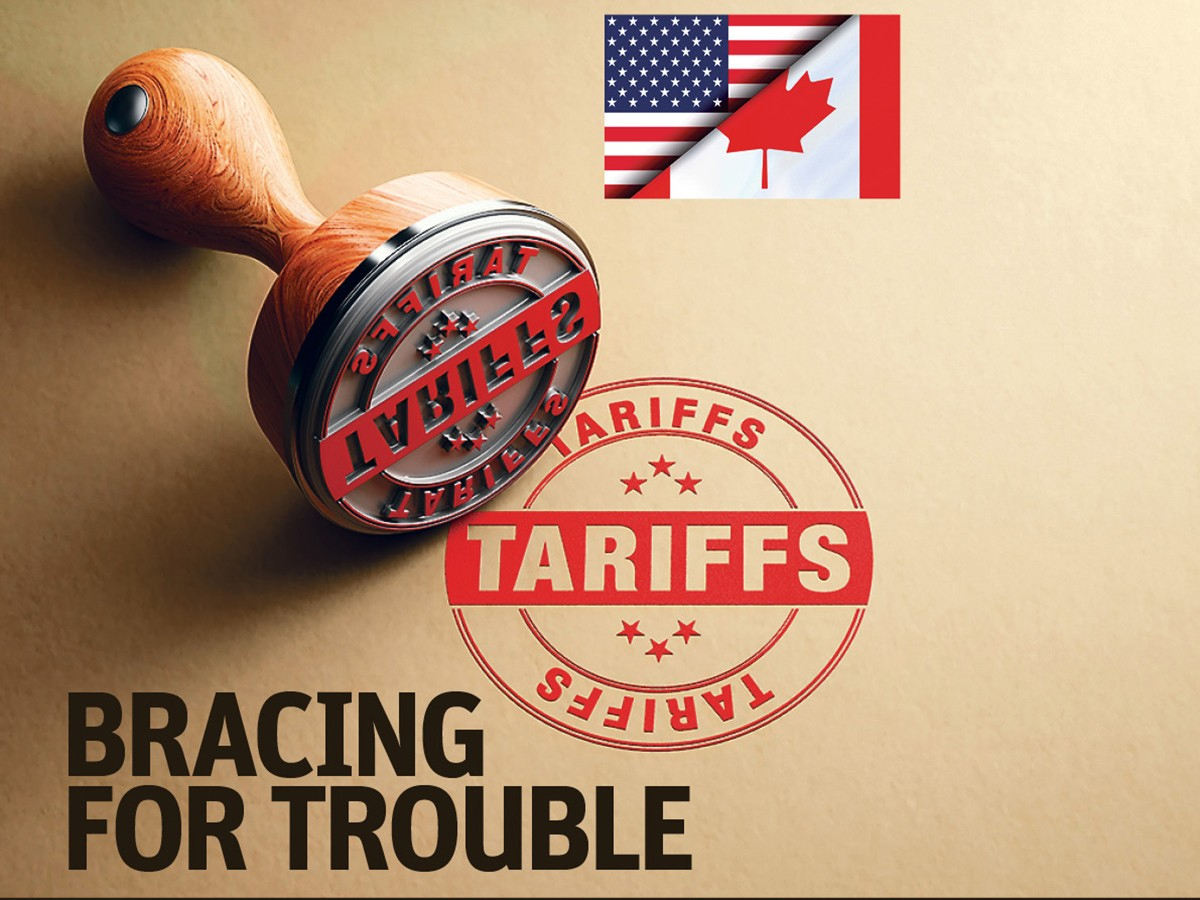As of March 4, 2025 U.S. president Donald Trump’s threat of imposing a 25 per cent tariff on Canadian goods has become a reality.
Canada has immediately applied retaliatory tariffs, but the true scope of the fallout from this action is yet to be determined.
Most experts agree that Canadian agriculture will suffer.
Read Also

Quebec pork company calls for transparency around gene-edited pigs
Quebec-based pork company duBreton is calling for transparency around meats from gene-edited pigs on concerns that a lack of mandatory labelling will confuse consumers, and dilute certification claims. The organic sector is also calling for labelling rules.
In 2023 Canada sent more than US $40 billion of agricultural goods to the U.S., chief among them commodities like beef, pork and canola oil. And Canada is the No. 2 market for U.S. agricultural exports with sales of US $28.4 billion in 2023, using data from the U.S. Department of Agriculture.
We’ve collected all our coverage of this important issue below.
This page will be updated as the story develops.
Posted April 30, 2025
A seeding season of uncertainty ahead in U.S. trade – As farmers begin to seed Alberta’s 1.5 million acres of irrigated land this growing season, it is full steam ahead regardless of the uncertainty of the trade wars ahead.

Posted April 10, 2025
Agco to pause equipment deliveries to the U.S. amid tariff uncertainty – Agco has publicly stated its intention to pause equipment deliveries into the U.S. It manufactures some Fendt and Massey-Ferguson branded equipment in Germany and France, among other locations, for the North American market.

Posted April 9, 2025
Trade war not going away, anytime soon – A veteran of political and policy battles in Washington, D.C. is convinced that the Trump vs. The World trade war will stick around — possibly for many months.
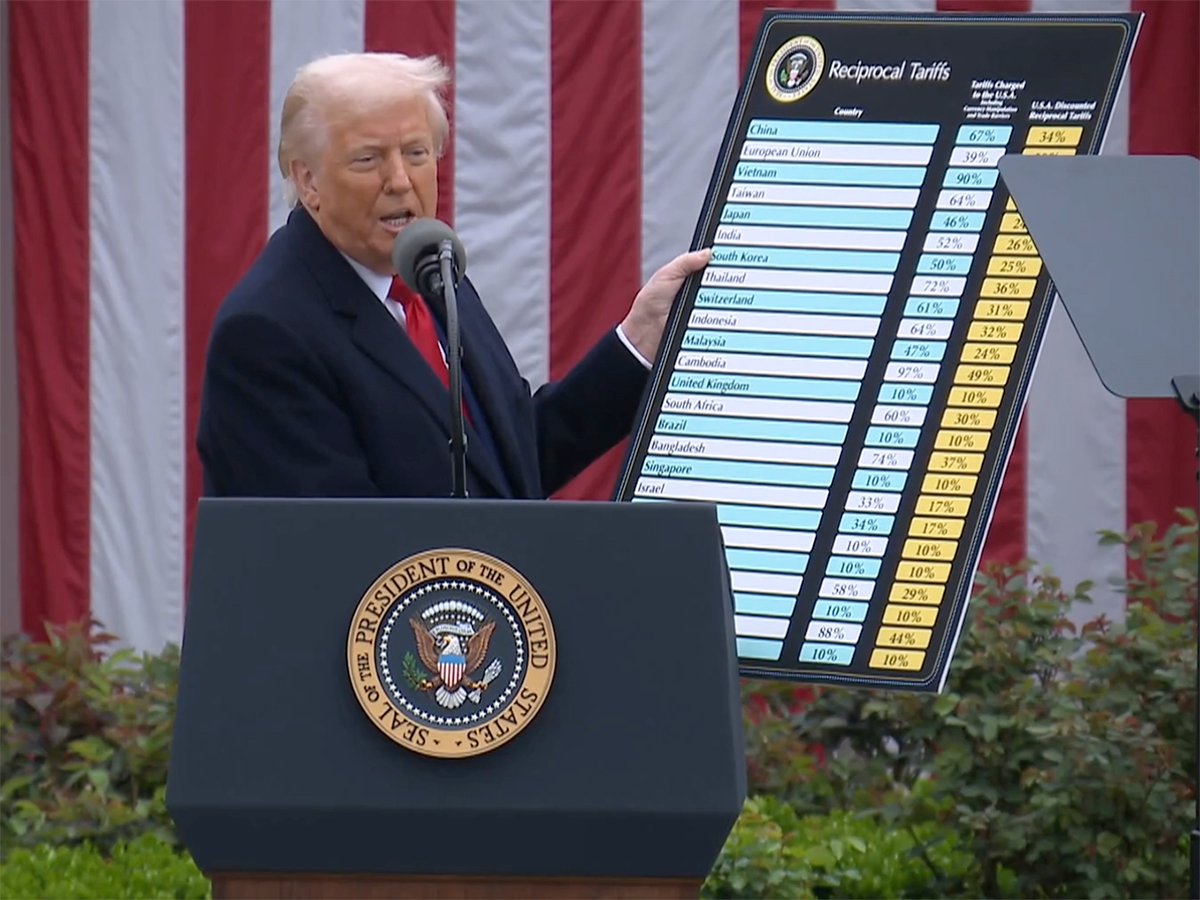
Trump changes course; Canada, Mexico now subject to 10 per cent tariffs – Canada and Mexico will be subject to the same 10 per cent tariff as many other countries, CBC reported Wednesday. The news came as U.S. President Donald Trump said on Wednesday he would temporarily lower new tariffs on many countries, even as he raised them further on imports from China, in a sudden reversal that sent U.S. stocks sharply higher.
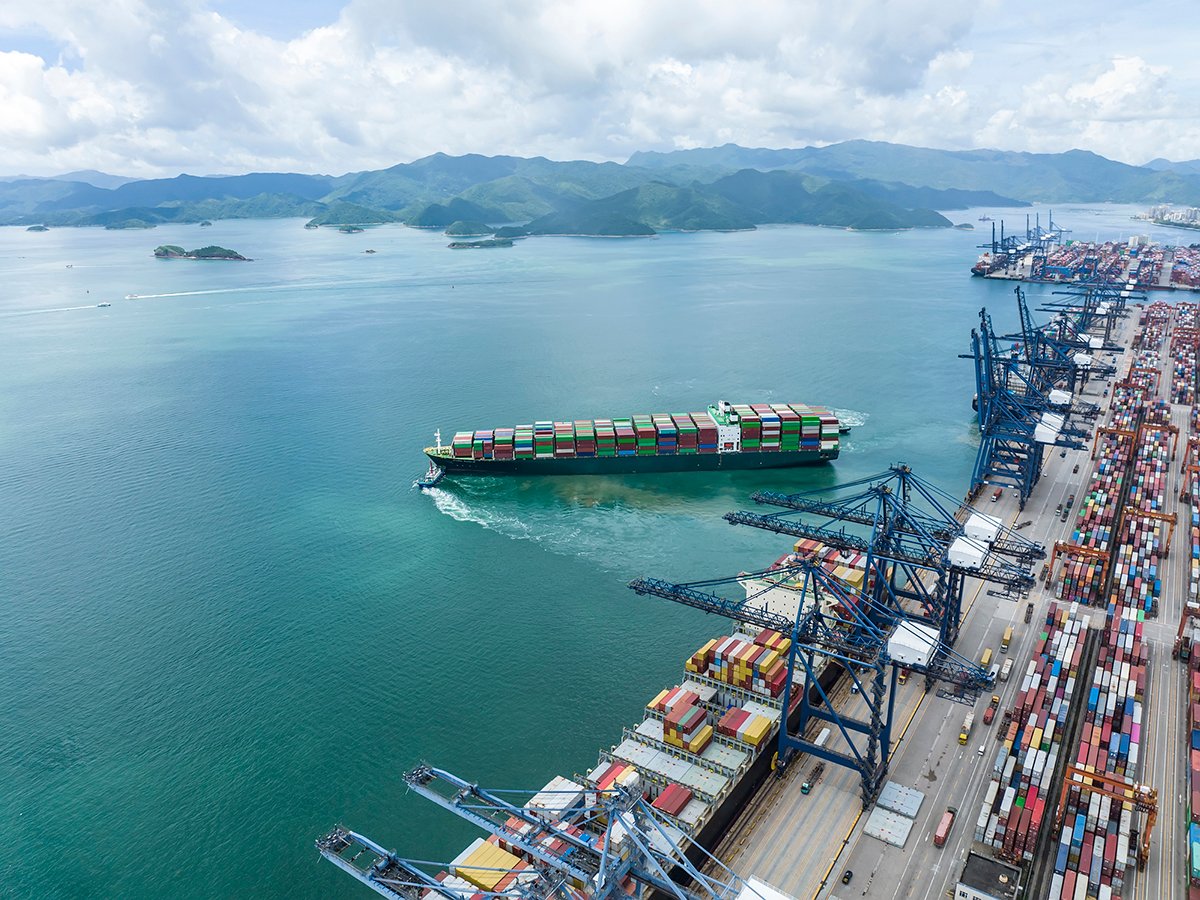
Posted April 8, 2025
U.S. tariffs might help exports – The Trump tariffs that Canada’s agriculture sector had been fearing for months could turn out to be a big competitive advantage, say industry officials. U.S. President Donald Trump’s bark turned out to be worse than his bite.

Posted April 7, 2025
Tariffs throw U.S., Canadian farm machinery manufacturers into turmoil – All around a recent farm show in Canada, equipment salespeople struggled to swing deals with farmers worried about tariffs. With some combines costing more than $800,000, a surprise price hike from a tariff would be a hit most farm budgets cannot easily take.

Posted April 3, 2025
What do new widespread tariffs mean for Canadian agriculture and food? – Retaliation against new U.S. tariffs from key agricultural producing regions like China and the EU will be worth monitoring in coming weeks. That’s according to Farm Credit Canada chief economist JP Gervais in a LinkedIn post Thursday morning.
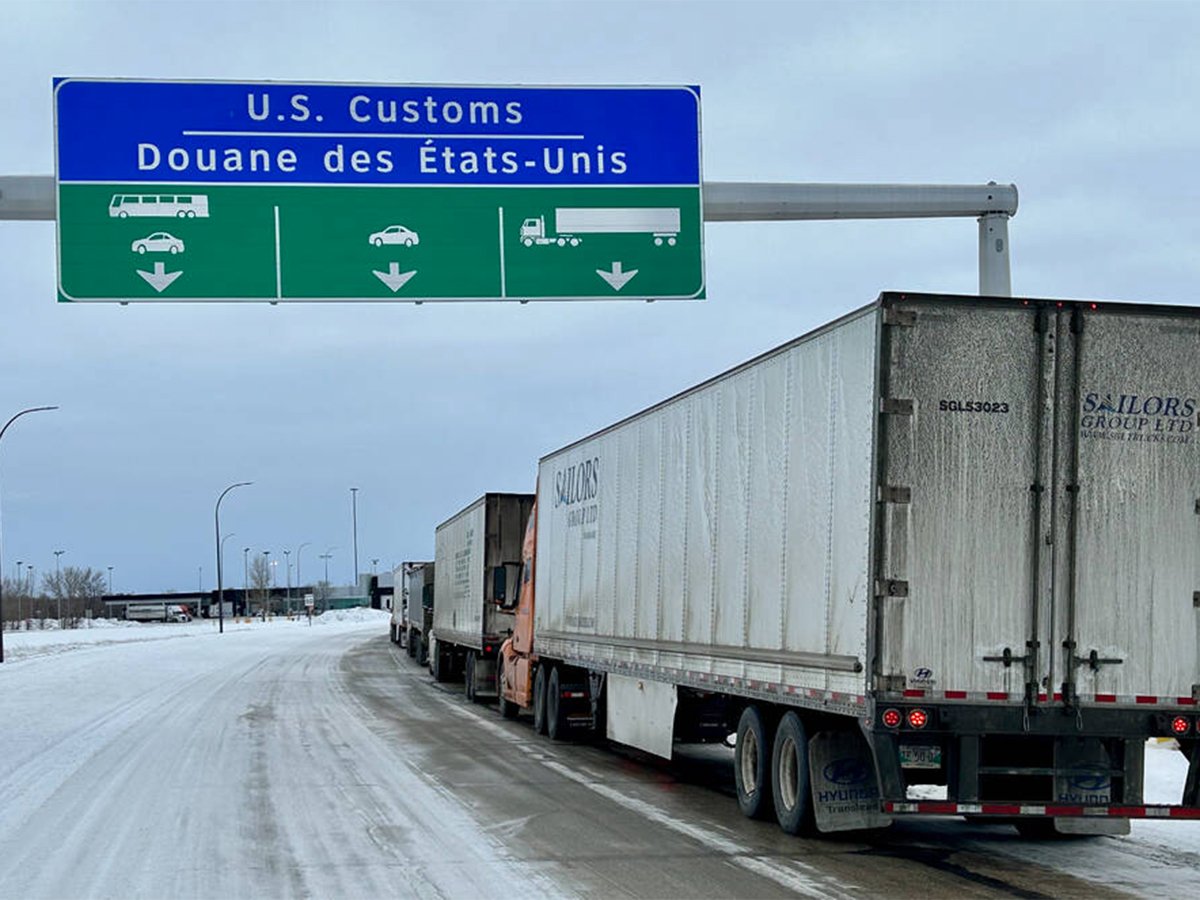
Posted April 2, 2025
CUSMA-compliant goods maintain tariff exemption as Trump announces new duties – President Donald Trump said on Wednesday that he would impose a 10 per cent baseline tariff on all imports to the United States and higher duties on dozens of the country’s biggest trading partners.
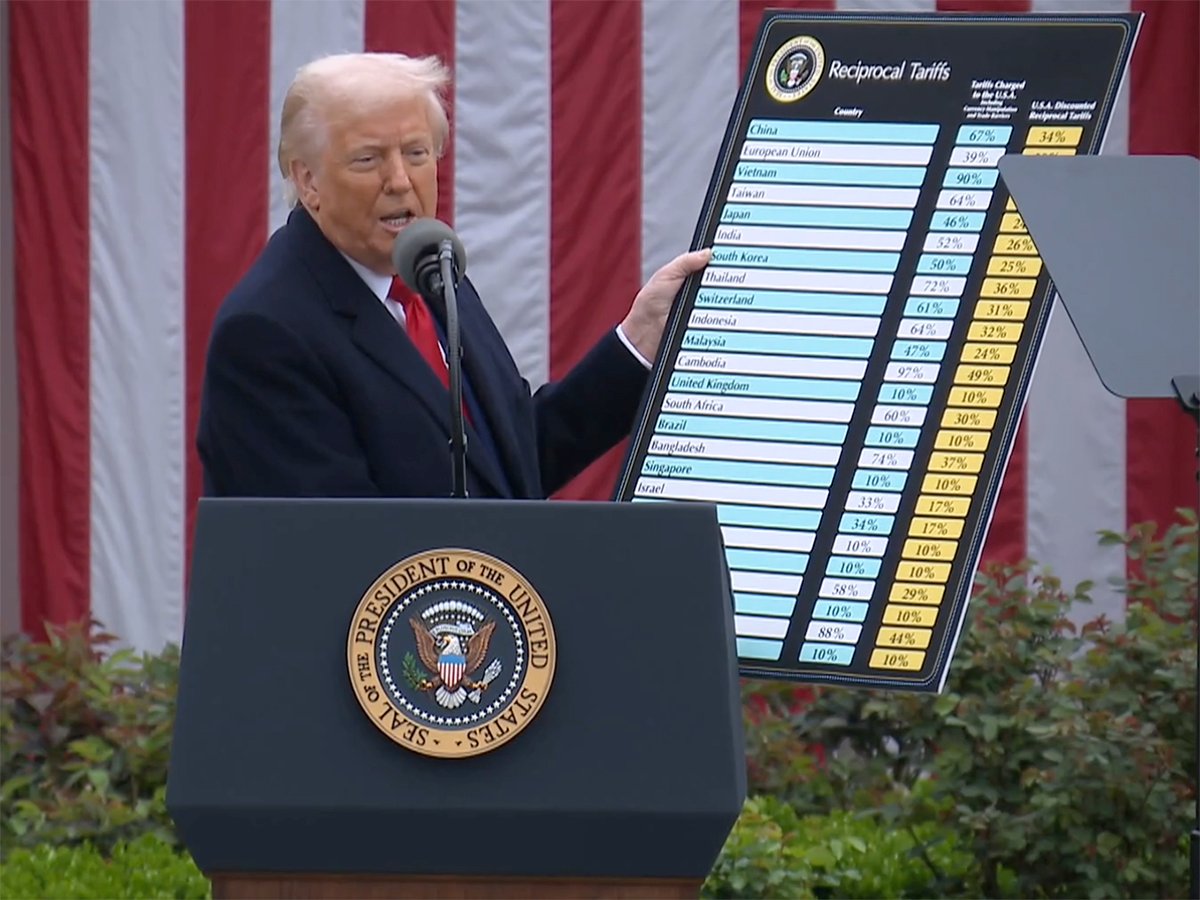
Posted April 1, 2025
Canadian farm groups speak out on tariffs – If there was a common thread among producer groups Glacier FarmMedia canvassed regarding Canadian counter-tariffs, it’s that few were willing to talk about counter-tariffs. They instead shared their frustrations over U.S. President Donald Trump’s potentially comprehensive tariffs on Canadian goods and services.

Posted March 28, 2025
U.S. auto sector tariffs likened to scoring on their own net – The belief this tariff would seriously harm the auto industry in all three countries was reiterated by University of Toronto professor Dimitry Anastakis, who spoke on an Energy Media podcast on Thursday. “This is going to go down as one of the greatest own goals in economic and policy history. This is crazy.”

Posted March 27, 2025
Manitoba invests up to $1.5 million to create tariff response program – The Province of Manitoba is investing up to $1.5 million in grant funding to the Canadian Manufacturers & Exporters (CME) to create a made-in-Manitoba tariff response program, Premier Wab Kinew and Jamie Moses, minister of business, mining, trade and job creation announced on March 27.
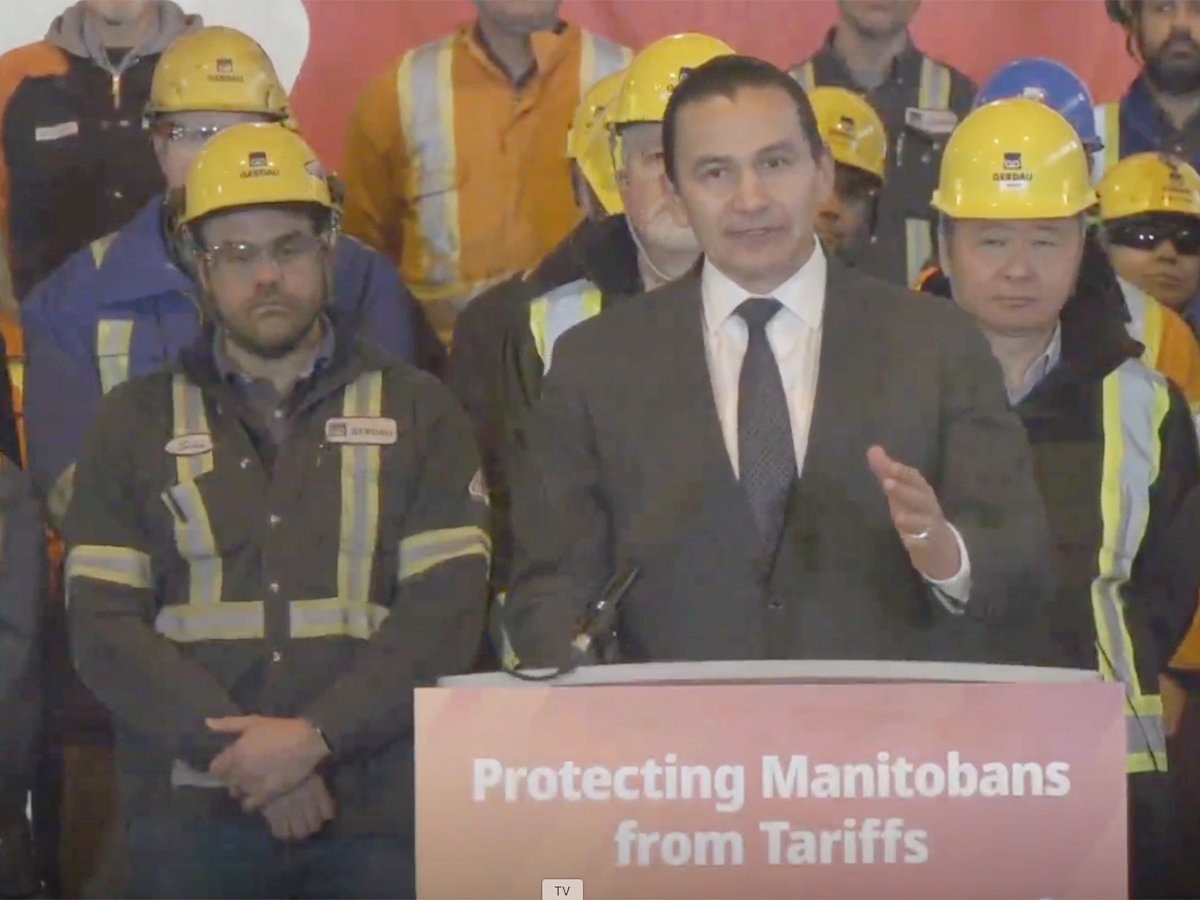
U.S. announces 25 per cent additional tariffs on autos – It was entirely predictable. On Wednesday the fiasco surrounding the disclosure of details on the planned Houthi attack to the editor of The Atlantic continued to dominate the U.S. news cycle. To counter uncomfortable news like that, the trend we’ve seen from the U.S. administration is to make some other announcement that draws attention away from the current scandal in hope of downplaying it.

Posted March 25, 2025
Trump a significant distraction for the business of agriculture – It’s getting exhausting spending so much time and energy on a man whose whims could plunge all of Canadian agriculture into chaos.

Trump auto tariffs are coming, but not all levies will be imposed April 2, sending stocks higher – U.S. President Donald Trump said on Monday automobile tariffs are coming soon even as he indicated that not all of his threatened levies would be imposed on April 2 and some countries may get breaks, a move Wall Street took as a sign of flexibility on a matter that has roiled markets for weeks.
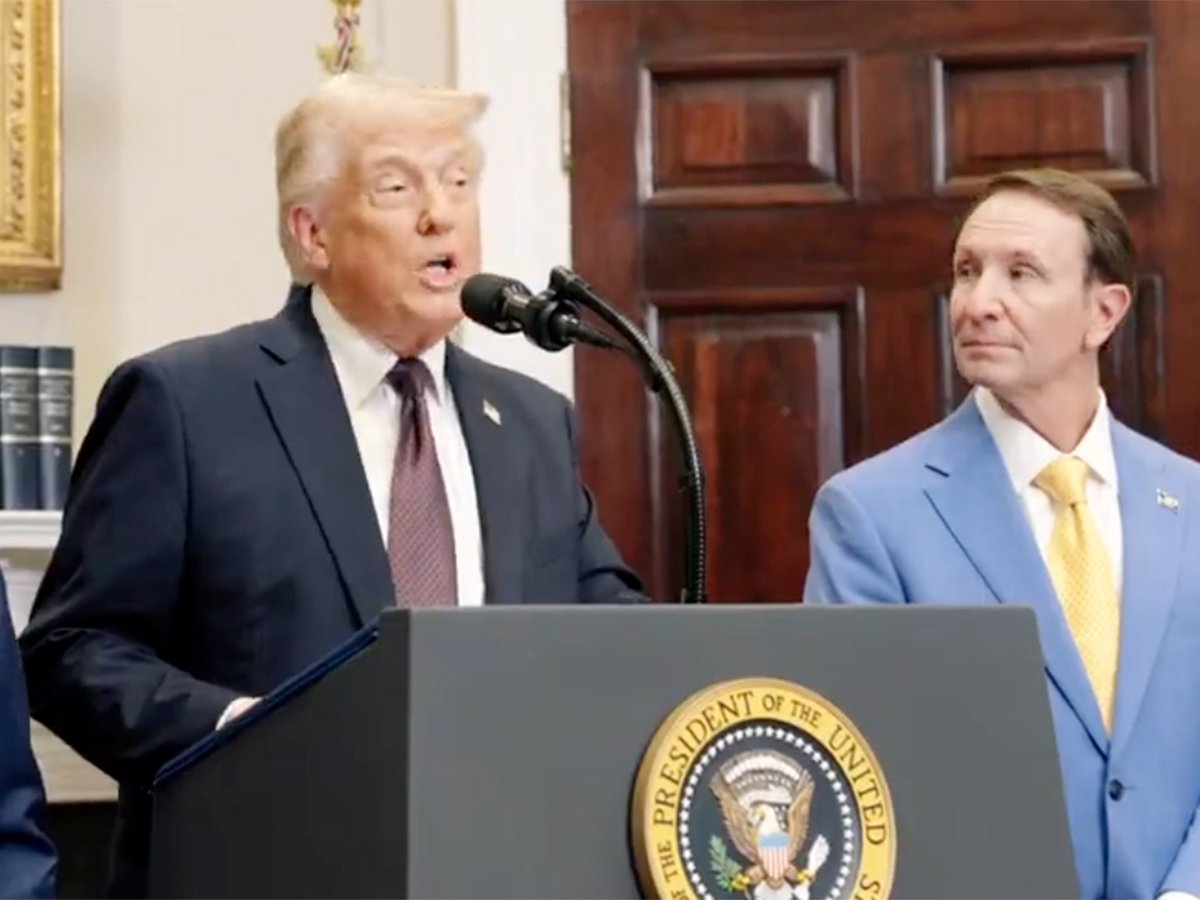
Posted March 21, 2025
Tariffs called part of long game with trade negotiations – As the clock continues to tick to midnight April 2 on U.S. president Donald Trump’s month-long exemption on blanket tariffs to Canada that has left many ag industries at a standstill, one U.S. insider gave his thoughts at the 2025 Alberta Beef Industry Conference in Calgary on what he believes is the end game for the trade war.

Posted March 19, 2025
Good communication key in trade war – The tariff threat may have eased for now, but cattle producers on both sides of the border should continue to prepare for what may yet come. Lance Zimmerman, senior animal protein analyst at RaboResearch, said the situation is fluid.
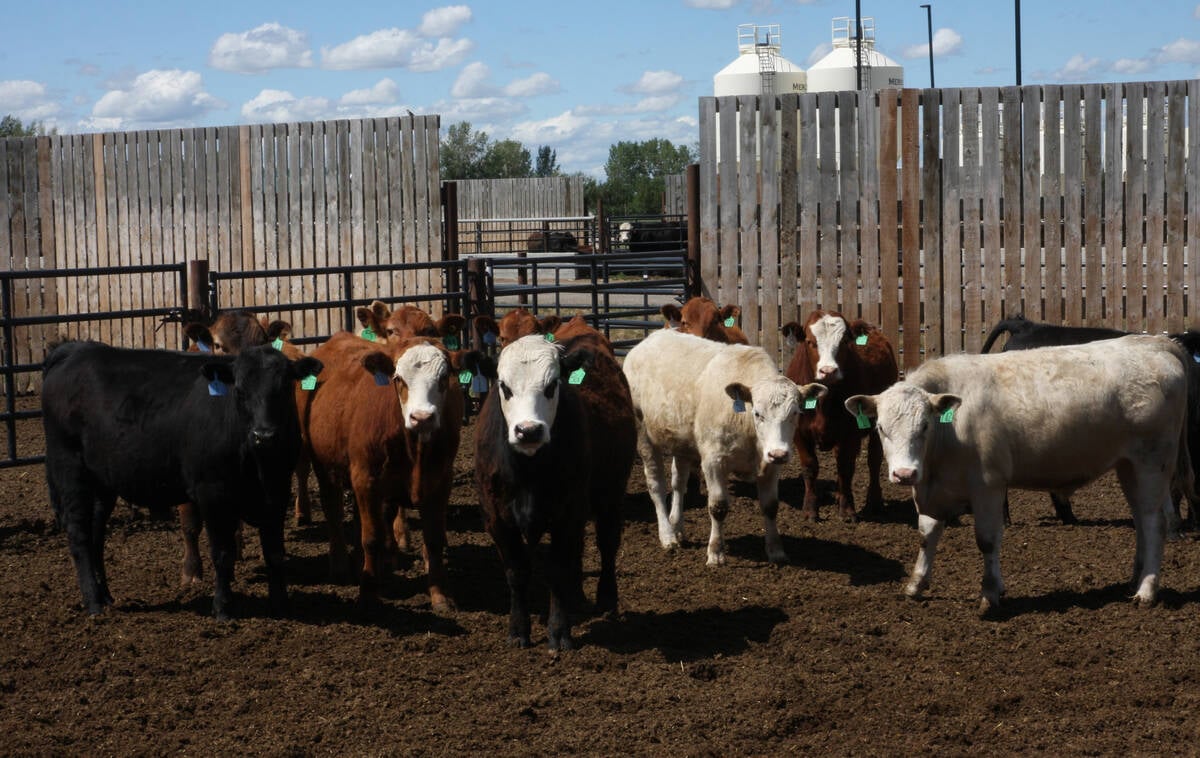
Posted March 18, 2025
U.S. agricultural exporters worry about tariffs – Exporters of agricultural products in the United States are anxious about repercussions from simmering trade wars ignited by their president.
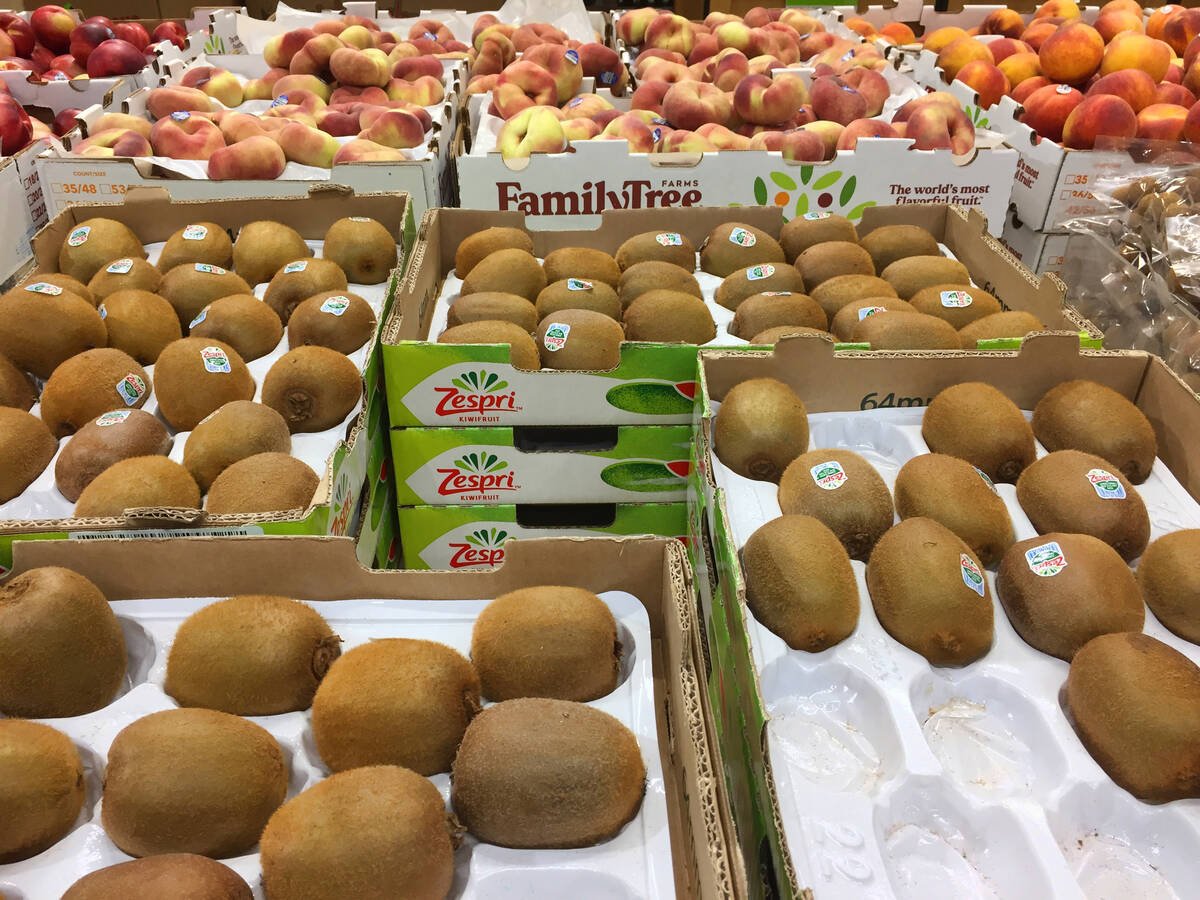
Tariffs continue to pressure canola prices – The Canadian canola market was hit with a double whammy of sorts March 7.
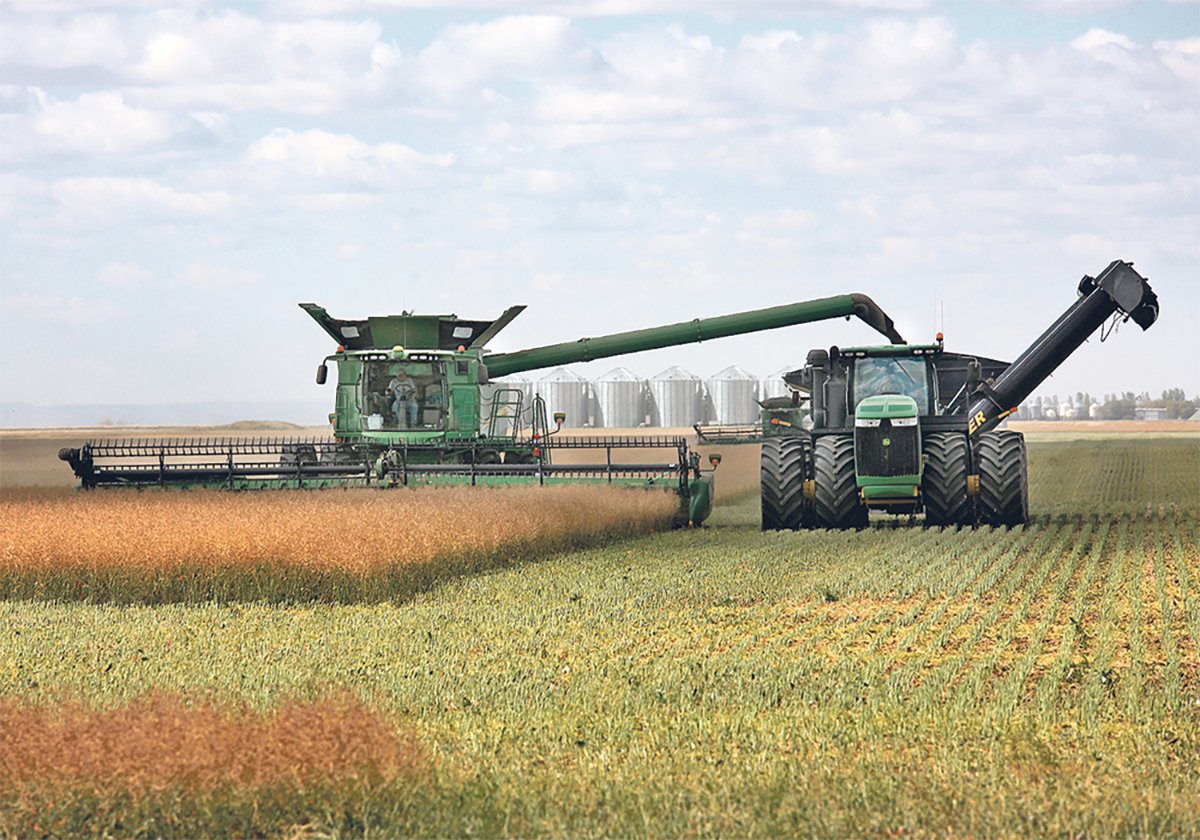
Unfair trade war burden must be shared equally – Canada’s ability to make sovereign decisions is under attack because of U.S. posturing and declining adherence to World Trade Agreement and bilateral trade agreements.
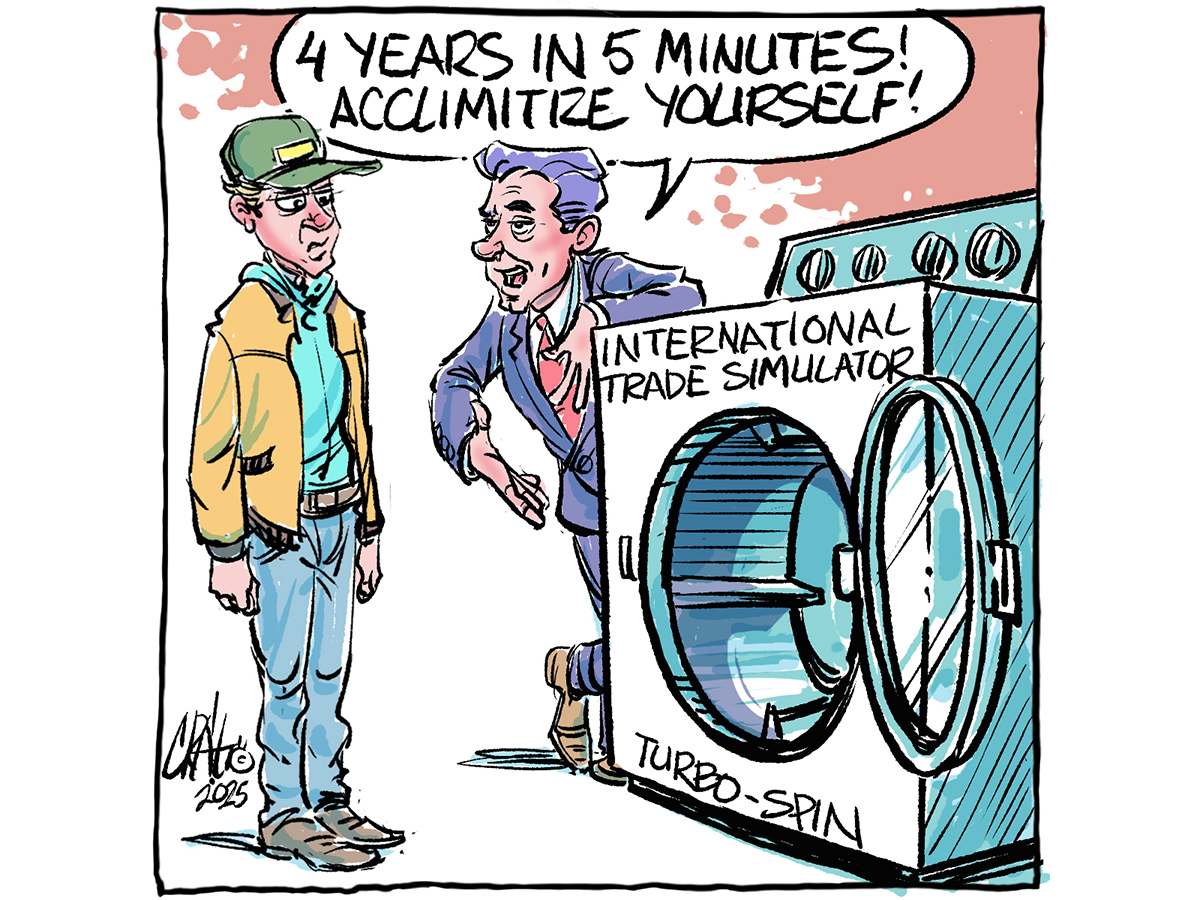
With beer drinking down in U.S., barley farmers now fear tariffs – Overdue loans and mounting interest payments often weigh on Montana barley grower Mitch Konen as he bales hay and loads trailers at his remote farm overlooking the snow-capped Rocky Mountains.
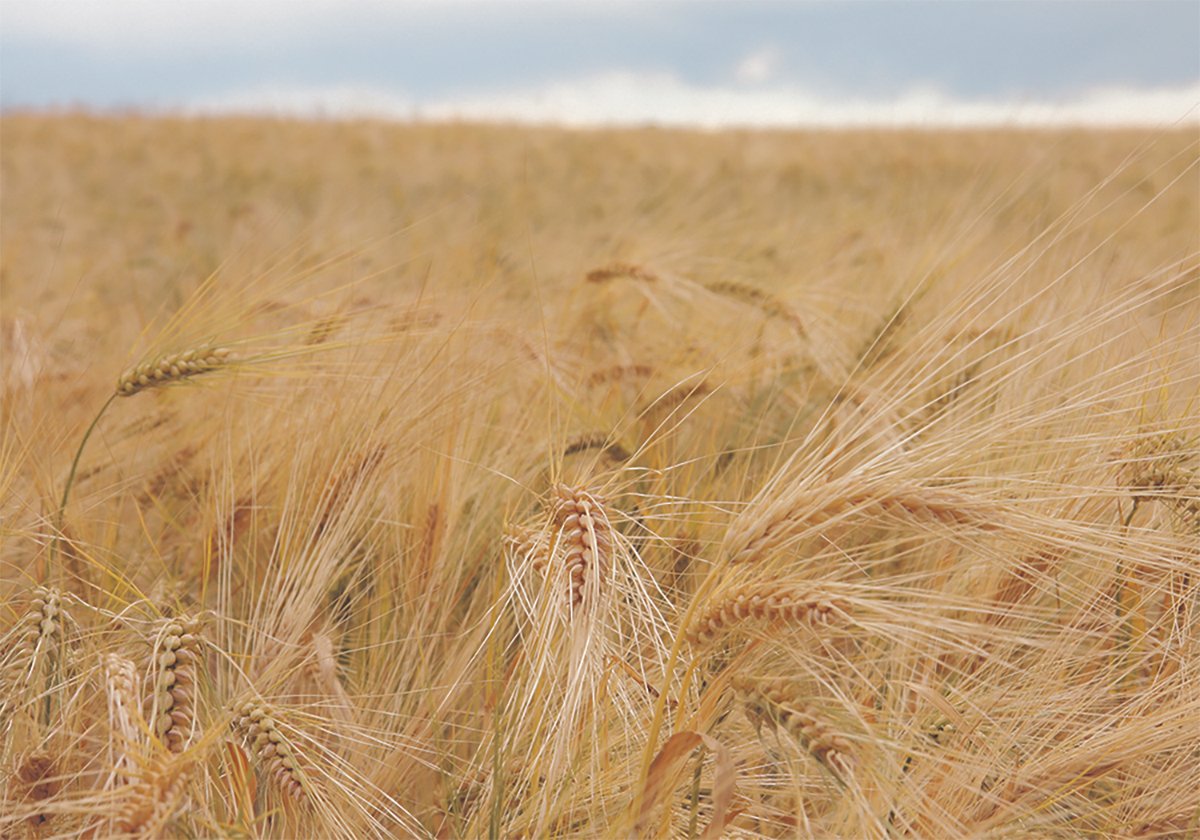
Posted March 17, 2025
Carney bypasses U.S. in first trip as Prime Minister – As the trade war rages and the U.S. administration continues to threaten Canadian sovereignty, it’s no surprise Carney is bypassing Washington and heading to Europe. It’s in an effort to, as he said in a speech last week, “create new trade corridors with reliable trade partners.” He emphasized the world “reliable.”

Posted March 13, 2025
Farm leader hopes for stronger trade once dust settles – Trade wars are erupting on multiple fronts for Canada, but there is hope that the future will bring steadier times for the agriculture industry when it comes to separating fact from fiction on the international stage.

Lutnick suggests U.S. to eventually make new bilateral trade deals – As NATO secretary general Mark Rutte sat quietly beside U.S. president Donald Trump in an Oval Office press conference March 13, the president declared that Canada, a key NATO nation, should willingly submit to American dominance.
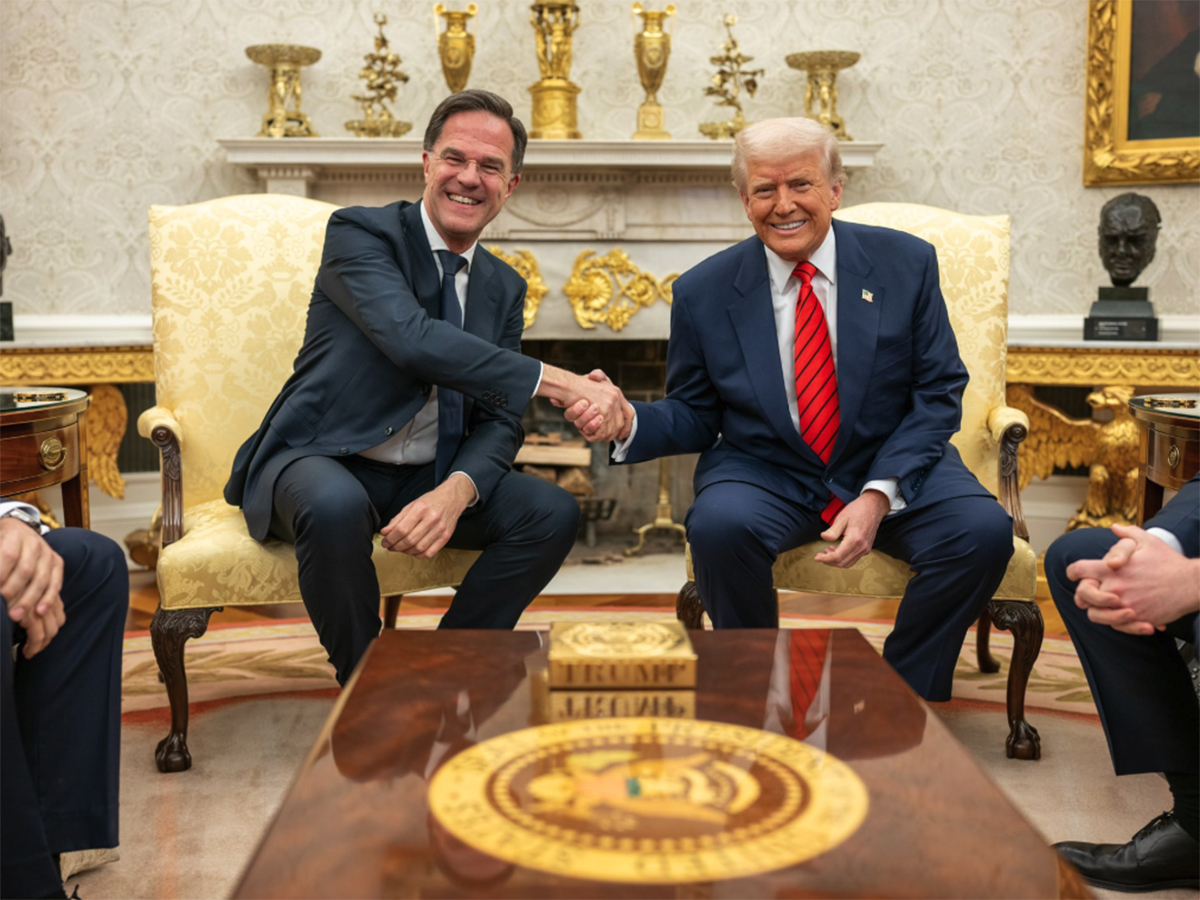
Growers should flax interest amid canola turmoil – Statistics Canada has projected that flax acres will decline in 2025. That could happen, but with the trade and tariff uncertainty surrounding canola this winter, more growers are contacting Tyson Fehr and asking questions about the crop.

Tariffs mute Manitoba welcome for new potato processor – With a driving distance 234 kilometres south of Manitoba’s southern border, the recently announced Agristo potato processing plant in Grand Forks, North Dakota, should be exciting news for the province’s potato producers. However, that’s assuming a normal trade landscape.
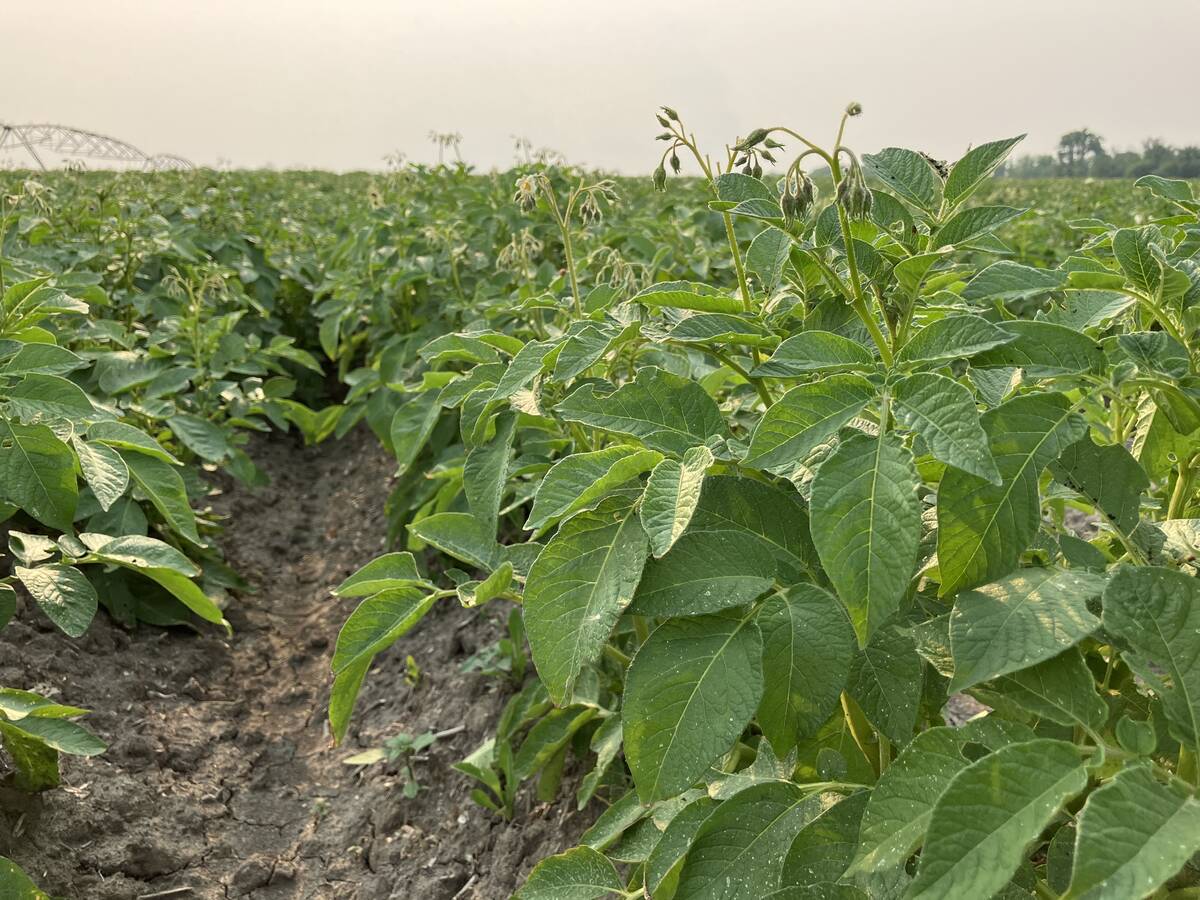
Feeder market falls after U.S. tariffs announced – Once the U.S. implemented the blanket 25 per cent tariff on all Canadian products (excluding energy, which was 10 per cent) on March 4, feeder cattle markets dropped by $10 to $15 per hundredweight on average.

Posted March 12, 2025
Wheat exporters watch tariff threat – There are a number of developments in some of Canada’s top markets for wheat, according to a webinar hosted by Cereals Canada.

Counter tariffs threaten fertilizer prices – Canada’s proposed retaliatory tariffs could end up hurting the country’s grain farmers.

Associations respond to retaliatory proposals – After imposing an initial $30 billion worth of counter tariffs, the Canadian government has published a detailed list of items to be included in a second round, estimated at $130 billion.
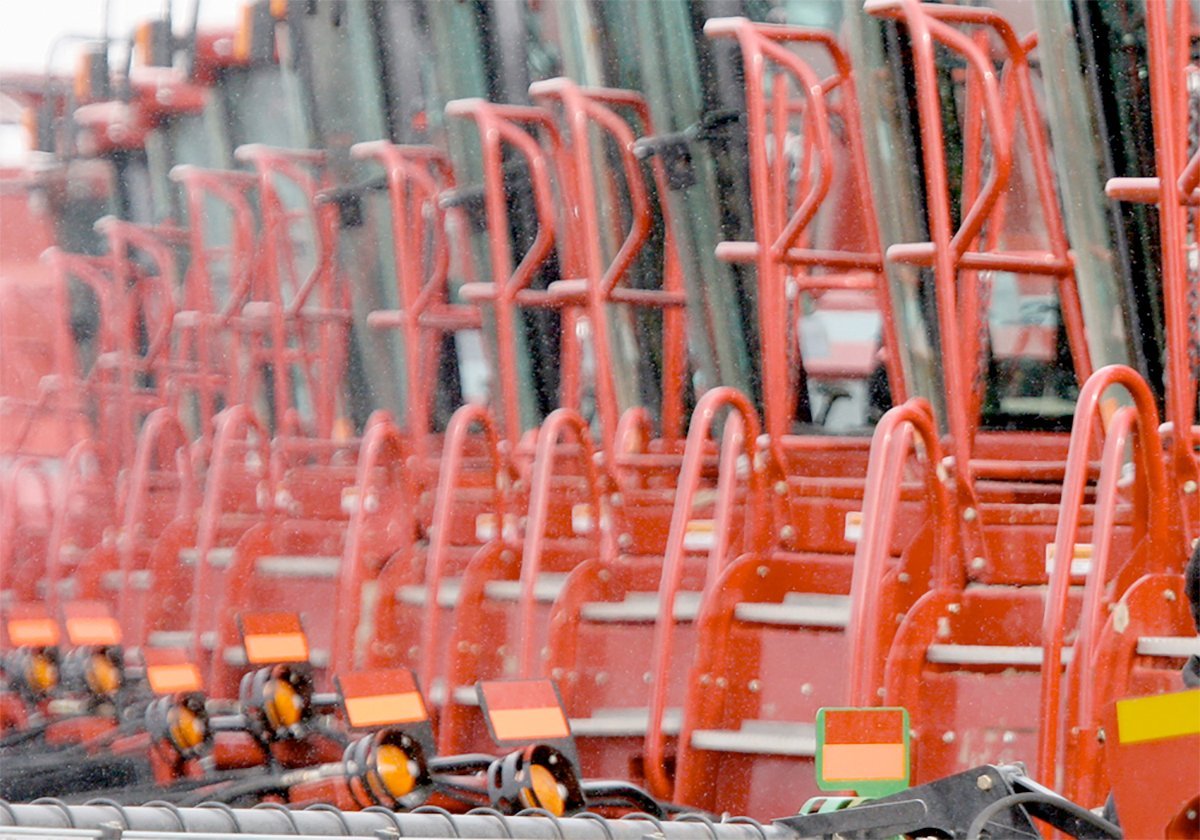
Aid or Trade? What do U.S. farmers want? – The United States is entering uncharted territory – a full-blown trade war with Europe, China, Canada, Mexico and a list of other nations.

Posted March 11, 2025
Trump hides behind emergency declaration on tariffs – The North American trade agreement signed only five years ago must be reviewed by 2026, but I don’t know why Canada would want to continue the process, given that U.S. president Donald Trump’s administration has shown it will not be constrained by any international agreement.

Canola sector watches as many biofuel balls remain up in the air – I can’t recall a week in my 30-year reporting career at the Western Producer where I have heard the word “uncertainty” uttered more frequently. U.S. president Donald Trump’s on-again/off-again tariffs have everyone’s head spinning.
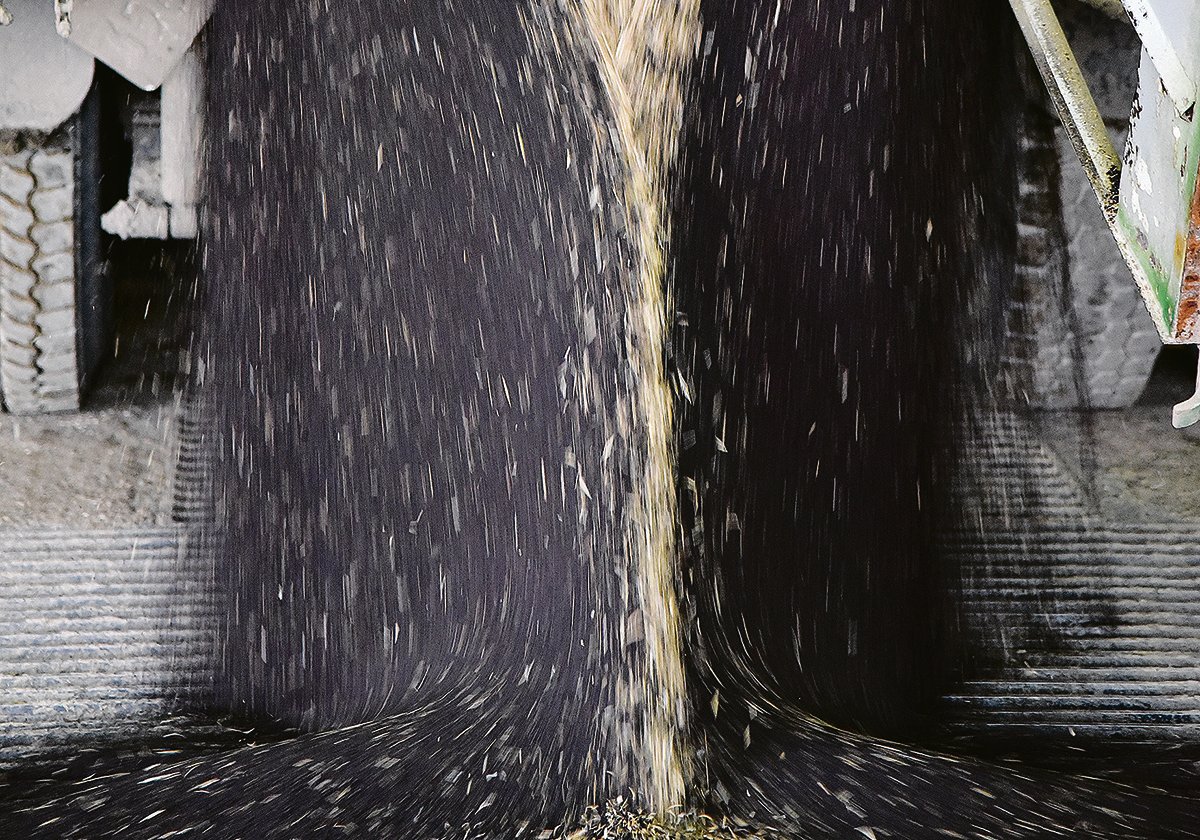
Farmland rental agreements also upended by U.S. tariffs – Threatened U.S. tariffs may have been postponed until April, but many questions remain.

Posted March 7, 2025
China announces retaliatory tariffs on Canadian canola oil, peas and pork – China announced tariffs on Canadian agricultural and food products on Saturday, retaliating against levies Ottawa introduced in October on Chinese-made electric vehicles and steel and aluminium products.
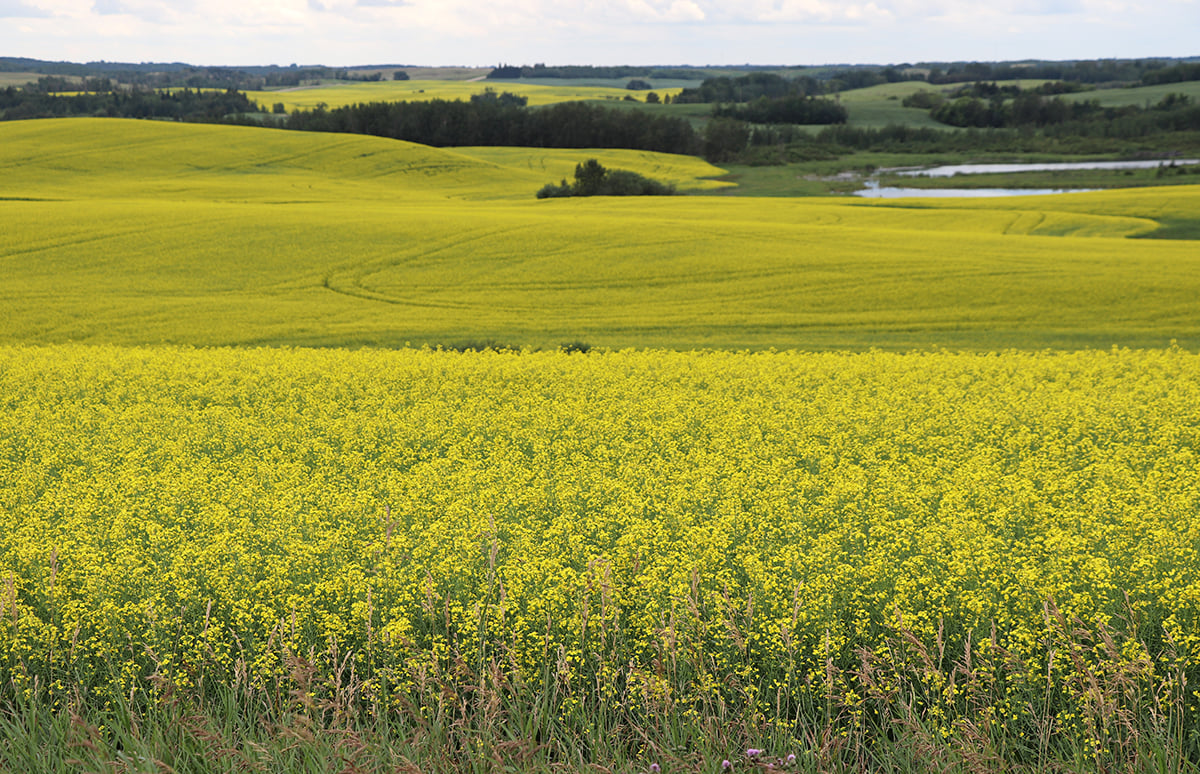
Tariffs – where do we stand now? – It’s been hard to keep track of the whirlwind of U.S. tariffs, tariff start dates and tariff exemptions.

Tariffs Day 4 | Combing through the wreckage – While there’s been a reprieve on U.S. tariffs, the countdown is still ticking and the remaining bombs are still armed and ready to explode in less than a month’s time.
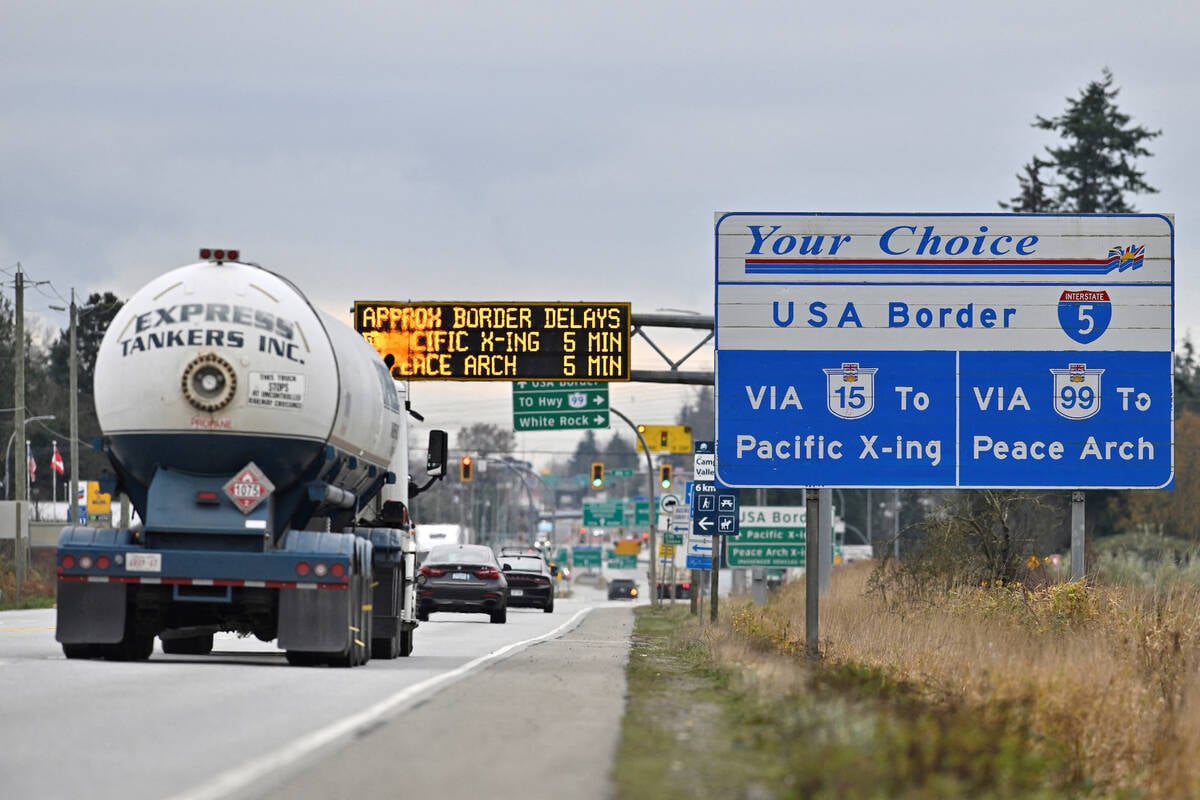
Federal government offers farmers relief but may not go far enough, says expert – Farmers can expect some relief from the U.S. tariff threat by way of a government investment in business protection measures, though the new initiatives may not go far enough.

Saskatchewan agriculture groups to host tariff, trade summit – A summit planned for the end of the month will bring together producers from across Saskatchewan to talk about critical agricultural issues. Tariffs and trade are at the top of the list.

Uncertainties overshadow national farm meeting – The president of Canada’s largest farm organization says people are anxious about looming tariffs and other uncertainties.

Posted March 6, 2025
Tariffs Day 3 – Donald sees the light — for now – The continuing soap opera-like saga of North American trade continued to unfold today with more ups, downs and unexpected twists than a telenovela.

Tariffs, trade dominate discussion at Canadian Crops Convention – Tariffs, trade and Trump were the talk of the town at the 2025 Canadian Crops Convention in Edmonton on Mar. 4-6.

Trump delays tariffs for goods covered under Canada, Mexico trade deal – President Donald Trump on Thursday exempted goods from both Canada and Mexico under a North American trade pact for a month from the 25 per cent tariffs that he had imposed earlier this week, the latest twist in fast-shifting trade policy that has whipsawed financial markets and business leaders.
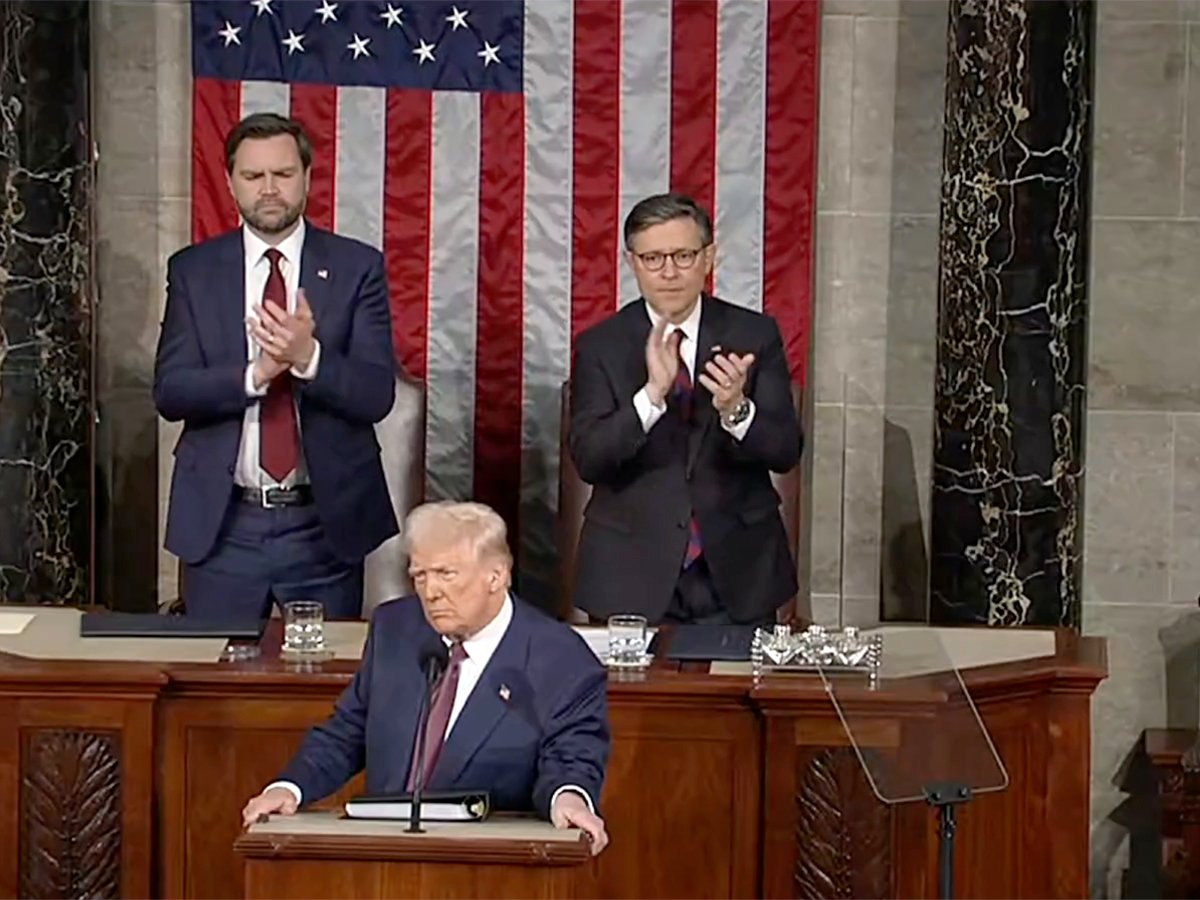
Peak of the Market nagivates tariffs, consumer shifts – Manitoba-based Peak of the Market, a farmer-owned marketing board that sells Manitoba-grown vegetables in Canada, the United States, and occasionally overseas, is feeling the effects of tariffs and the push to buy Canadian.
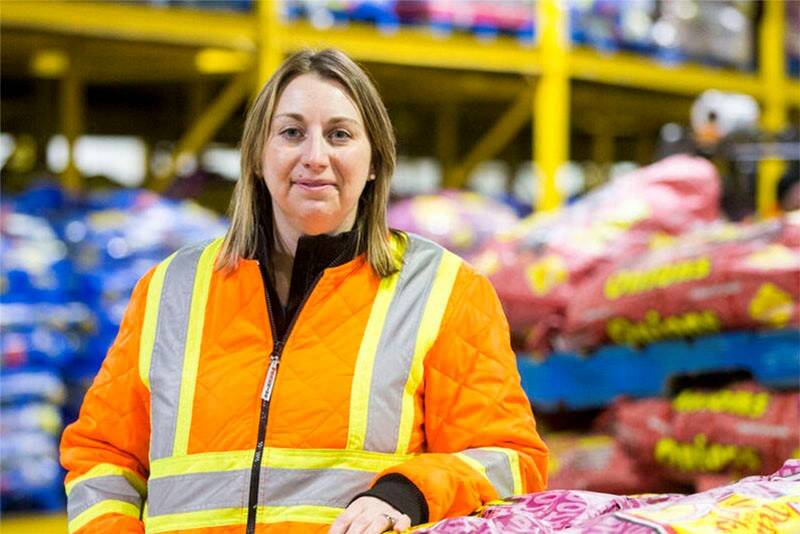
National Farmers Union calls for ‘serious response’ to tariffs – In a recent press release, the farm group says “a serious response” is needed to the tariffs, but any retaliatory measures must consider and protect Canadian farmers, farm workers and consumers.
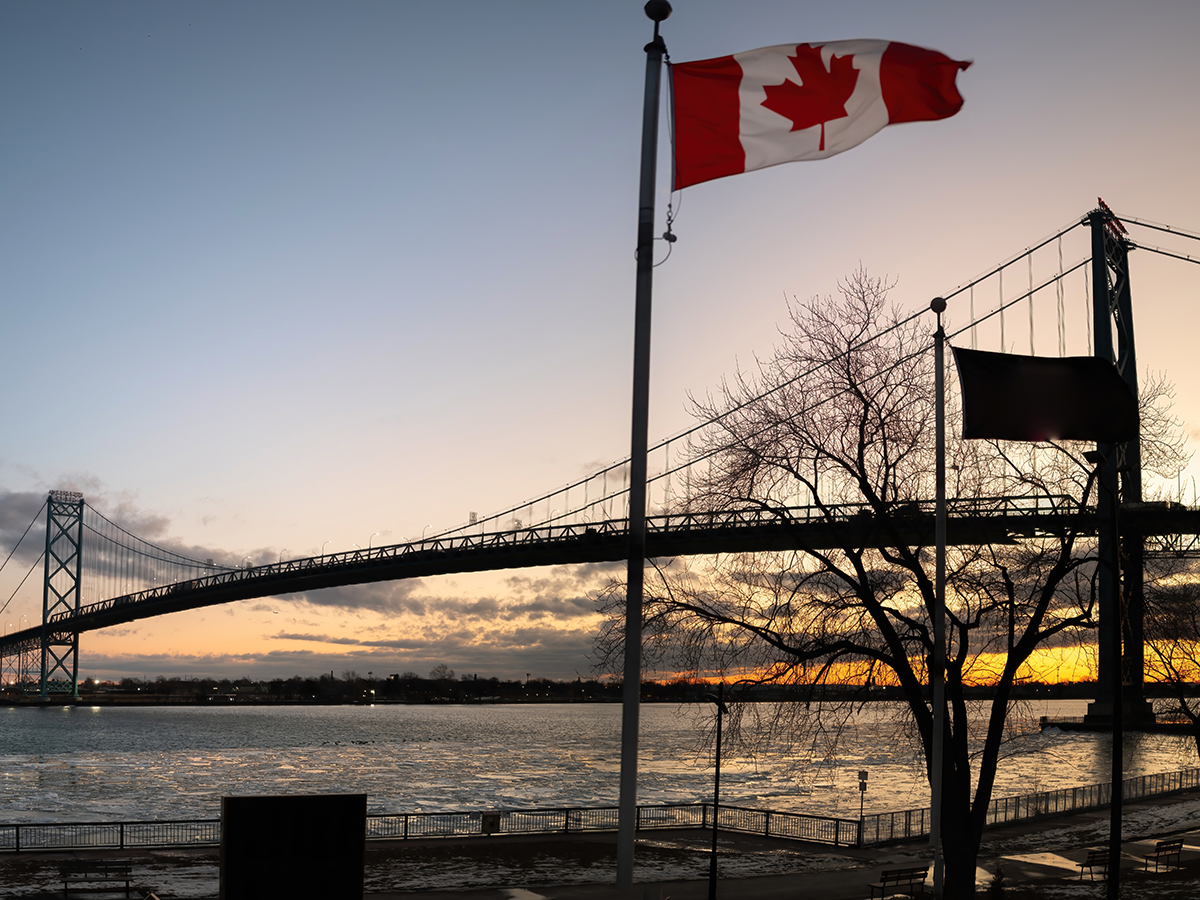
Mexico dodges U.S. tariffs temporarily – It appears U.S. tariffs on Mexico are off the table — for now — in President Donald Trump’s chaotic trade war.
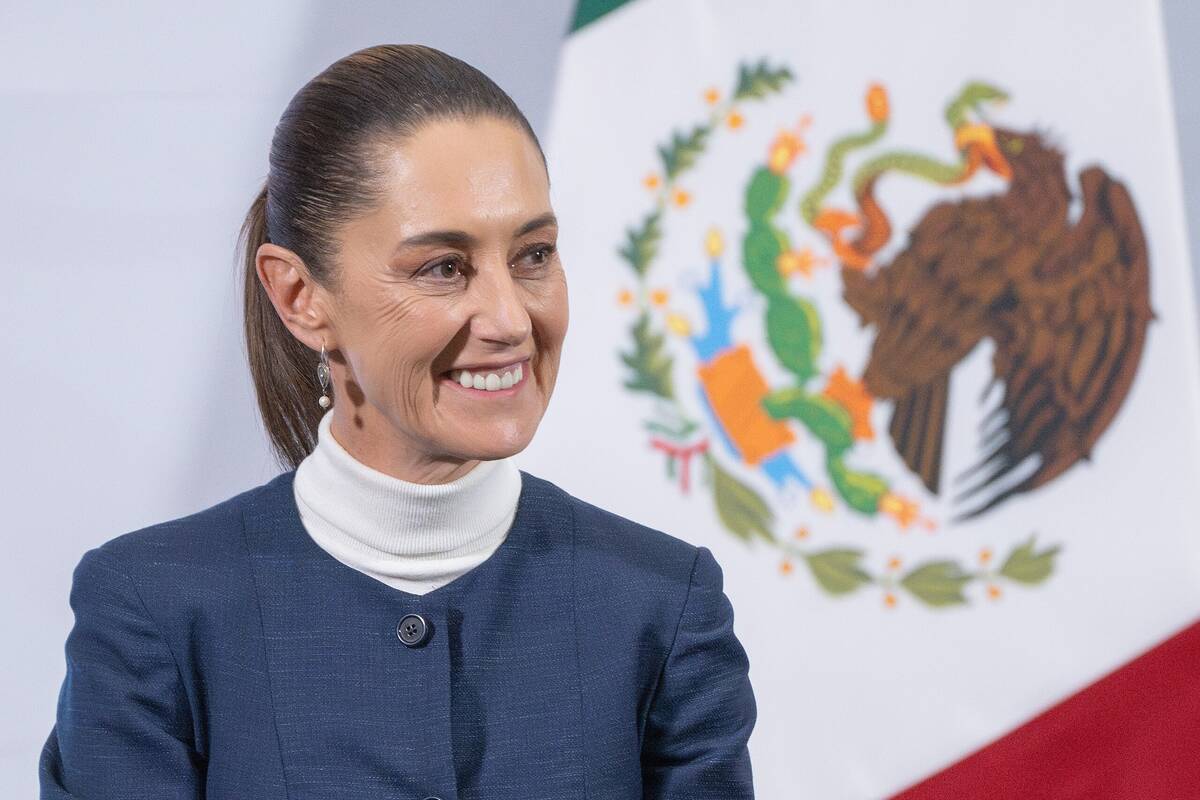
Prairie manufacturers adjust to tariffs – In 2023, Saskatchewan exported about $834 million worth of agricultural equipment to the United States. A portion of those exports were straw choppers and weed seed control units, manufactured by Redekop at its plant near Saskatoon.

Canada will be in trade war with US for foreseeable future, says Trudeau – Canada will continue to be in a trade war with the United States for the foreseeable future, Prime Minister Justin Trudeau said on Thursday, a day after what he called a “colorful” call with President Donald Trump.
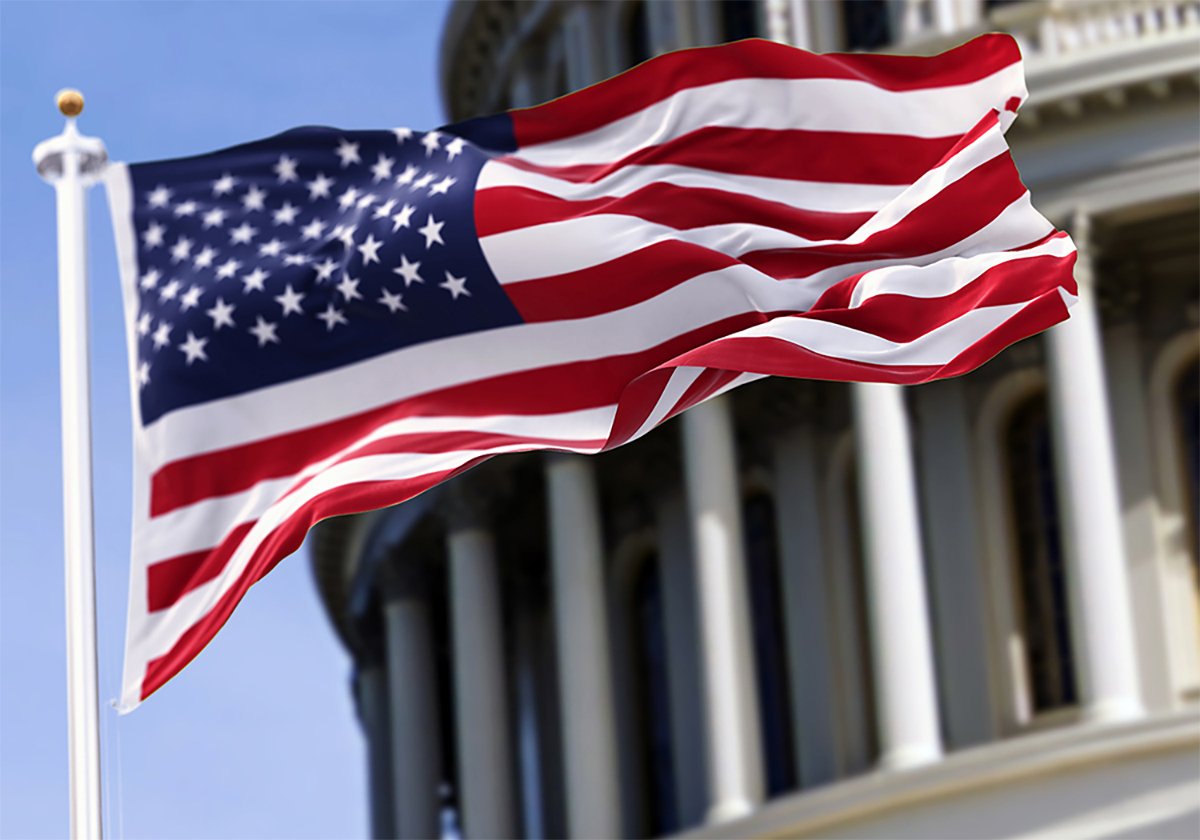
Prime Minister, premiers discuss how to improve interprovincial trade in face of tariffs – Canada’s Premiers and Prime Minister say it’s time to reduce barriers to interprovincial trade as U.S. tariffs take effect and threaten Canadian agri-food exports.
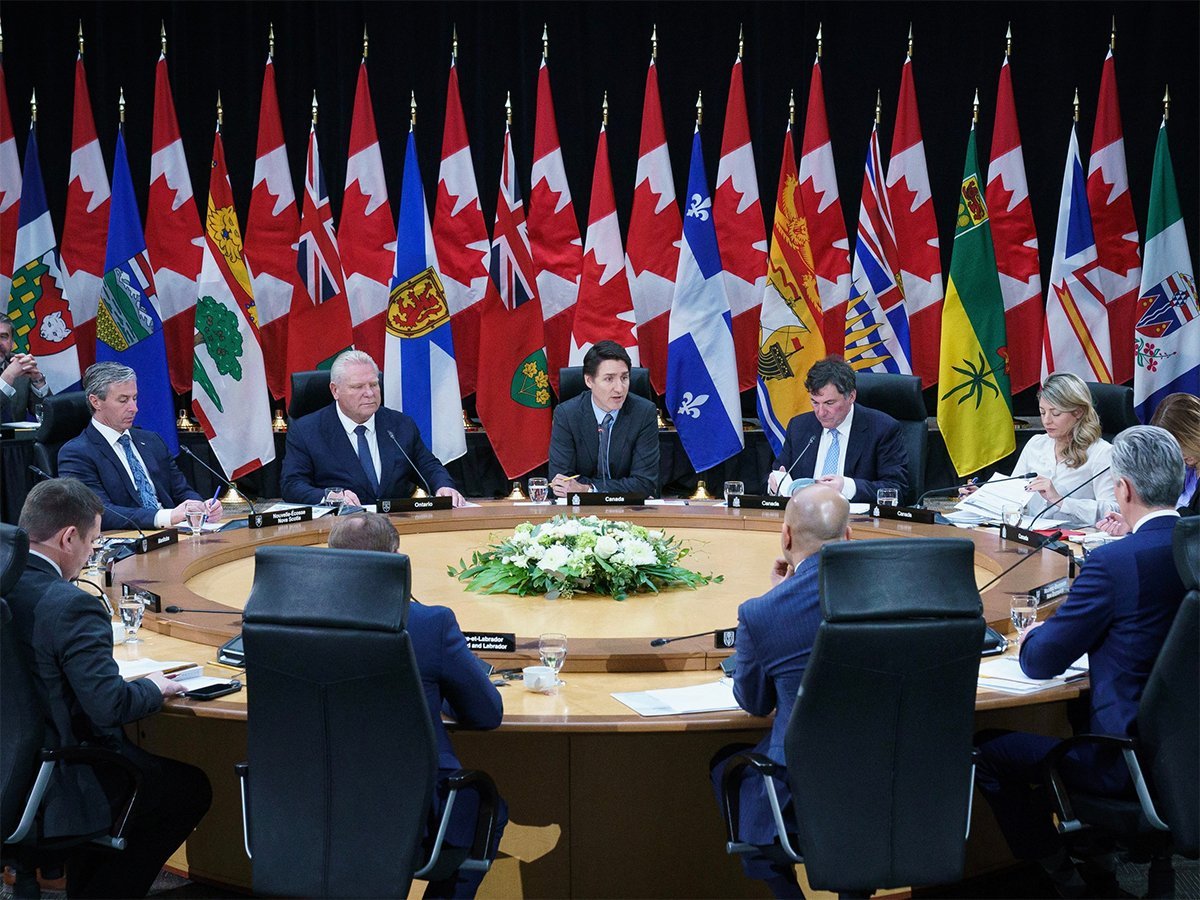
Value swings immense on cattle with imposed tariffs by U.S. – The tremors continue to be felt across Canadian agriculture following U.S. president Donald Trump’s earthquake announcement on Tuesday of a 25 per cent tariff on all Canadian products into the United States, excluding energy products, which will see a 10 per cent tariff.

U.S. trade unavoidable; bigger domestic market would help – Canadians are again bemoaning our overwhelming trade dependence on the United States and asking ourselves why we don’t consume more of our own products and why we don’t sell more to other countries.

Posted March 5, 2025
Tariffs Day 2 | Canadian agriculture remains in crosshairs – The full picture is still unclear as Canada’s agriculture sector continues to assess the potential damage of a tariff war with the U.S.

VIDEO: Canadian Crops Convention offers hope on trade – The Canadian Crops Convention kicked off in Edmonton today, under the shadow of U.S. tariffs and Canadian counter-tariffs.

Living month to month in the tariff era – Just one day after implementing an across-the-board 25 per cent tariff on all Canadian imports, U.S. president Donald Trump has changed his mind.

Mexico likely to seek more trade with Canada – Mexico may be shifting trade toward Canada, according to a Reuters news service report.
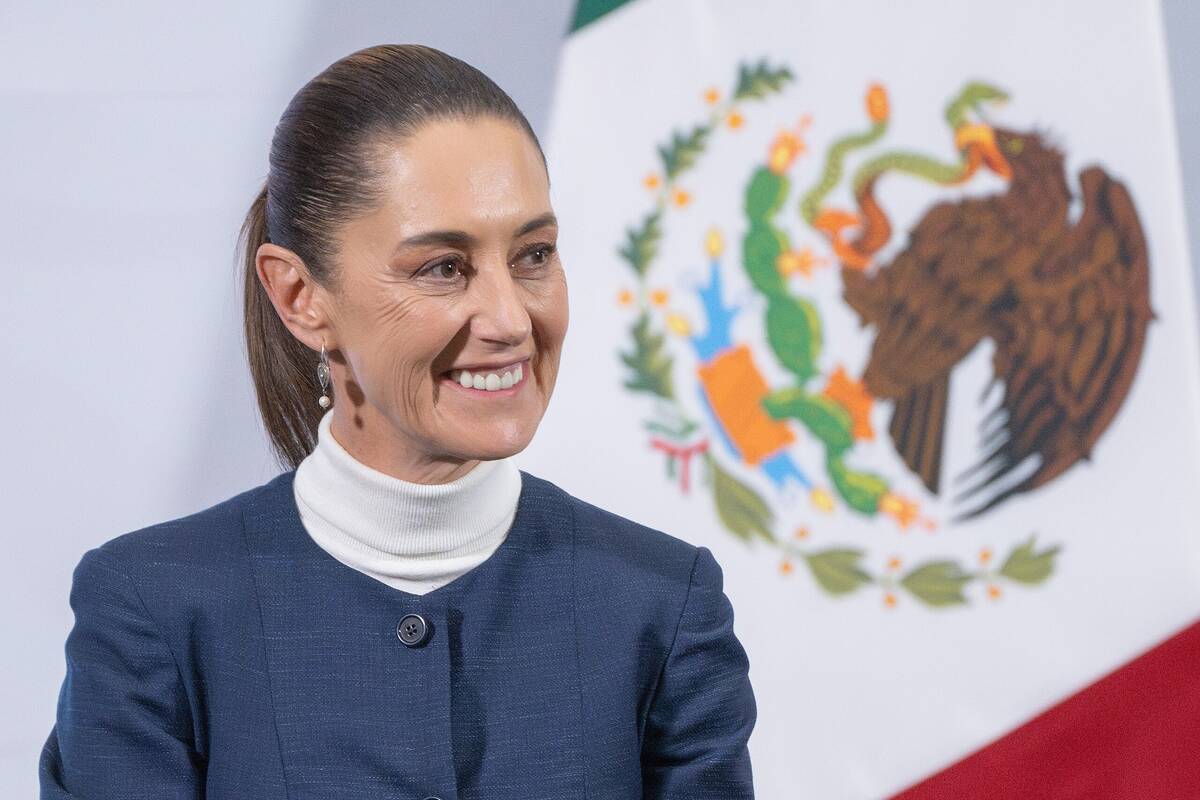
Pork sector worries tariffs will hit labour pool – The Canadian pork sector is worried its limited labour pool may evaporate if tariffs slow down the sector in the coming months.
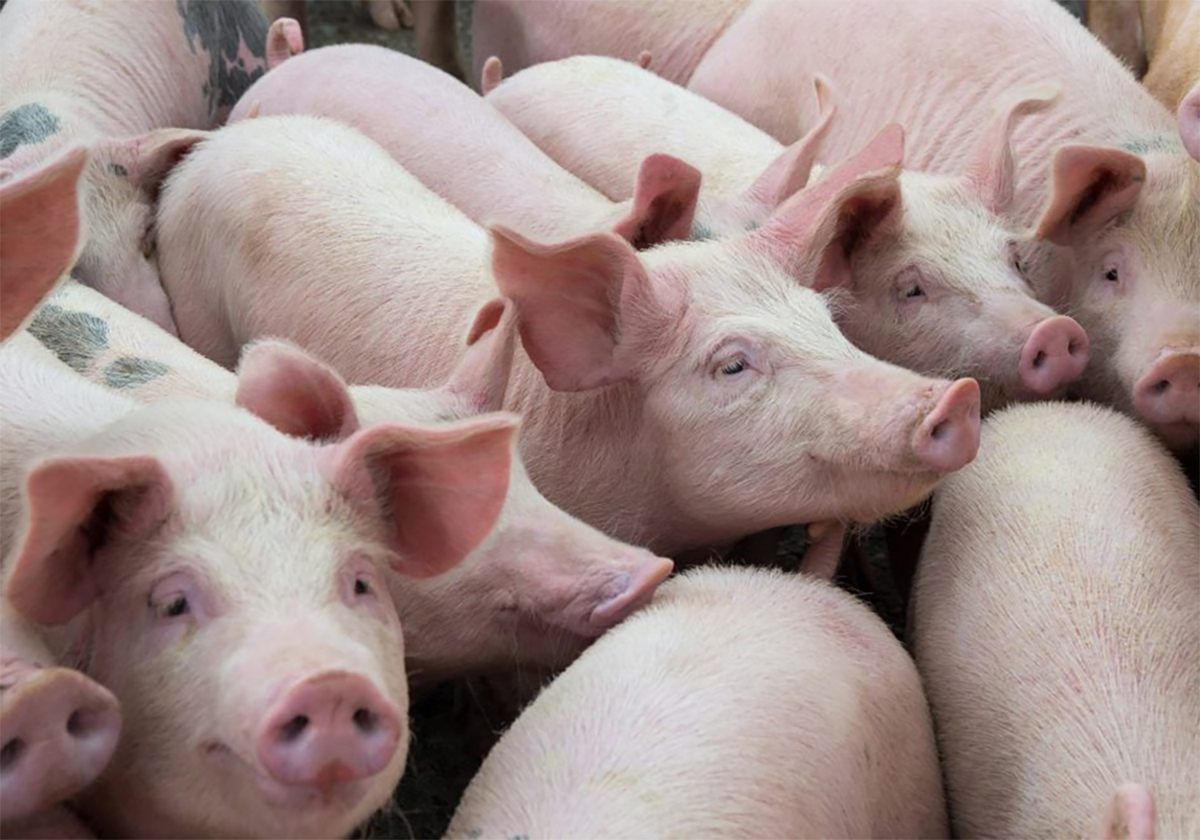
Tariffs threaten Indigenous farmers, economic sovereignty says National Circle for Indigenous Agriculture and Food – U.S. tariffs pose a danger to Indigenous farmers and the economy sovereignty and food security of Indigenous communities, says the National Circle for Indigenous Agriculture and Food (NCIAF).

“I love the farmer”: Trump pledges more tariffs on Canadian goods – U.S. President Donald Trump says he’ll impose more tariffs on Canadian goods on April 2.
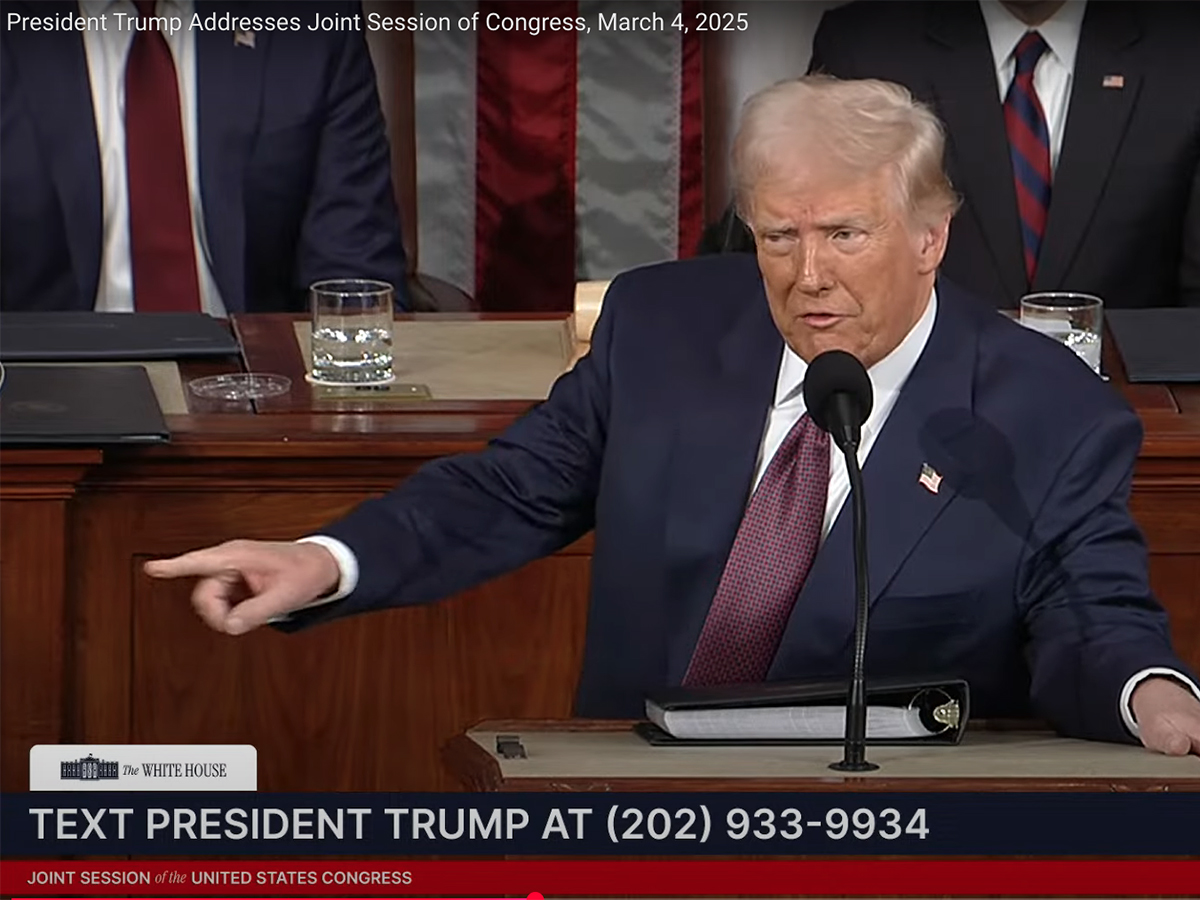
Farmers can play bigger role to boost Canada’s soft power – As Canada prepares for the worst when it comes to trade with the United States, forging stronger trading relationships with alternative markets is a top priority.

Posted March 4, 2025
Tariffs Day 1 | Trade war commences as Canadian agricultural sector braces – As of March 4, 2025 U.S. president Donald Trump’s threat of imposing a 25 per cent tariff on Canadian goods has become a reality.
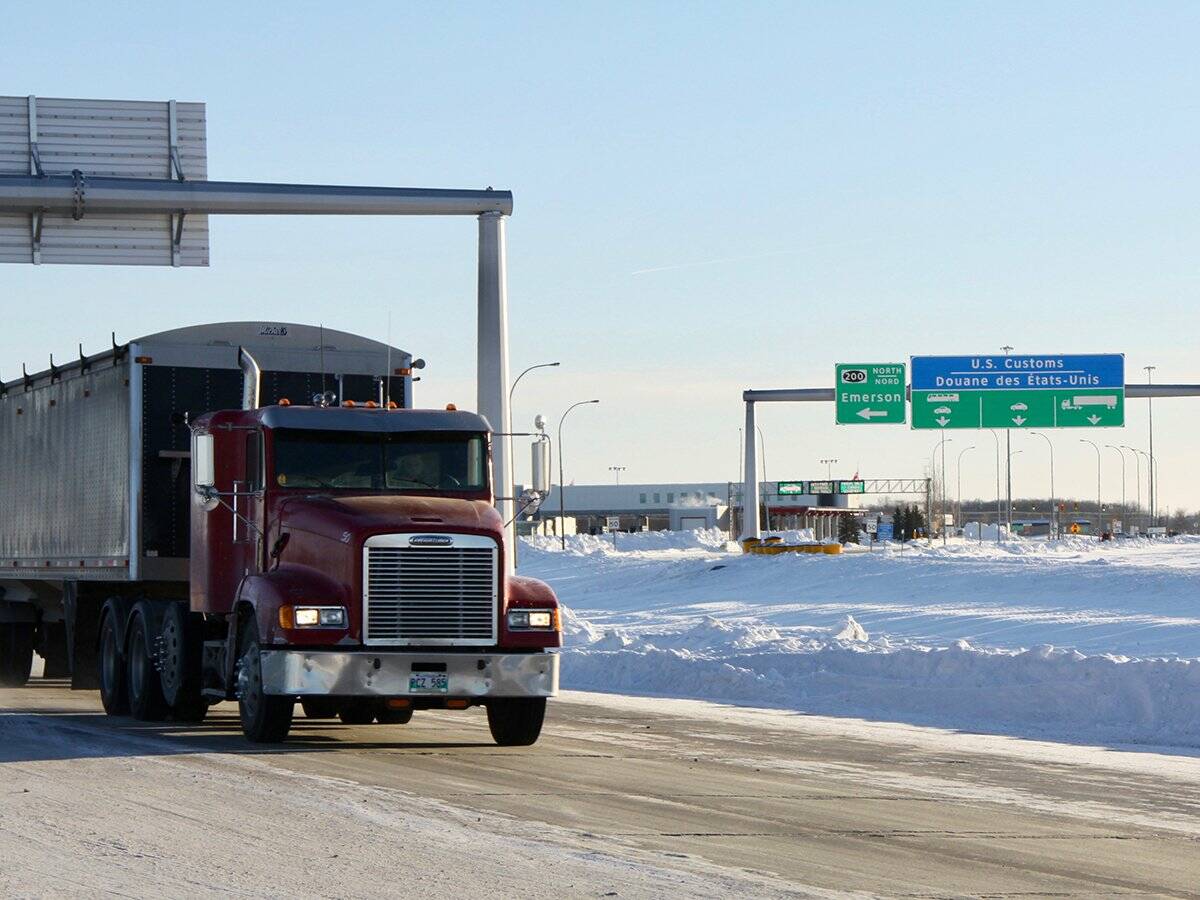
Pork organizations in talks over how to shield Canadian farmers from tariff impacts – Pork industry groups across Canada say they’re engaged in serious discussions with the federal and provincial governments over how to protect producers as best they can from U.S. tariffs.
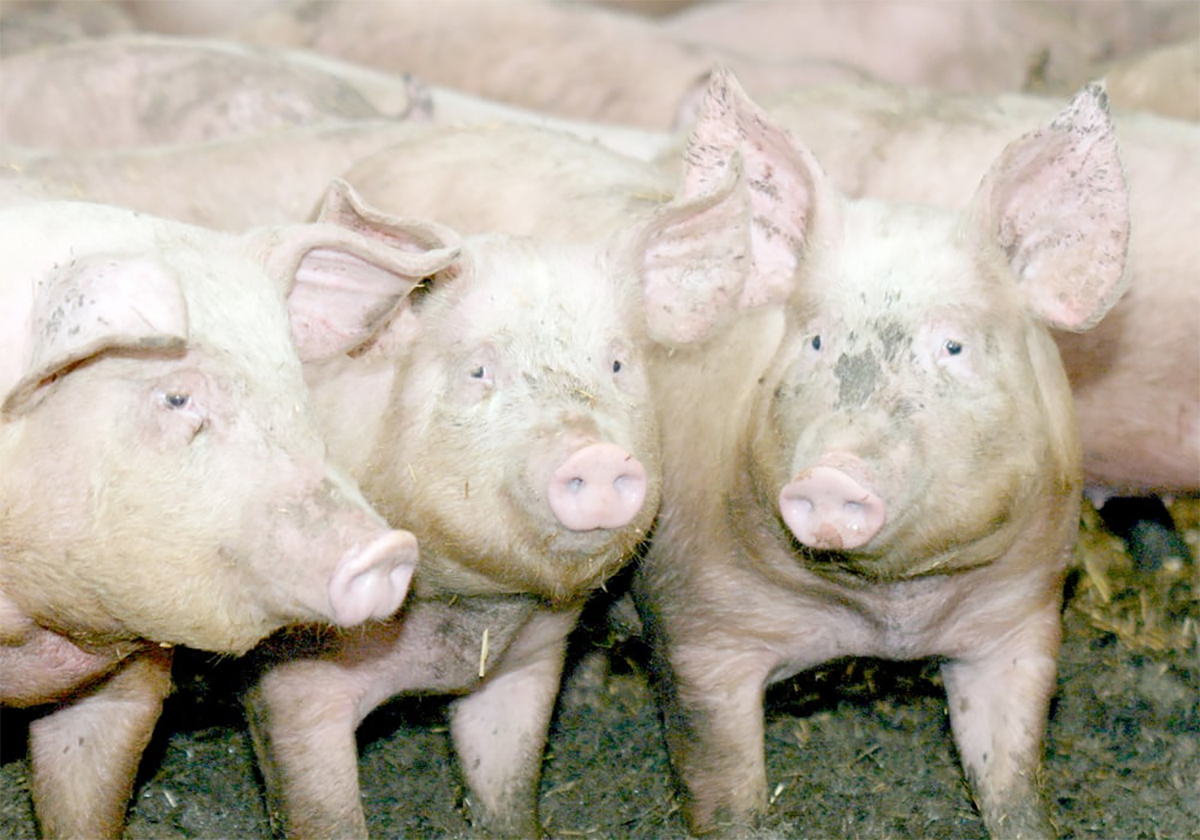
Canadian Agri-Food Trade Alliance to push for free trade despite U.S. tariffs – The Canadian Agri-Food Trade Alliance says it will continue its advocacy for free and open trade in the agriculture and agri-food industries, despite the imposition of U.S. tariffs.
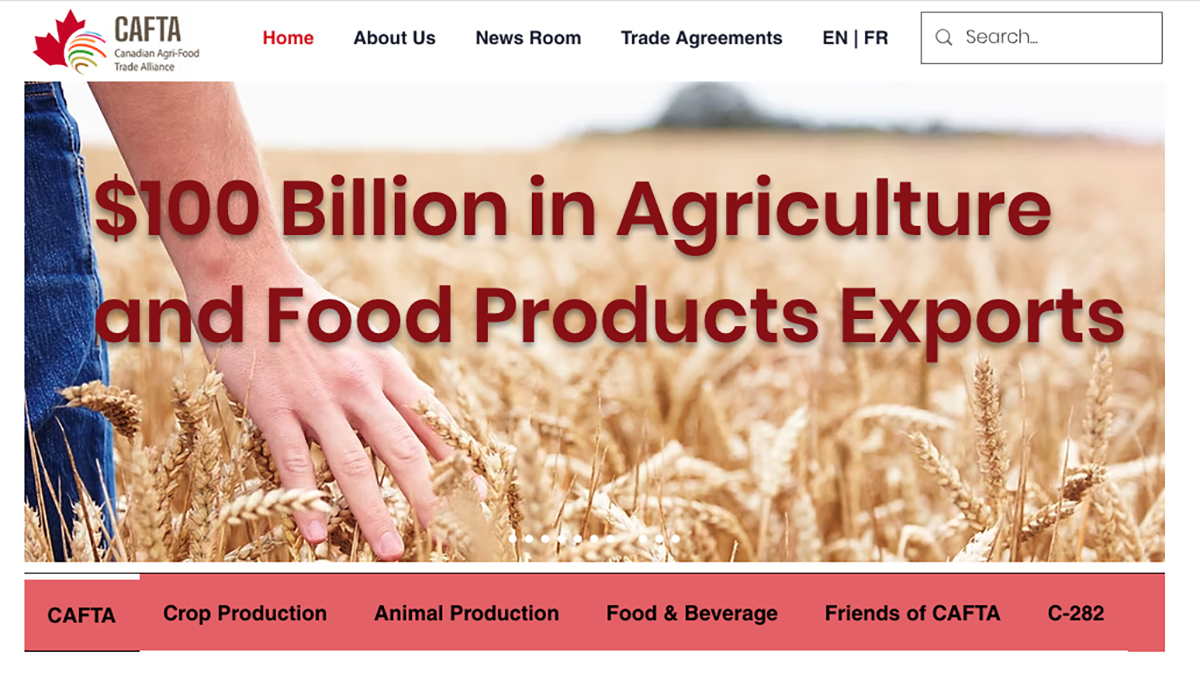
Canada’s retaliatory tariffs should fund tax cuts says Poilievre – Canada must retaliate against U.S. tariffs, and retaliatory tariffs should fund tax cuts, Conservative leader Pierre Poilievre said on Tuesday.

Canadian Federation of Agriculture preparation focused on tariff exemptions, producer needs – The long-threatened U.S. tariffs are now in place, and Canada’s agriculture producers are bracing for the impact they will make on the industry.
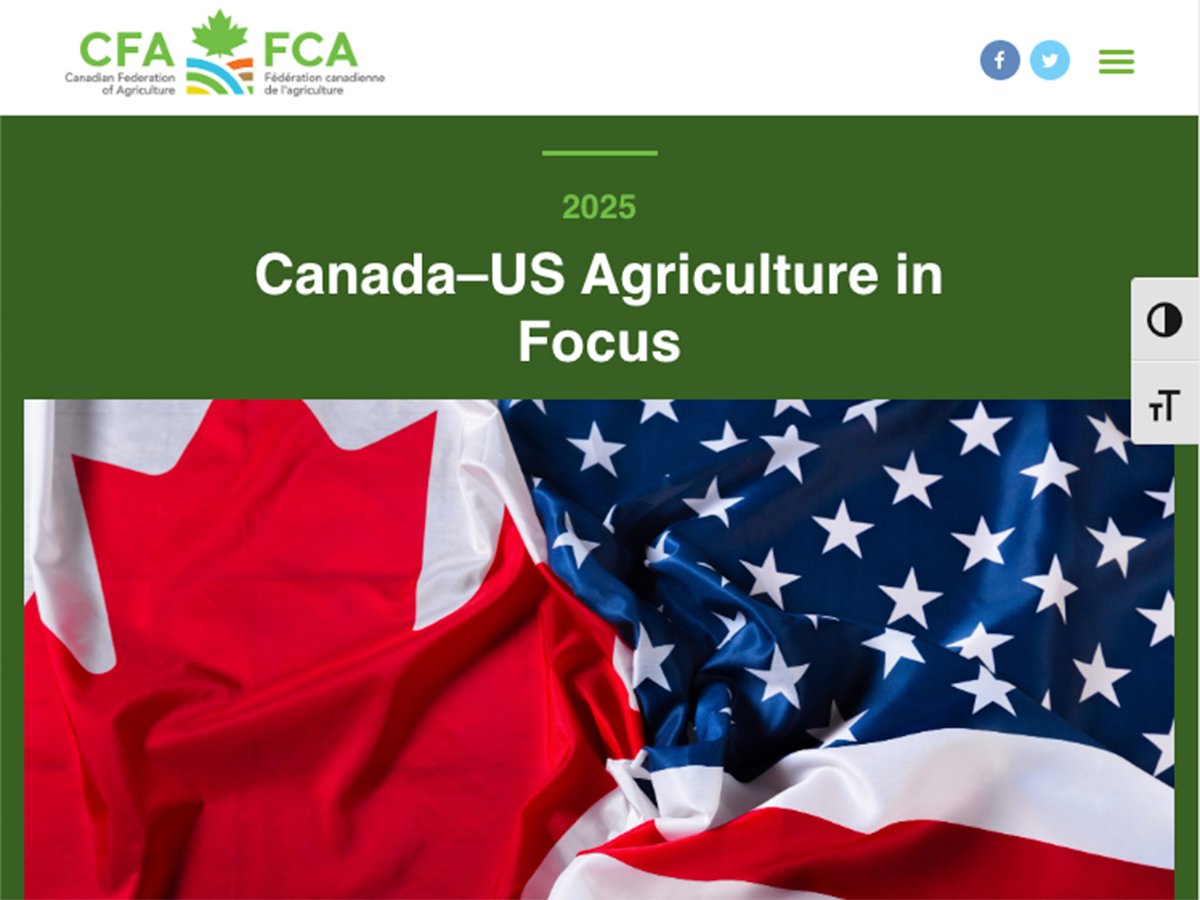
Keystone Agricultural Producers looks for support for Manitoba producers in wake of tariffs – Manitoba’s agriculture community will be directly impacted by the newly-imposed U.S. tariffs, and Keystone Agricultural Producers is making a plea to provincial and federal governments to step up and support agriculture producers who will bear the brunt of it.
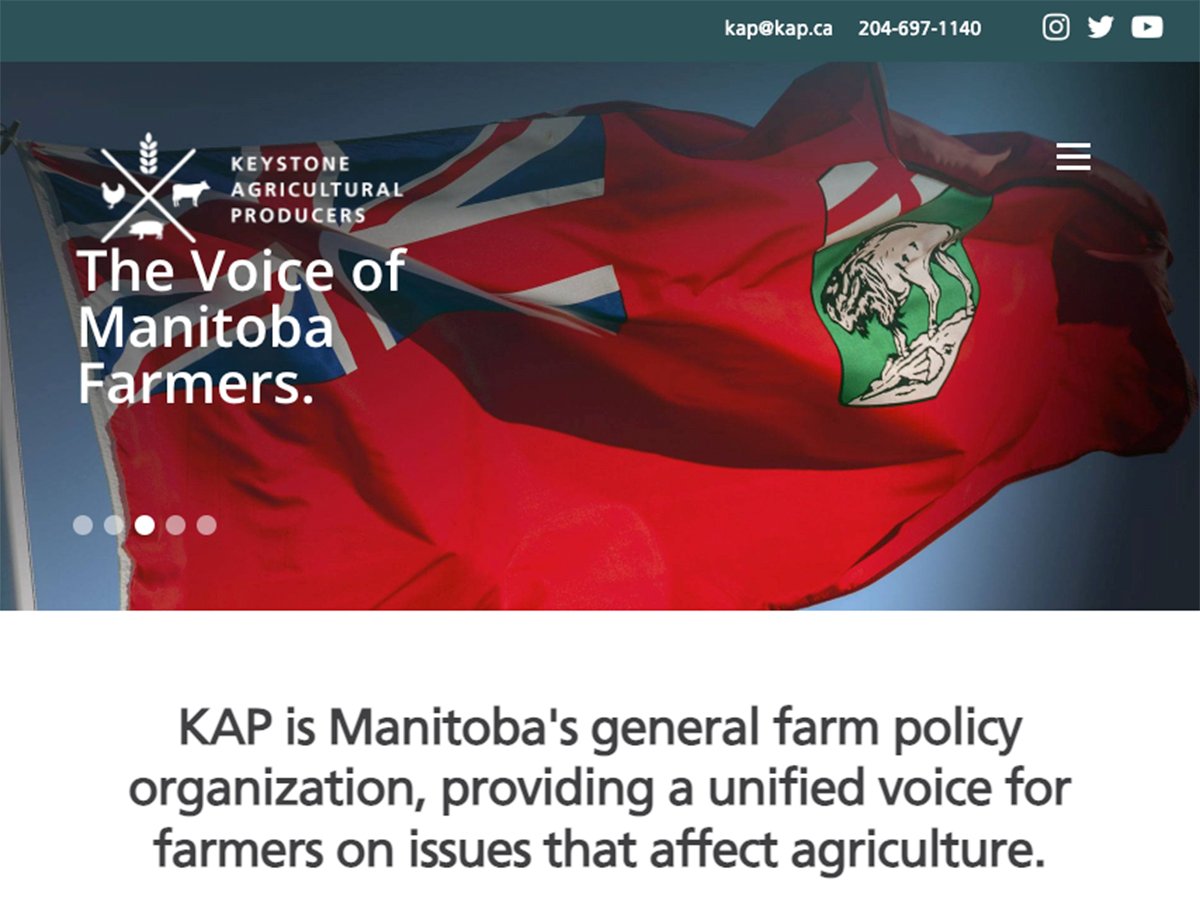
Canola sector sees tariff pain ahead – The canola sector says U.S. tariffs will levy considerable economic pain throughout that value chain.
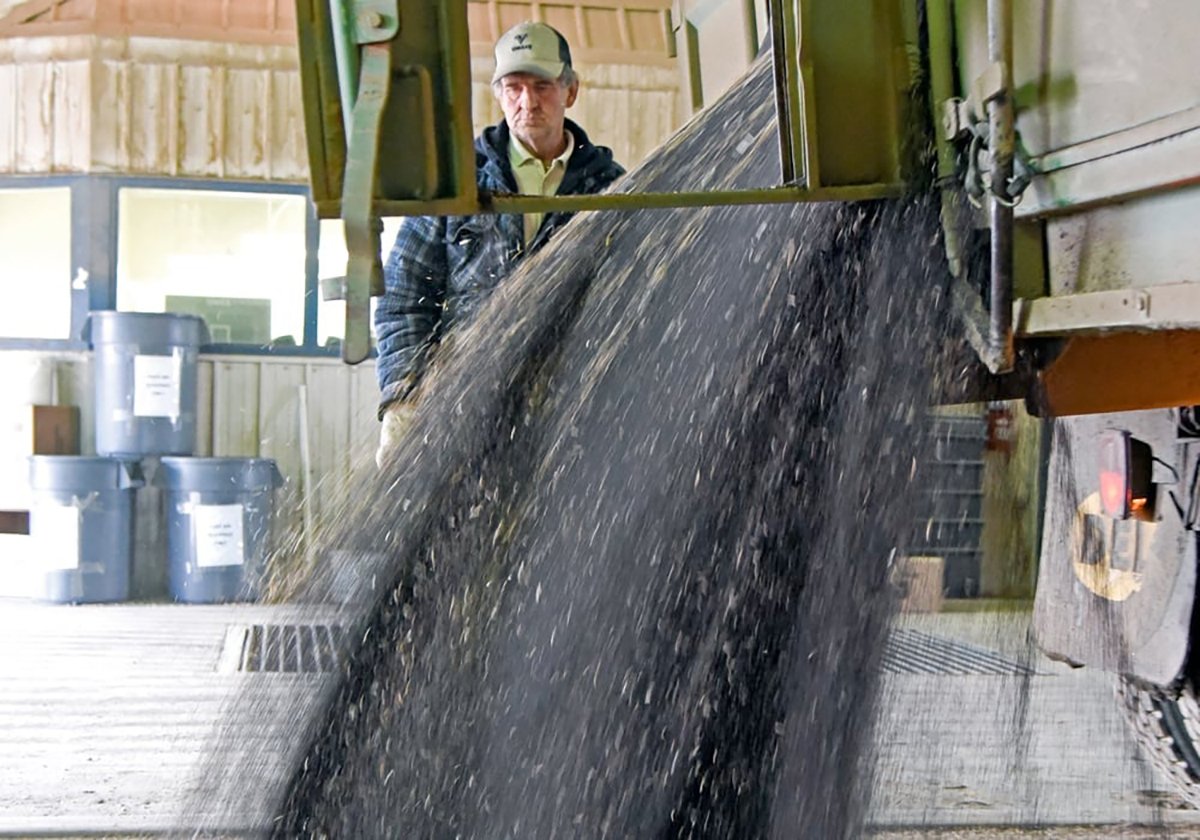
Trudeau pledges economic support in face of U.S. tariffs – Prime Minister Justin Trudeau says the federal government is working on supports for Canadians impacted by U.S. tariffs and seeking new markets for exports.
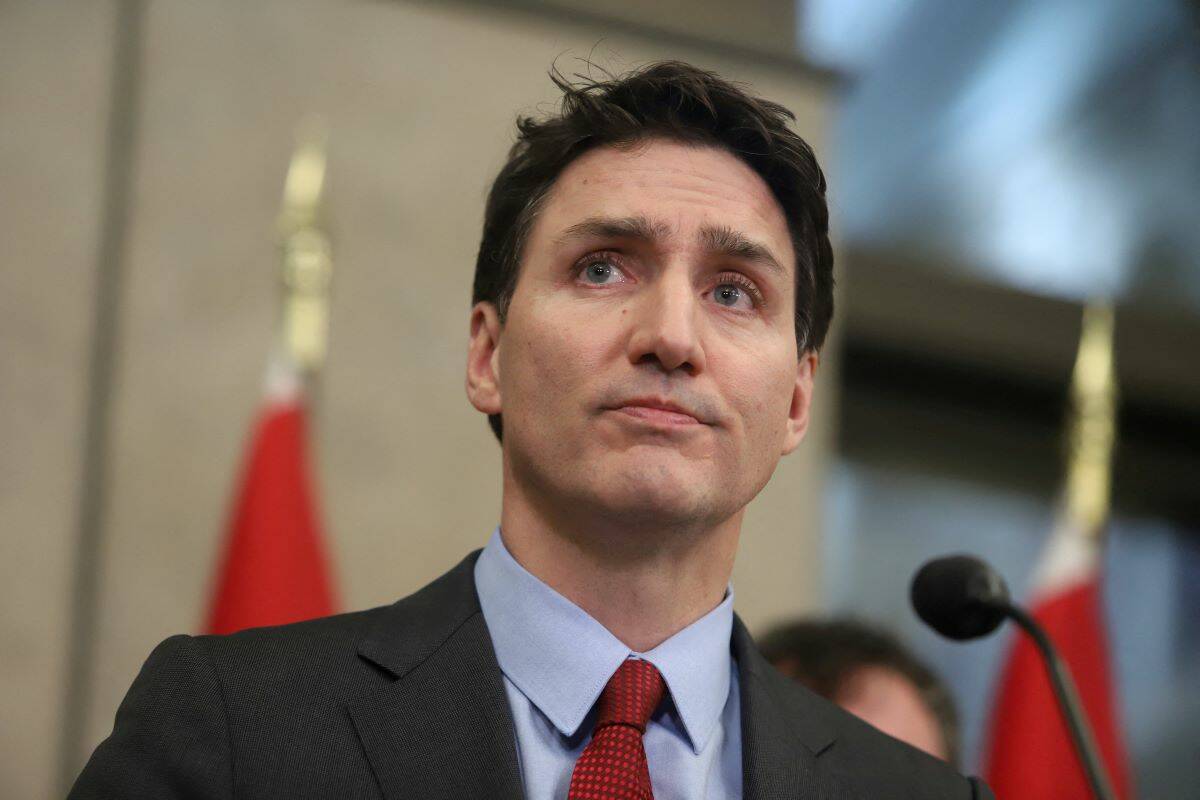
Grain Growers of Canada react to U.S. tariffs – Canadian grain farmers are bracing for significant economic hardship following the United States’ decision to impose a 25 per cent tariff on Canadian grain and grain products.

Canadian Federation of Agriculture calls for federal action as tariffs take hold – The Canadian Federation of Agriculture is calling for the federal government to take immediate action to help farmers weather a continental trade war. “Canadian farmers cannot afford prolonged uncertainty,” said CFA president Keith Currie in a statement posted to X.
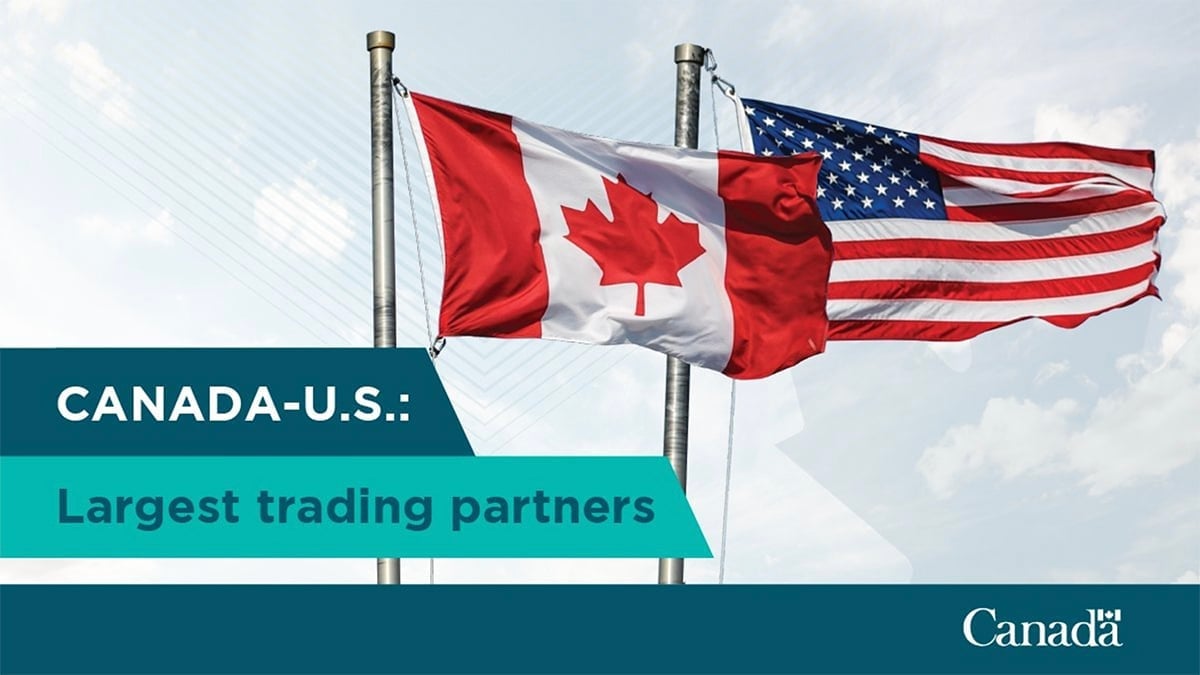
China hits US agriculture, says it won’t be bullied by fresh Trump tariffs – China retaliated swiftly on Tuesday against fresh U.S. tariffs with hikes to import levies covering USD$21 billion worth of American agricultural and food products, moving the world’s top two economies a step closer towards an all-out trade war.
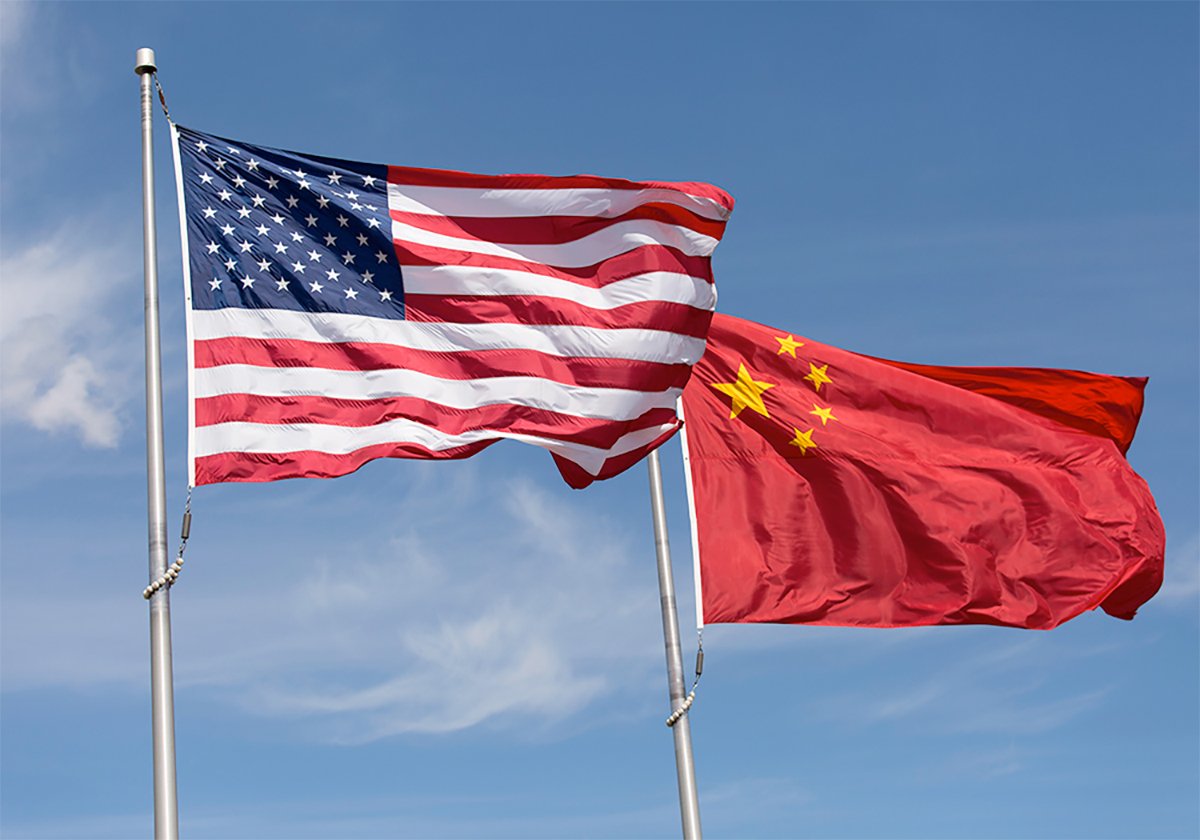
Trump triggers trade war with tariffs on Canada, China and Mexico – U.S. President Donald Trump’s new 25 per cent tariffs on imports from Mexico and Canada took effect on Tuesday, along with a doubling of duties on Chinese goods to 20 per cent, sparking trade wars that could slam economic growth and lift prices for Americans still smarting from years of high inflation.
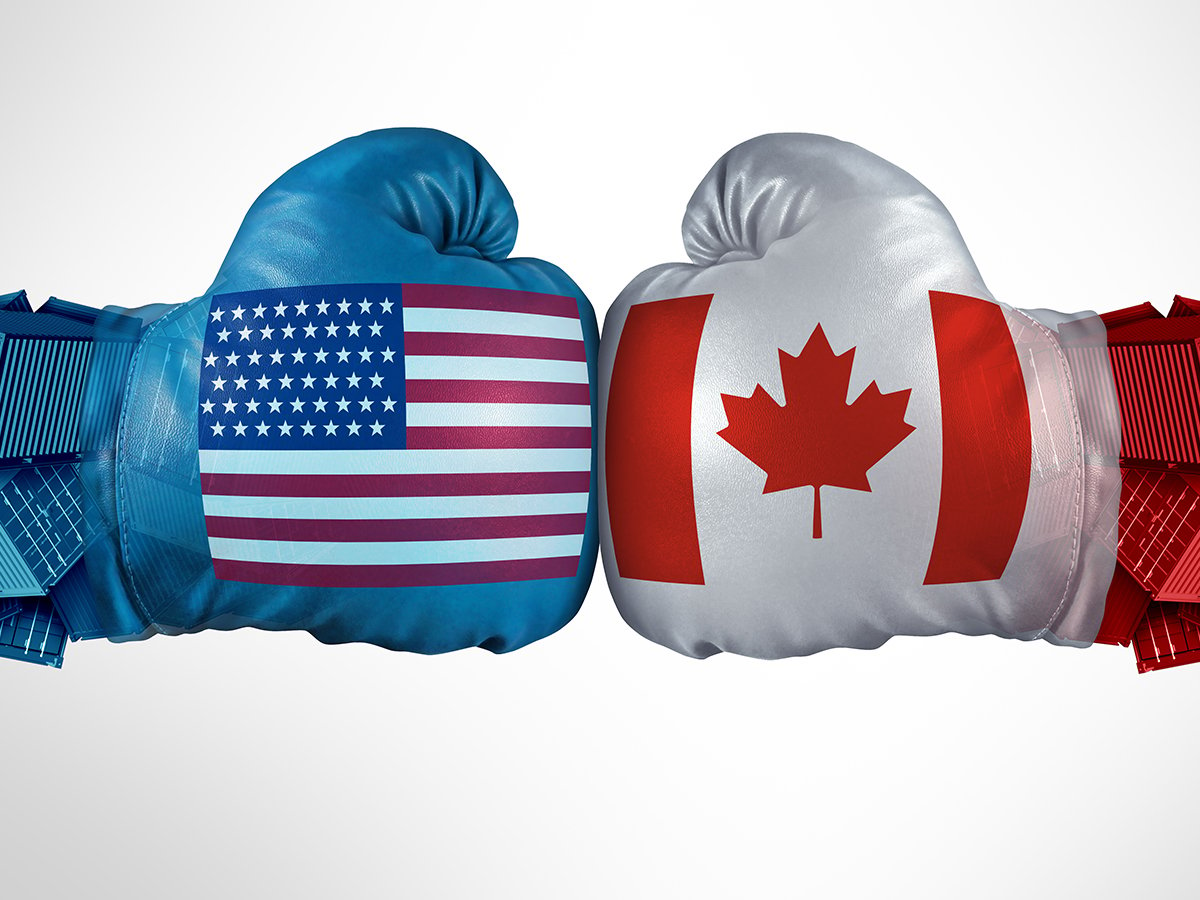
VIDEO: The risk of tariffs – some U.S. farmers get it and some don’t – Justin Sherlock farms near Dazey, a town in eastern North Dakota about 200 kilometres from the Canadian border. Like many producers in border states, Sherlock understands the risks to American farmers if Canada and the United States slide into a trade war.

Posted March 3, 2025
Anti-tariff lobbyists struggle in Washington – A prominent lobbyist in Washington, D.C., who represents manufacturers of machinery and farm equipment in America is having little success with U.S. president Donald Trump’s administration on tariffs.

Trump trade threats compound global ocean shipping uncertainty – The global ocean shipping industry that handles 80 per cent of world trade is navigating a sea of unknowns as U.S. President Donald Trump stokes trade and geopolitical tensions with historical foes as well as neighbours and allies.

Ag trade deficit top priority for U.S. agriculture secretary – Brooke Rollins isn’t a rock star; she’s the secretary of agriculture in the United States. However, at 5 p.m.March 2, Rollins took the stage at the Commodity Classic in Denver, and as she walked toward the podium, about 2,500 farmers inside the Colorado Convention Centre leapt out of their seats and gave Rollins a standing ovation.
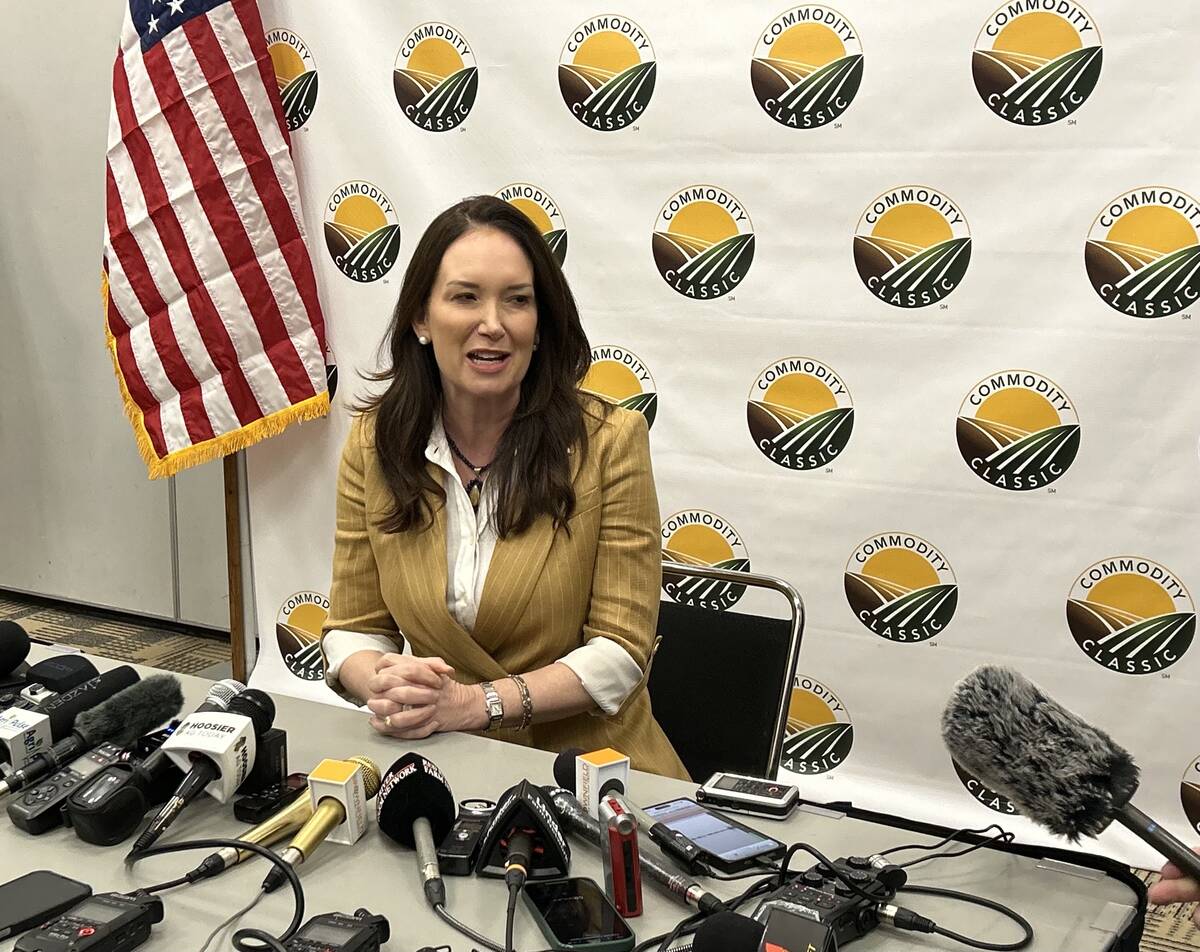
Posted February 28, 2025
Disruption in trade with U.S. expected to continue for years – One of Canada’s trade negotiators told farmers this week he expects ongoing disruption over the next few years as the Trump administration continues to stoke uncertainty.
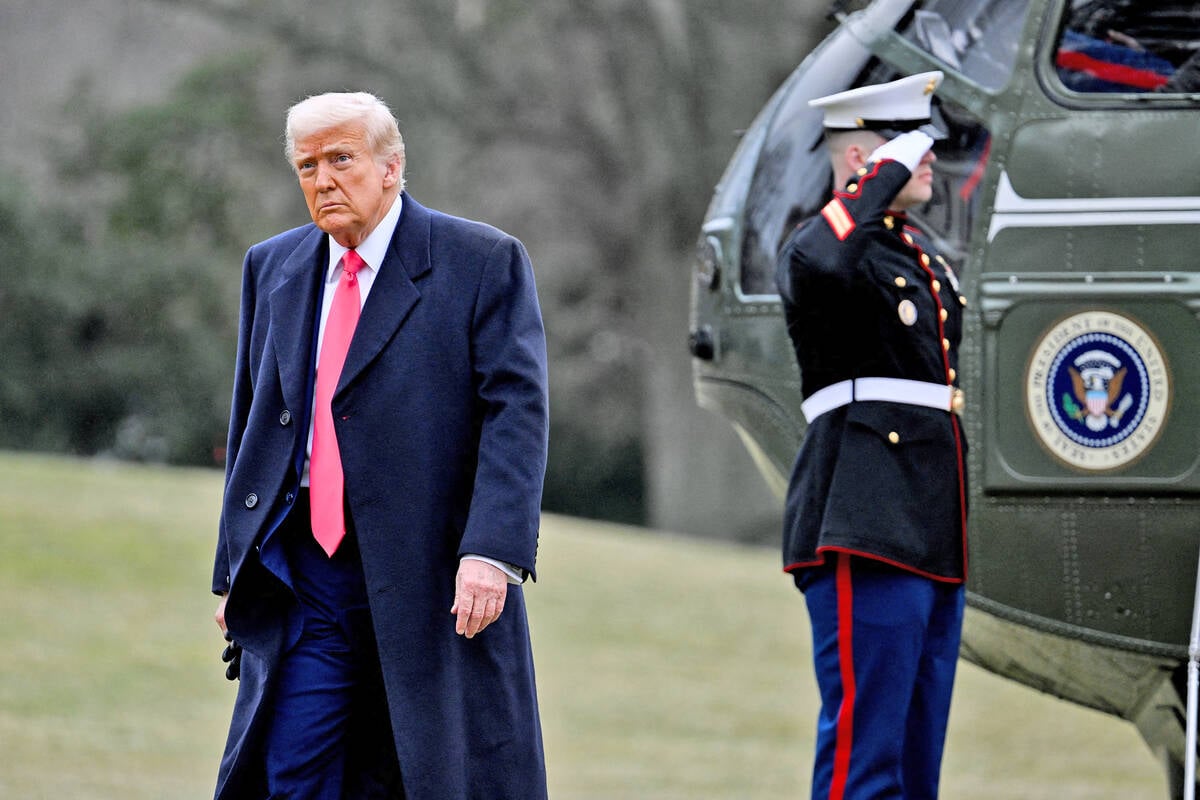
Farmers make case for aid if tariffs imposed – Farmers from various Canadian agricultural sectors told federal officials this week the government must be prepared to help if and when tariffs take effect.
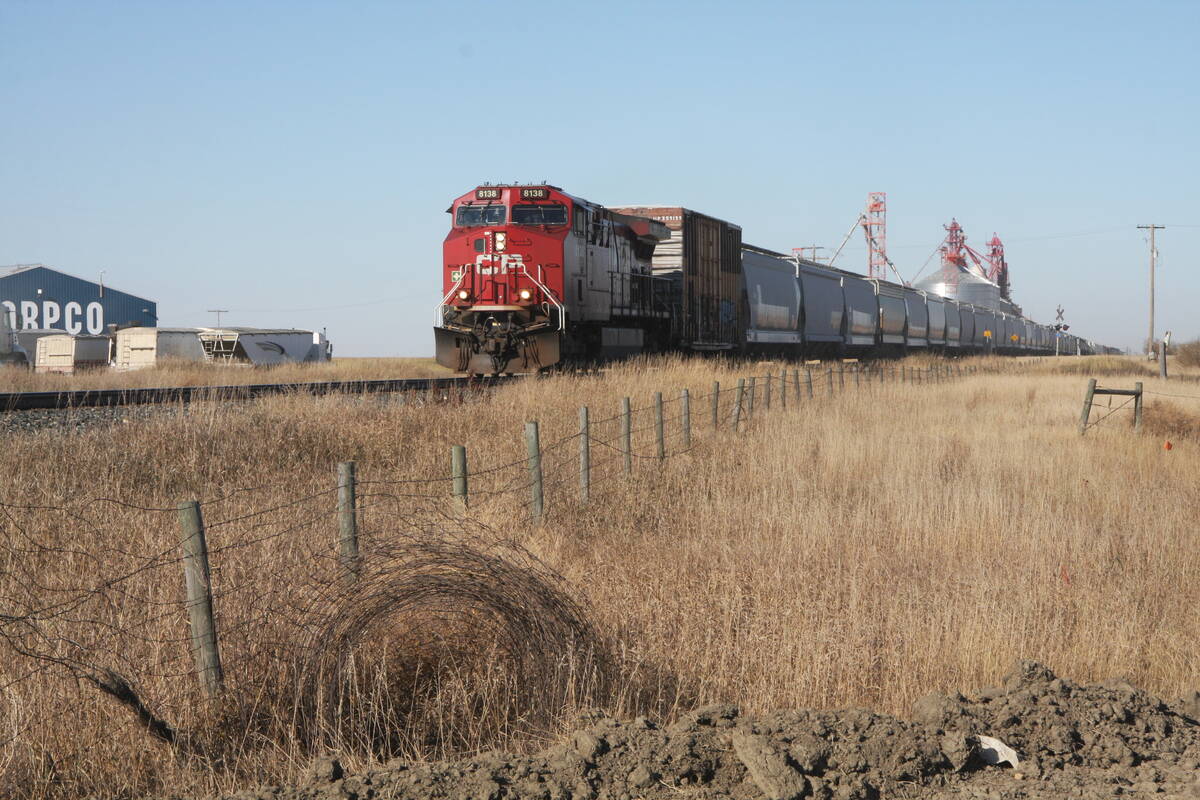
Motivations, solutions offered on tariff threat – Gary Mar, chief executive officer of the Canada West Foundation, did not mince words when he shared his thoughts on freshly inaugurated U.S. president Donald Trump during a recent presentation at the Farming Smarter Conference and Trade Show in Lethbridge.

China seeks debate at WTO on recent trade turbulence – China has called for a debate at the World Trade Organization on “trade turbulence” and how the global trade watchdog should respond in an apparent reference to tariffs launched or threatened by the United States.

Canada urged to look beyond U.S. for trade – Canadians should get used to ongoing trade threats from the United States, a former diplomat said last week.
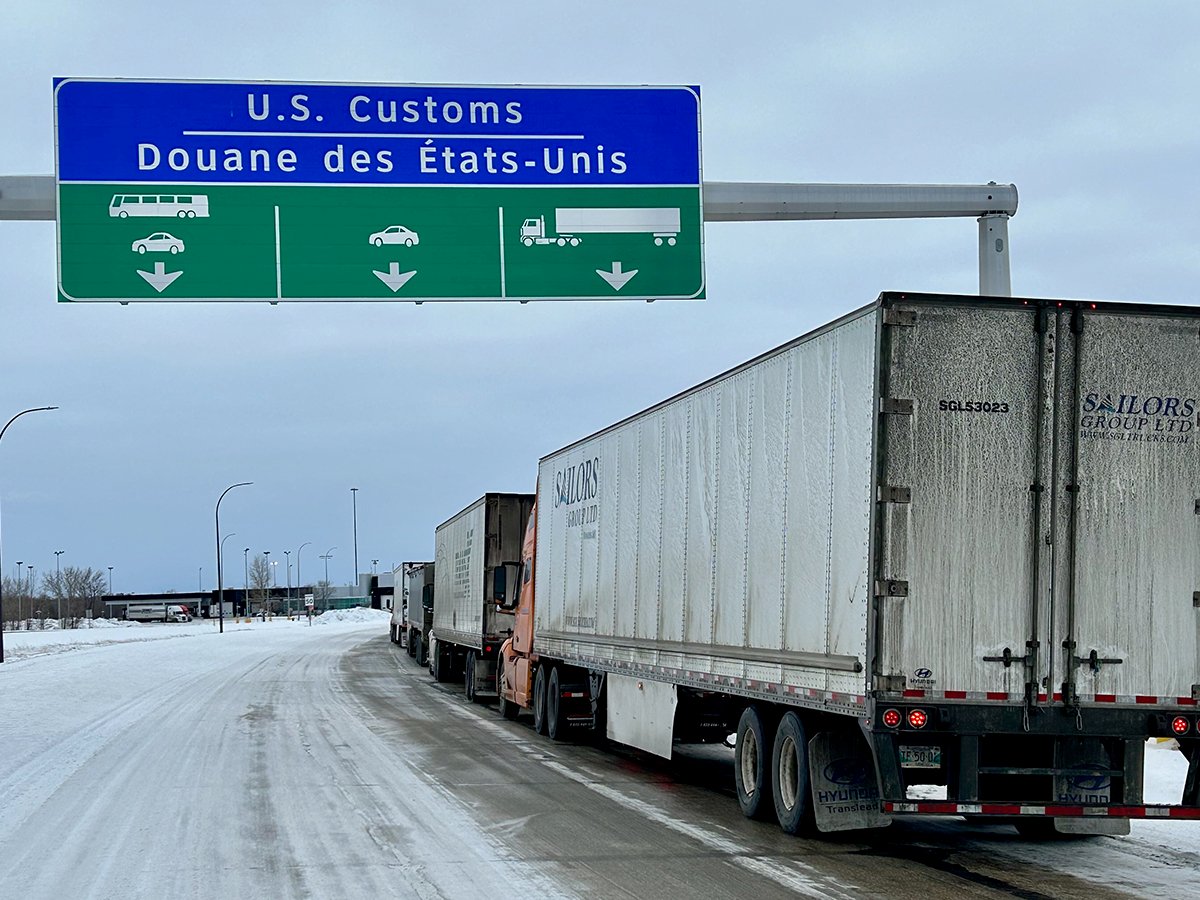
Assessing fallout from potential tariffs not easy – A senior Farm Credit Canada economist said uncertainty is the name of the game when it comes to the economy.
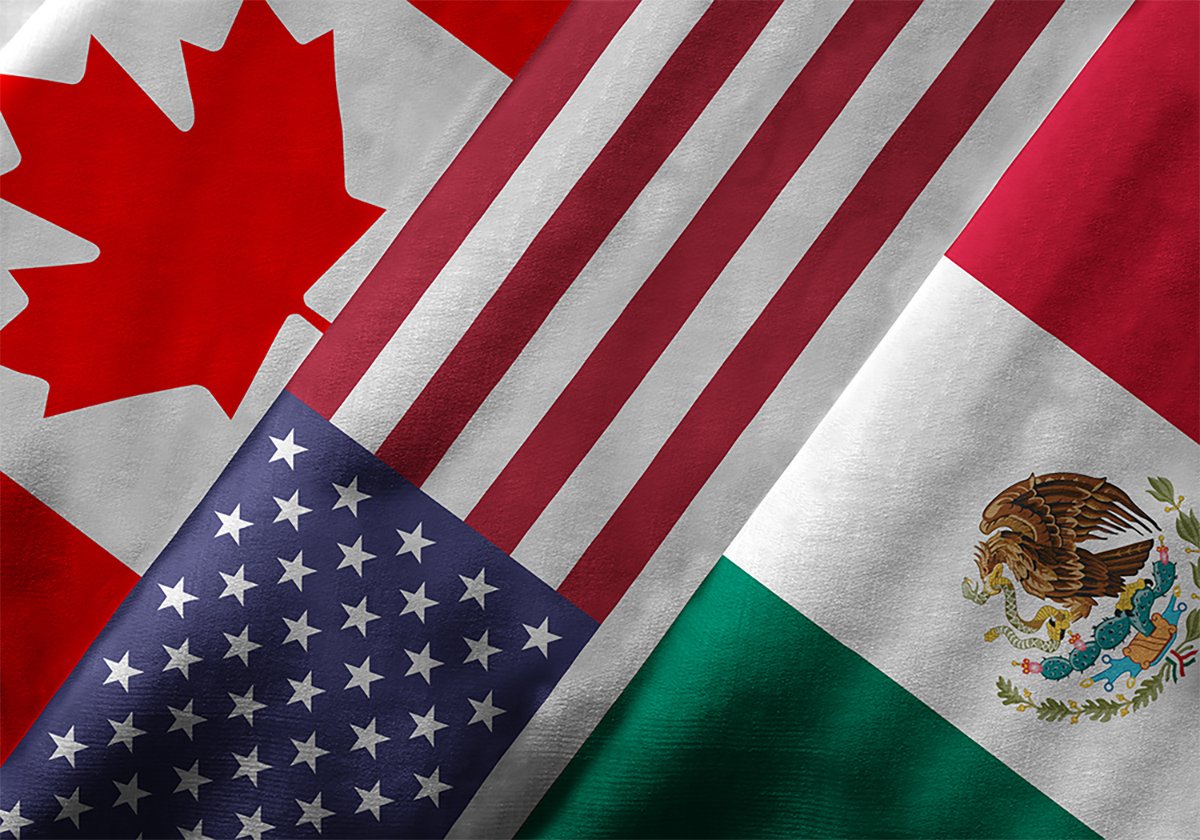
Beef analysts fight tariff murk on fate of the cattle market – If market analysts have one common thread when they try to untangle the future of Canadian beef, should U.S. tariffs come into effect, it’s that the longer the tariffs go on, the worse it will be. Past that, the crystal ball gets hard to read.
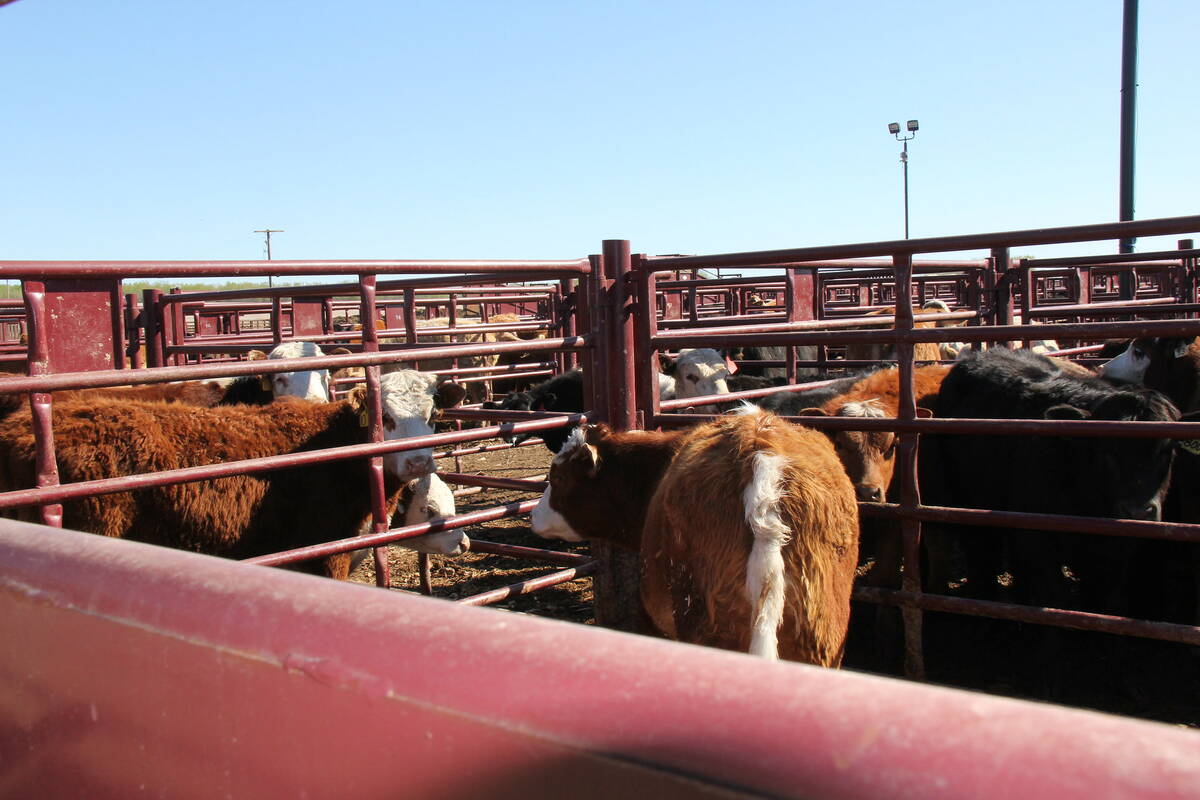
Posted February 27, 2025
Federal agriculture minister visits Washington as tariff deadline looms – Canada’s federal agriculture minister spent the week in Washington, the government said today, as the target date nears for the U.S. to impose tariffs on Canadian goods.

Trump sows confusion on tariffs for Canada and Mexico, floats 25 per cent duty on EU goods – U.S. President Donald Trump on Wednesday raised hopes for another month-long pause on steep new tariffs on imports from Mexico and Canada, saying they could take effect on April 2, and floated a 25 per cent “reciprocal” tariff on European cars and other goods.
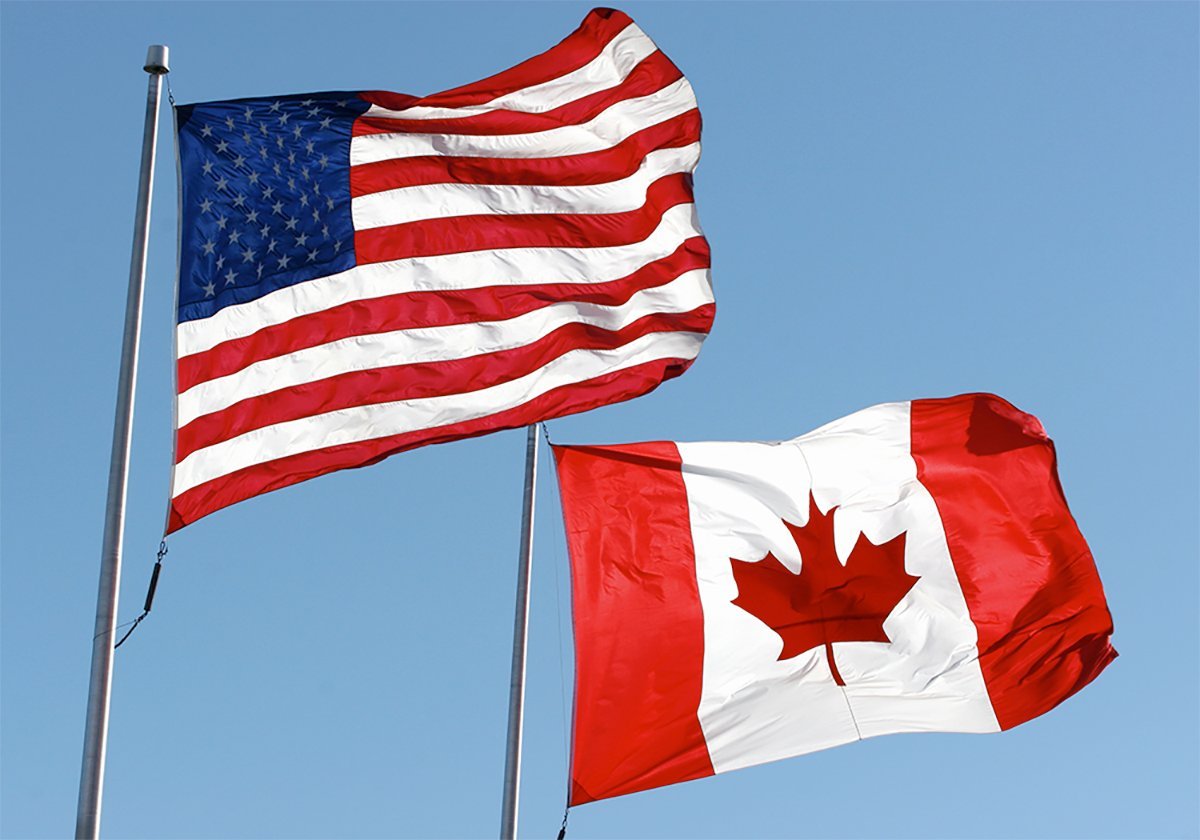
Posted February 26, 2025
Fat, feeder markets will face tariff hit – The effect of tariffs on the Canadian beef industry will depend on how high they are and how long they last, said well known cattle producer Kee Jim. But they will be ugly, he said.

Trump-related ‘hyperanxiety’ is driving political shifts says pollster – A country gripped by “Trump-driven hyperanxiety is” seeing political shifts due to economic strain, says a Canadian pollster.

Posted February 25, 2025
The time has come to end interprovincial trade barriers – Governments occasionally decide to make a grand policy move that irrevocably changes the course of their countries’ economies.
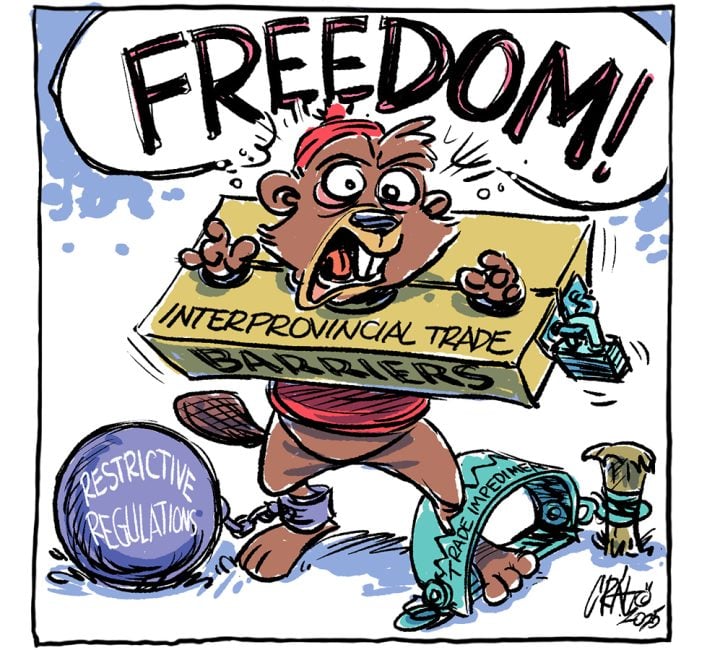
Trade tensions highlight need to diversify, strengthen Canada’s food export markets says RBC – Canada’s agriculture industry could drive forward a new era of trade diversification, but the time to forge that path forward is now according to a new report.
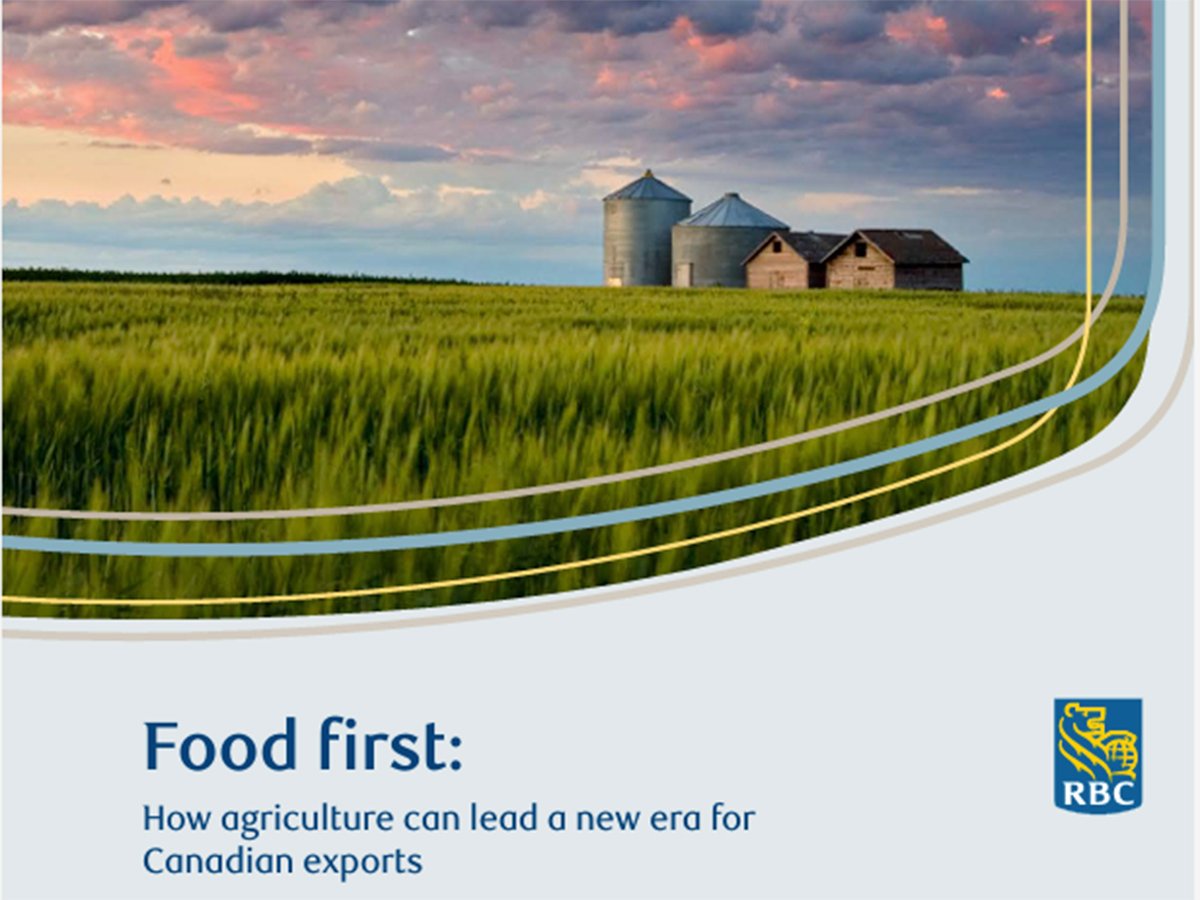
Free trade is flawed, but protectionism is worse – The United States has delayed its 25 per cent tariffs on Canadian goods till the beginning of March, giving Ottawa a brief window to assess its economic response.
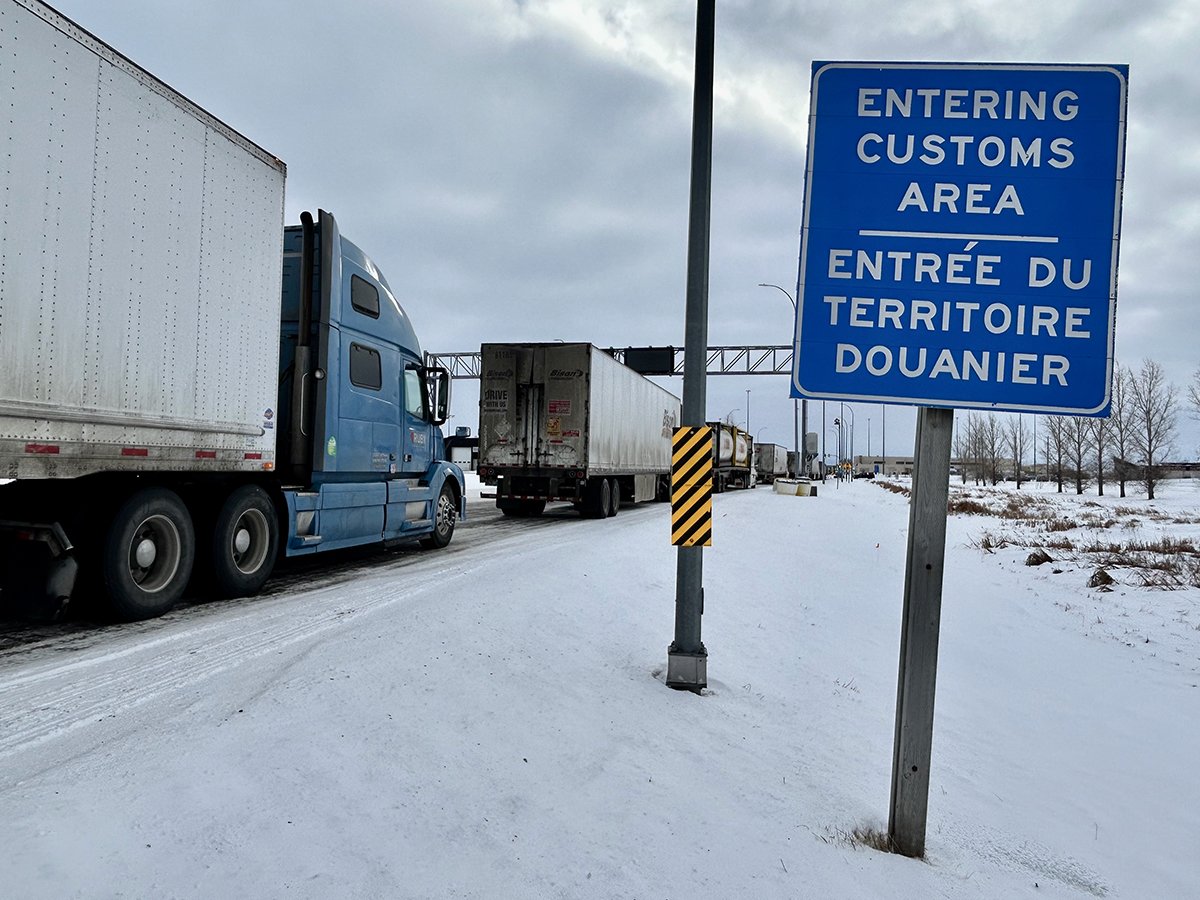
Posted February 21, 2025
Federal Government to remove some barriers to interprovincial free trade – The federal government said today it will break down trade barriers between provinces by removing 20 out of 39 exceptions to the Canadian Free Trade Agreement (CFTA). The announcement comes at a critical time for Canadian trade, as the threat of 25 per cent U.S. tariffs on Canadian goods and reduced cross-border trade still looms.
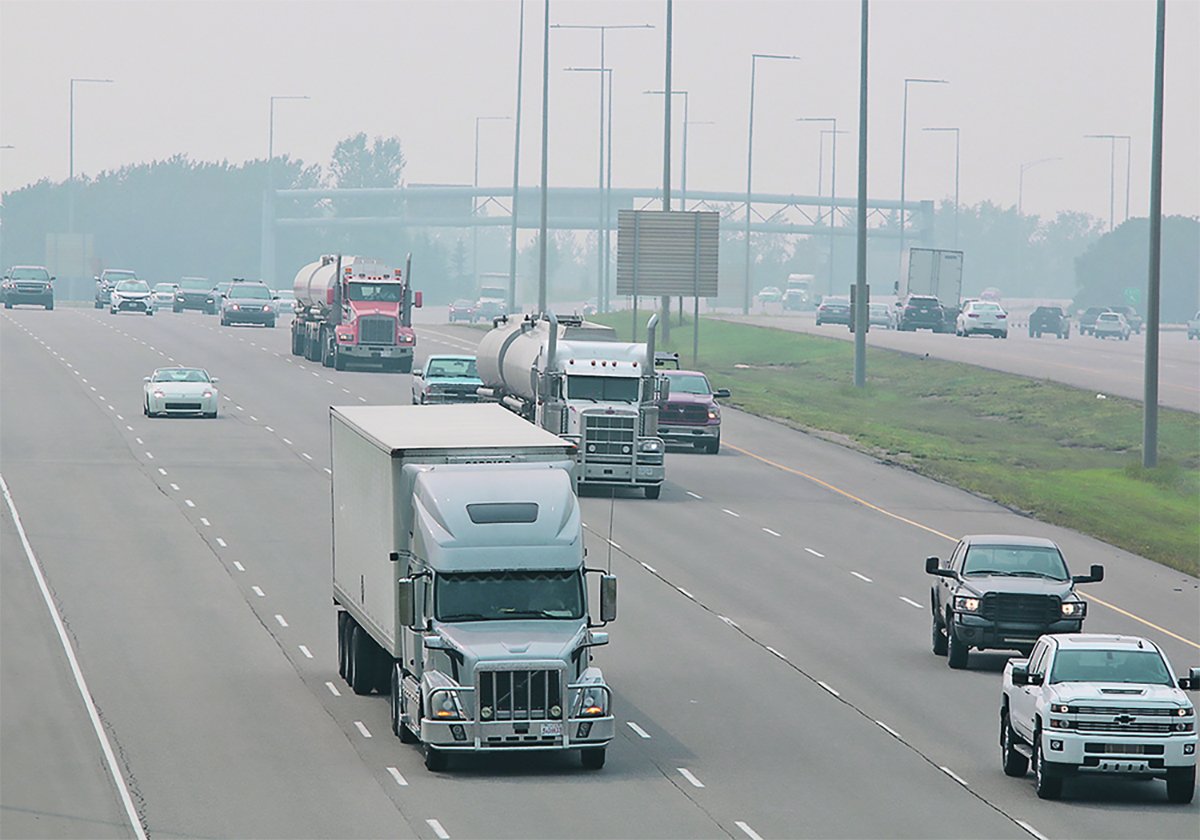
Nutrien says tariffs will lead to higher costs for U.S. farmers – Fertilizer producer Nutrien said on Thursday U.S. president Donald Trump’s proposed tariffs on Canadian imports will increase costs for American farmers.
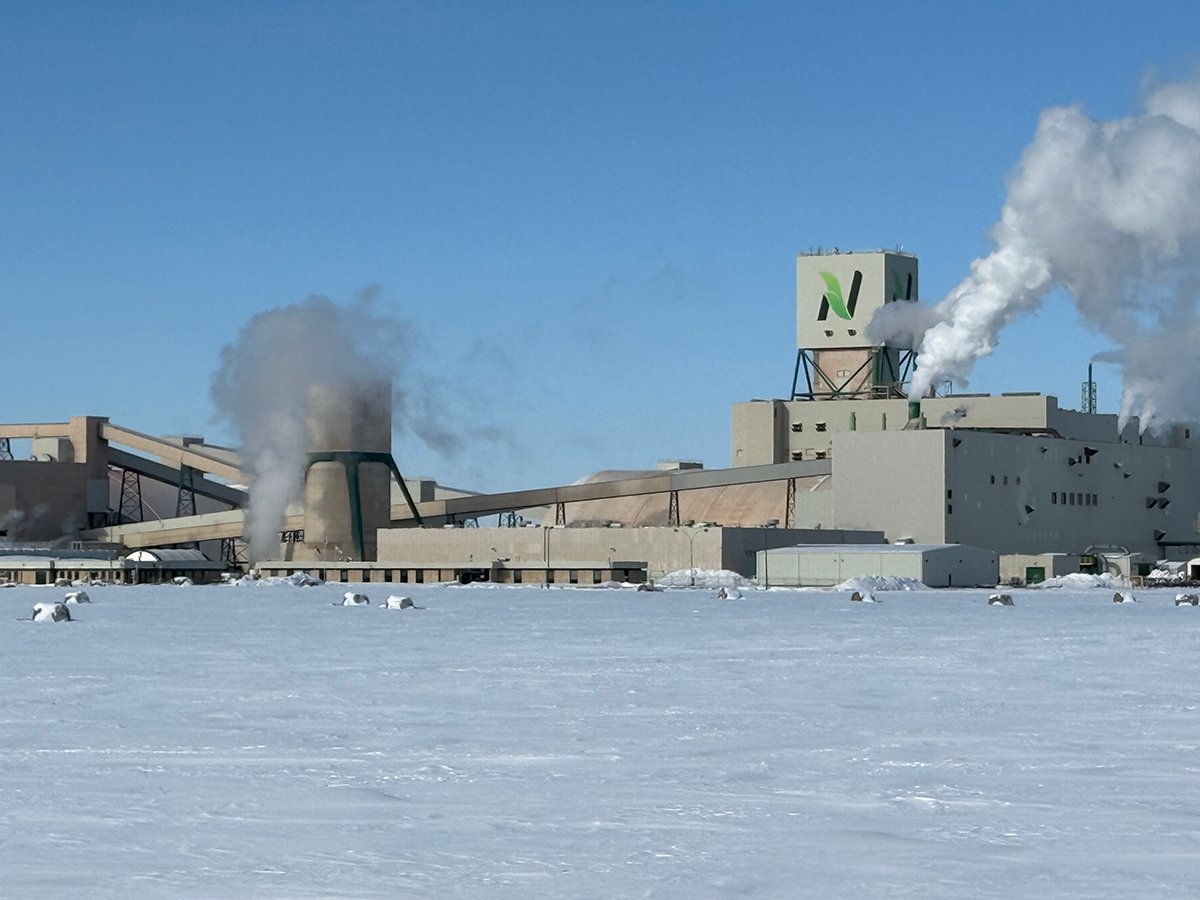
Posted February 20, 2025
Report ranks provinces by projected impact of broad U.S. tariffs – Alberta and Saskatchewan will be among the provinces hardest hit by U.S. tariffs, according to an assessment by the Conference Board of Canada.

Posted February 19, 2025
Feeder market softens while waiting on tariffs – Feedlot operators are selling fed cattle fairly aggressively in an attempt to jump ahead of potential tariffs.

Setting cattle aside may help buffer effects of U.S. tariffs – With a 25 per cent U.S.-imposed export tariff still hanging over their heads, Canadian beef producers are bracing for a market disruption not seen since BSE was found in a domestic cow in Alberta in 2003.
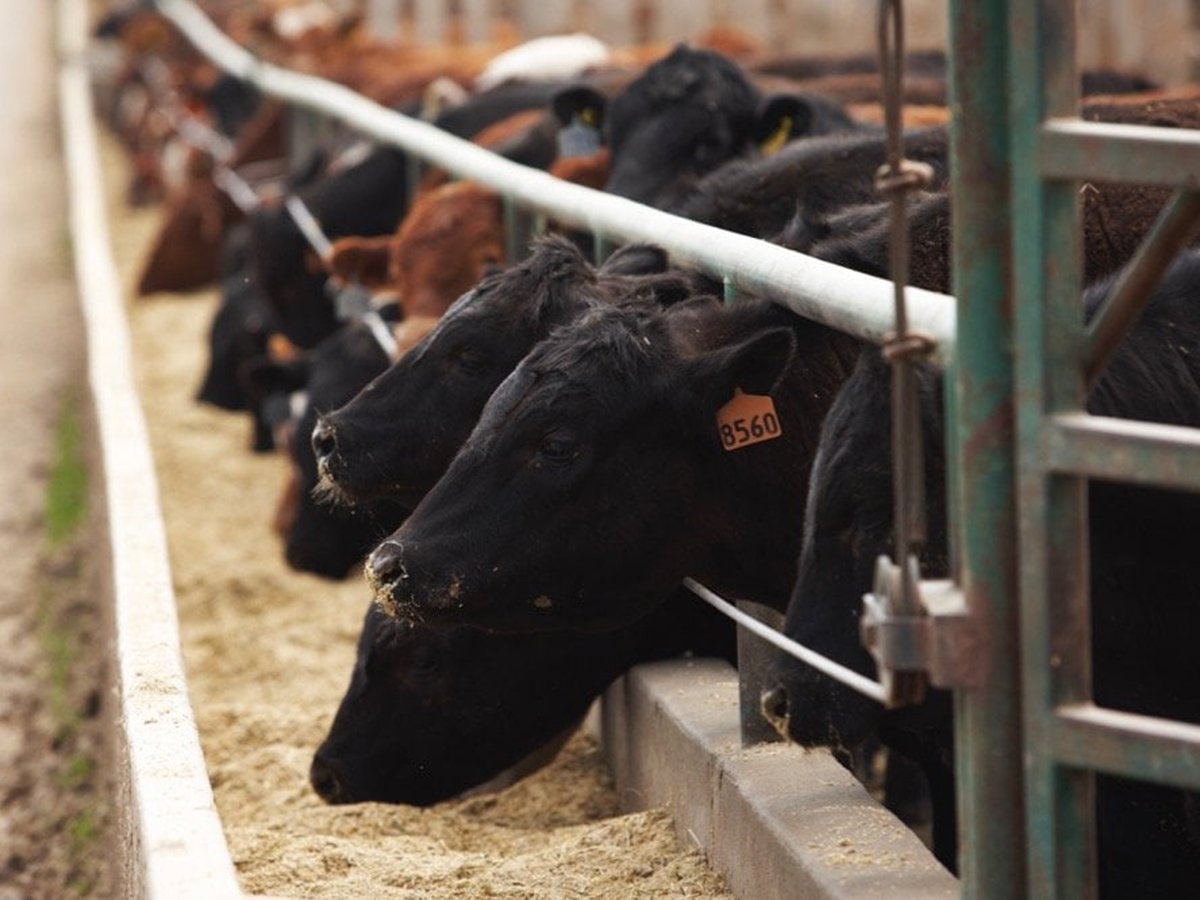
Posted February 18, 2025
Trump’s trade war demands a radical response – U.S. president Donald Trump’s threat of a 25 per cent tariff on Canadian imports looms over the economy like a guillotine. If the blade drops, the country could be pushed into a deep recession, wiping out thousands of jobs and reversing decades of economic co-operation with the United States.

China in a weaker position to respond to Trump tariffs – Will China respond to U.S. president Donald Trump’s latest tariffs in the same way it did in 2018, by restricting its imports of American soybeans? As the U.S. president lashes out against friend and foe alike with his fixation on using tariffs to fight what he sees as unfair trade imbalances, it is nearly impossible to weigh all the consequences.

Tariff crisis is not over yet: analysts – A couple of grain industry analysts believe Trump’s proposed tariffs will resurface. “I think the tariffs against Mexico and Canada are coming back,” Dan Basse, president of AgResource Inc., recently told World Grain.
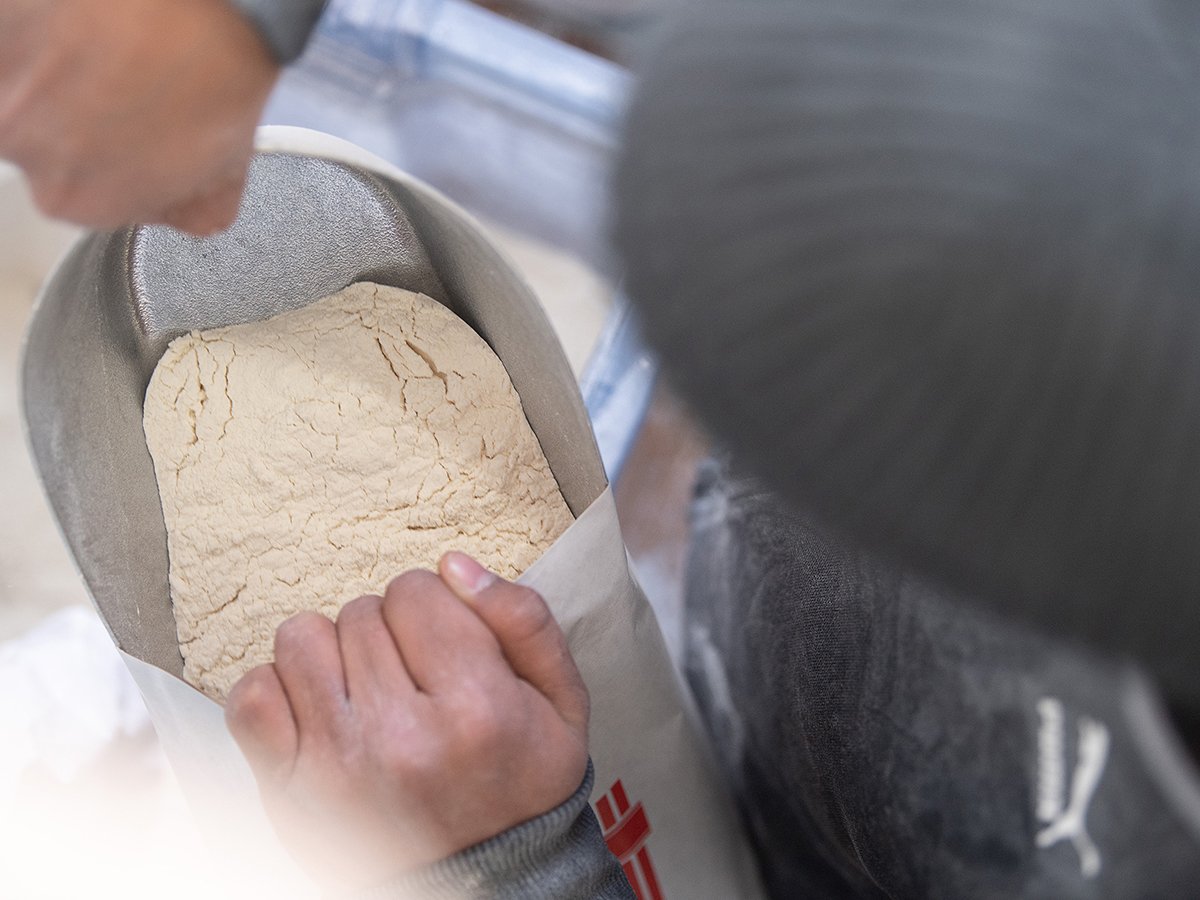
We must respond to Trump but try to avoid escalation – The reason Canadian politicians are struggling to figure out U.S. President Donald Trump’s endgame is because he doesn’t have a grand strategy — other than his stated objective to make things so uncomfortable for Canadians that they join the United States.
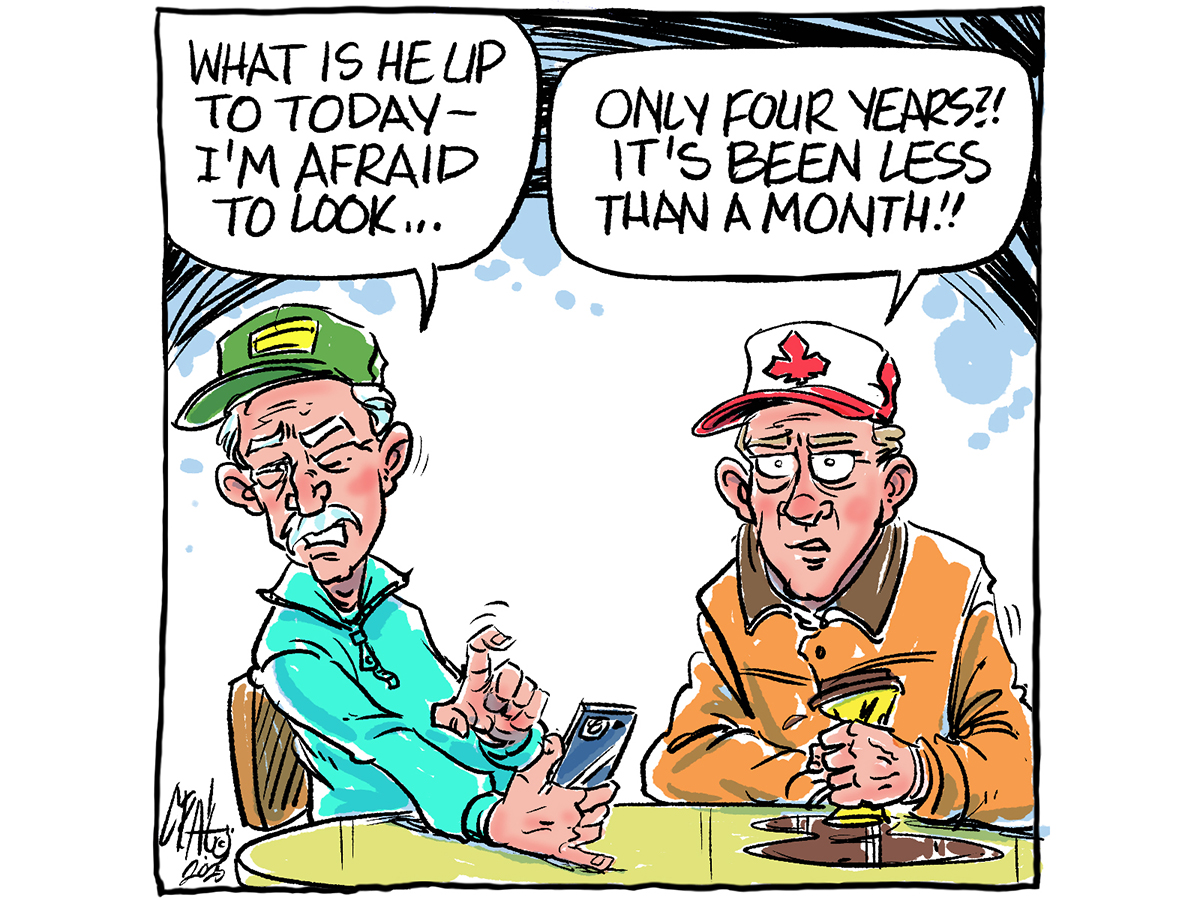
Railway performance is in a bad way and likely to get worse – Both of our major railways are struggling to move grain in a timely fashion.

Posted February 13, 2025
U.S. bison ranchers rally against potential tariffs – One American farm group is speaking out against tariffs. The National Bison Association, based in Colorado, says the United States’ bison industry relies heavily on imported animals from Canada.
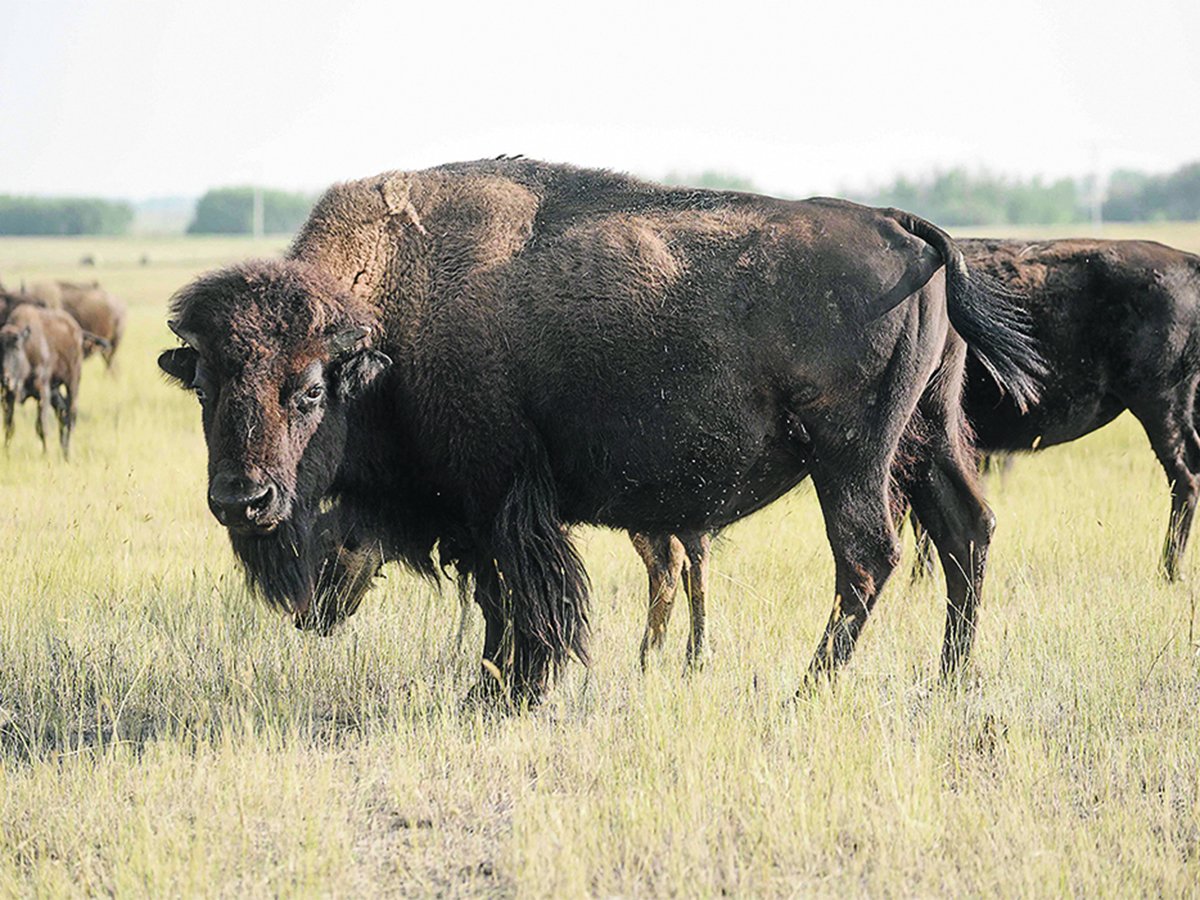
Posted February 12, 2025
Tariff pause means continued uncertainty for manufacturers – The postponement of tariffs on Canadian exports to the United States has farm equipment manufacturers left wondering how to proceed.

Tariffs at forefront of trade – Tariffs — or the lack thereof — were at the forefront of the North American grain and oilseed markets during the first week of February, with canola futures getting a boost from the last-minute pause to threatened U.S. tariffs on Canadian imports.
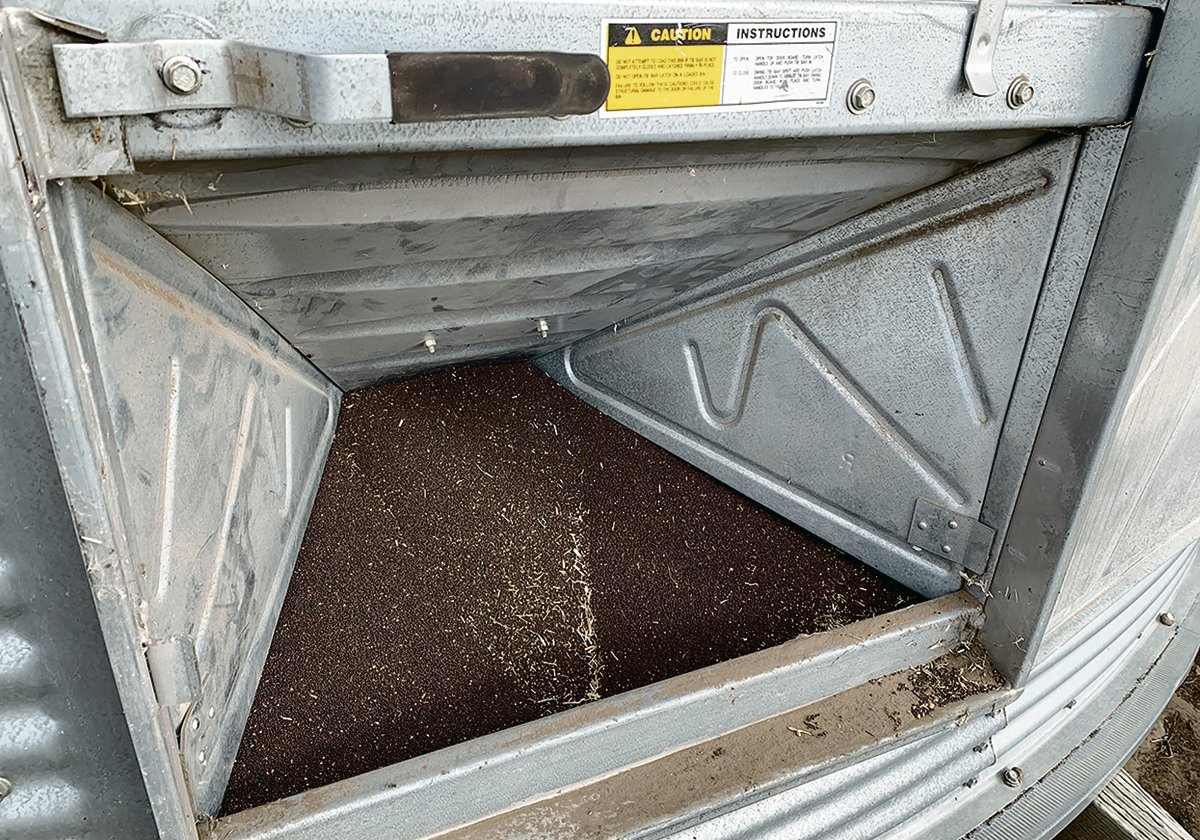
Trump readies reciprocal tariffs as trade war fears mount – Donald Trump’s trade advisers were finalizing plans on Wednesday for the reciprocal tariffs the U.S. president has vowed to impose on every country that charges duties on U.S. imports, ratcheting up fears of a widening global trade war and threatening to add to already-sticky U.S. inflation.
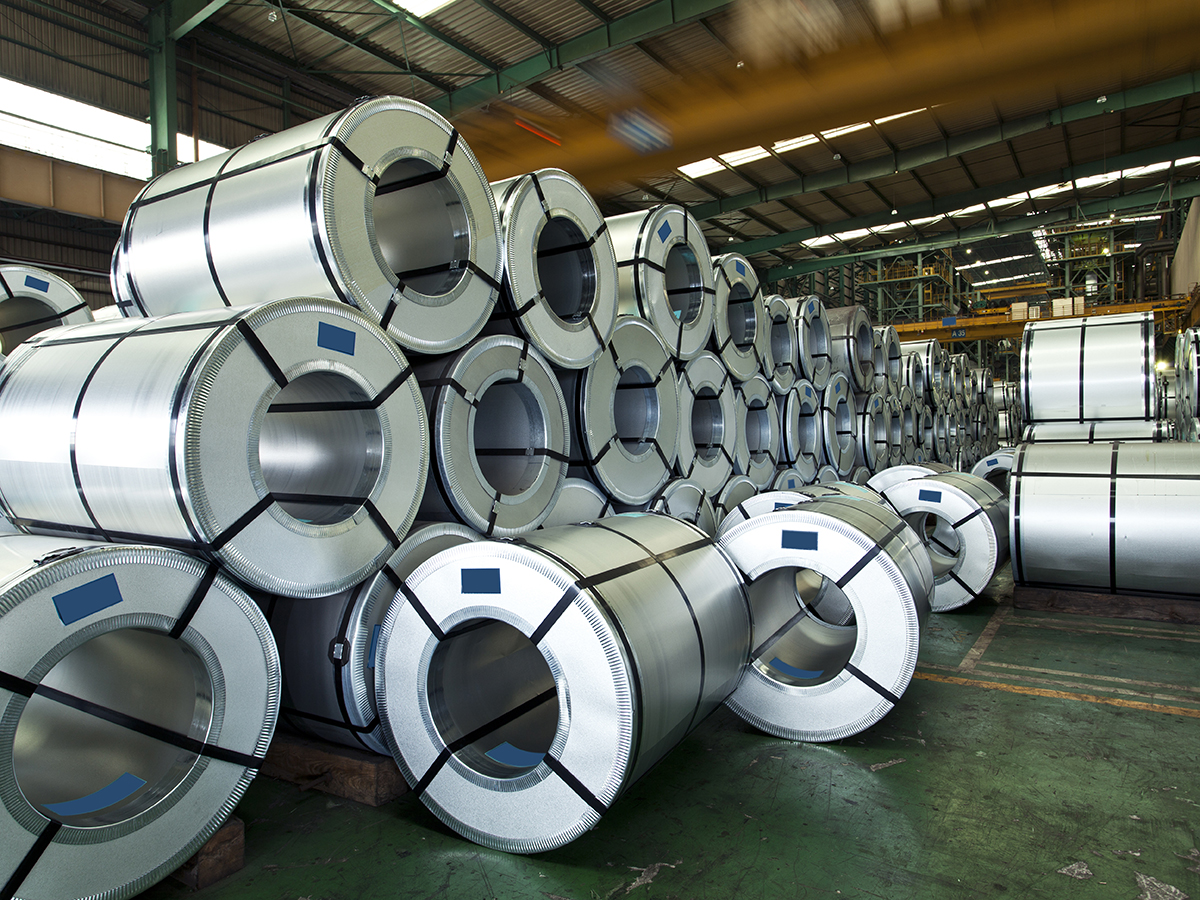
Posted February 11, 2025
Trump takes Canada on a pointless roller coaster ride – Another week, another ride on the rollercoaster called U.S. president Donald Trump. By now it’s an all-too-familiar story.

U.S. producers also keeping close watch on Trump’s policies – It isn’t only Canadian farmers who should be concerned about U.S. president Donald Trump and his policy plans. Despite solid Trump support in rural America, many of his stated policies will adversely impact U.S. farmers.

EU, Canada and Mexico condemn Trump move to hike steel and aluminum tariffs – Mexico, Canada and the European Union on Tuesday condemned U.S. President Donald Trump’s decision to impose tariffs on all steel and aluminum imports next month, a move that has fanned fears of a trade war.
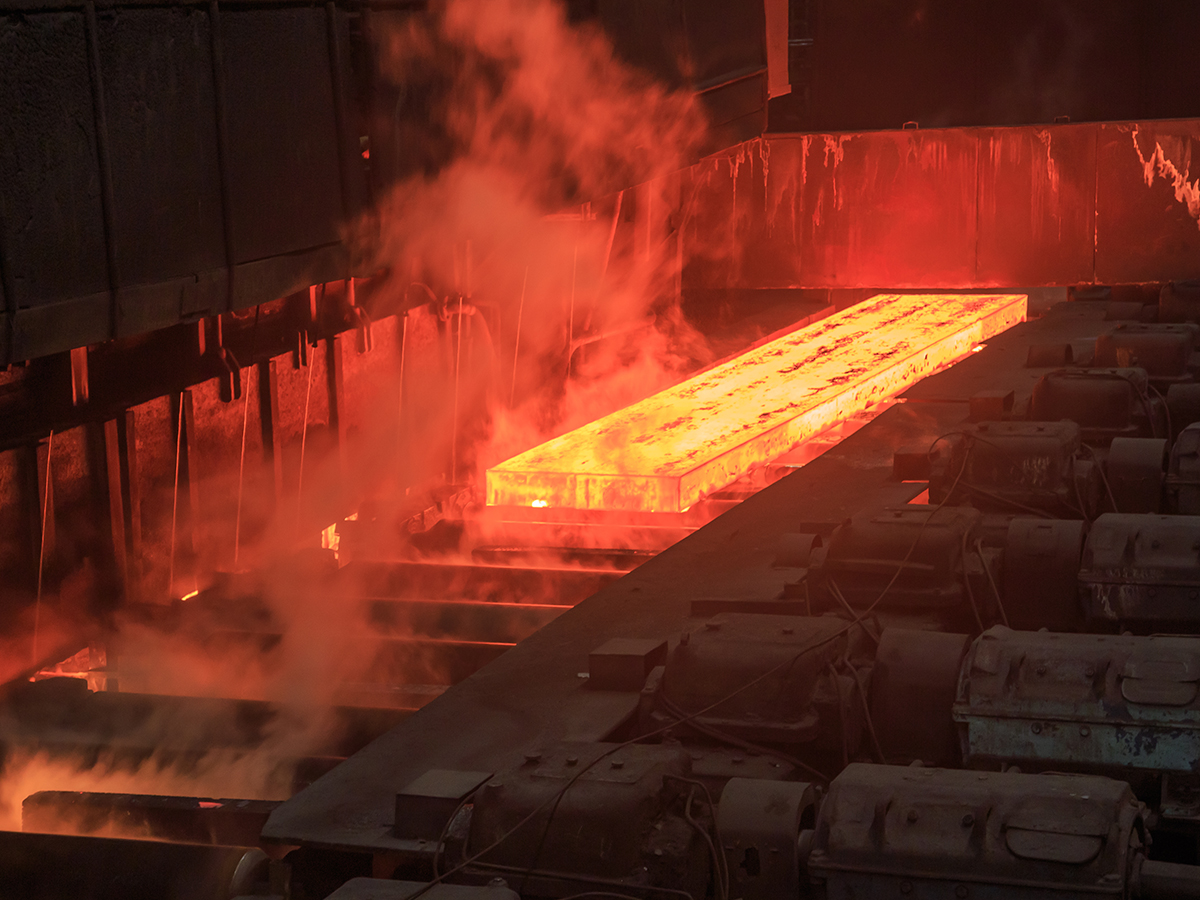
Tariff tensions stall forward contracts – Despite being paused for 30 days, concerns over tariffs coloured the commentary at this year’s Swine Seminar held recently in Winnipeg. “Given what’s happened this past week, I was hoping I could take the predictions part off of that presentation,” said Manitoba Pork general manager Cam Dahl.
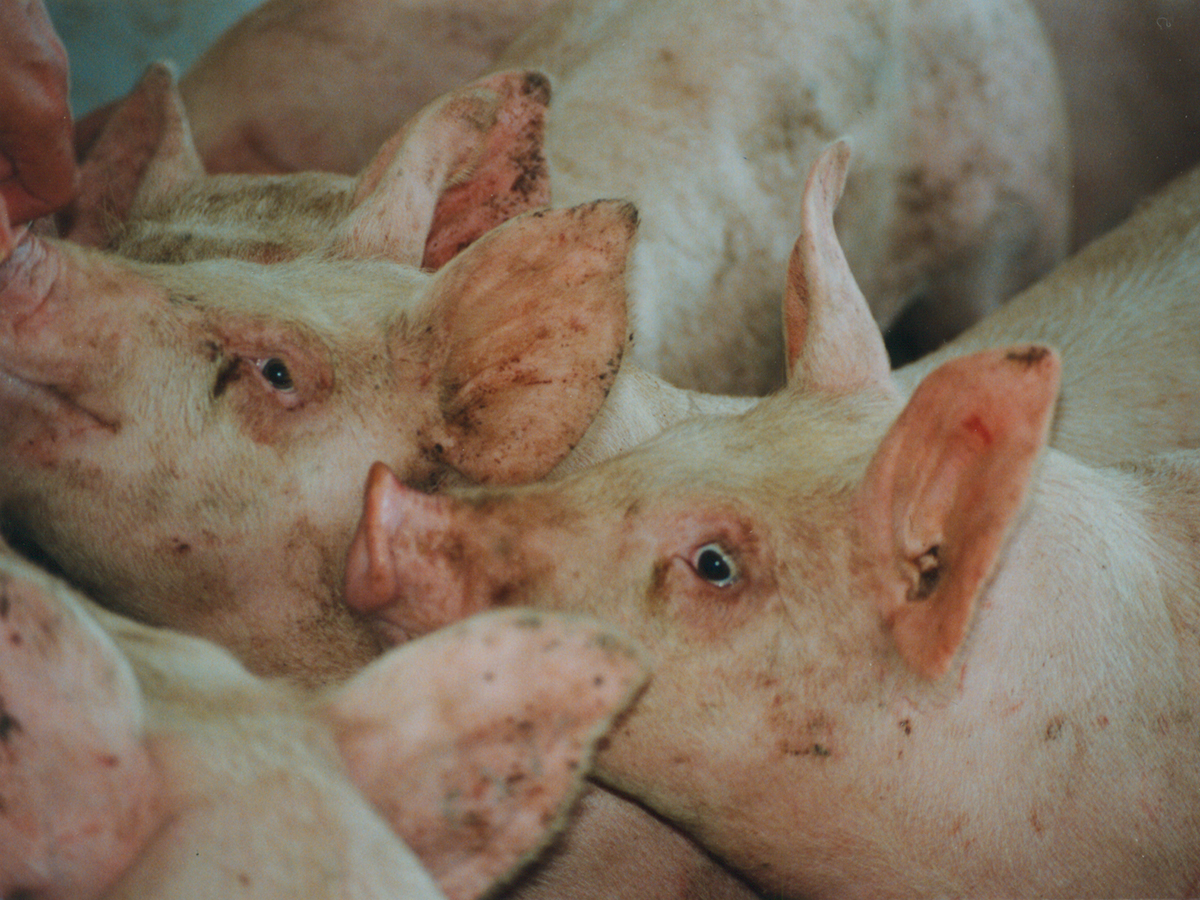
Posted February 10, 2025
Canada seeks stronger EU trade ties as both regions threatened by Trump tariffs – Brussels | Reuters — Canada wants to deepen its economic ties with the EU and uphold global trading rules in the face of threatened U.S. tariffs, its trade minister Mary Ng told Reuters on Saturday.

Trump expected to announce 25 per cent steel and aluminium tariffs in latest trade salvo – President Donald Trump is expected to introduce new 25 per cent tariffs on Monday on all steel and aluminum imports into the U.S., on top of existing metals duties, in another escalation of his shake-up of trade policy.
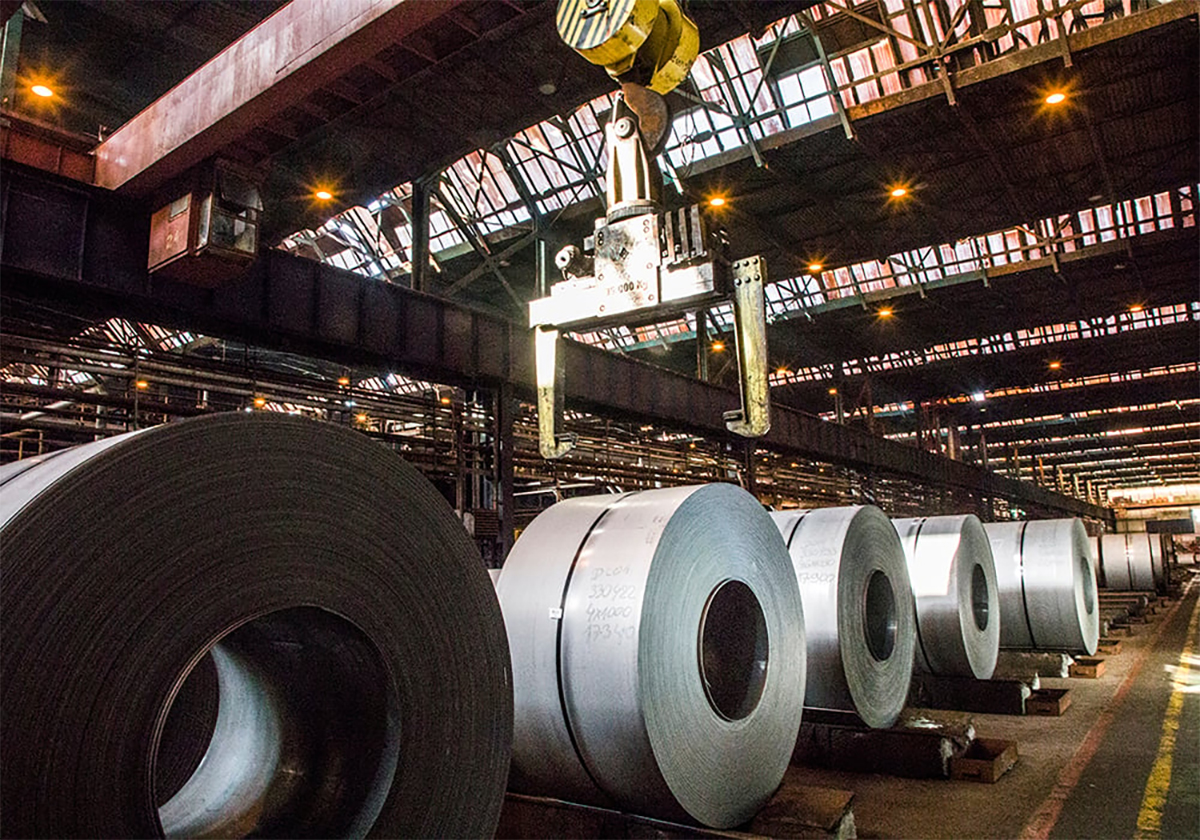
Uncertainty rules as Canadian cattle industry faces tariff threat – Canadian producers returning from an American beef conference are no wiser about how their industry will be affected by possible American tariffs, said the past-president of the Canadian Cattle Association (CCA).

Posted February 5, 2025
Is Trump’s tariff pause an ongoing extortion attempt? – Speaking during a media scrum in the Oval Office on Monday, U.S. president Donald Trump provided yet another justification beyond border security for threatening tariffs against Canada and Mexico. “We have a trade deficit with Canada right now,” he said. “I look at some of these (trade) deals made and say, who the hell made these deals, they’re so bad.”

A belligerent U.S. is scary, but situation not hopeless – A new era of international trade is beginning as U.S. president Donald Trump prepares to launch trade wars, including with Canada. This isn’t something we should take personally. We are being drawn into a dispute that is not of our making. Nor is it an isolated event.

Prairie farmers must prepare for a protracted economic battle – The natural reaction is to strike back against American tariffs with tariffs of our own, but it’s like kicking the sandbox bully in the shins while he has you in a chokehold. What’s to stop president Donald Trump from ratcheting up American tariffs even further?

Posted February 3, 2025
U.S. tariffs on Canada delayed until March – A looming trade war between Canada and the United States set to begin Feb. 4 will be postponed for at least another month, Prime Minister Justin Trudeau announced via social media late Monday, Feb. 3.
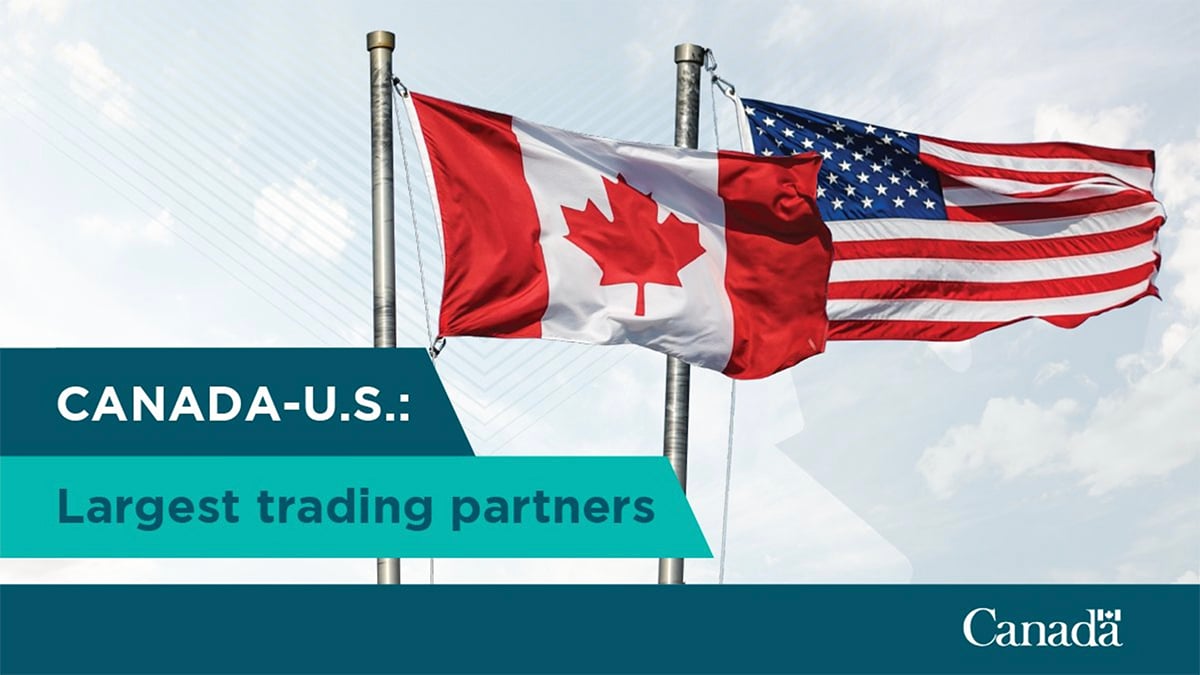
Trump tariffs mean Canadian whisky importers may pass costs to Americans – LONDON/NEW YORK, Feb 3 (Reuters) – Global makers of alcoholic drinks like Diageo DGE.L are caught in the cross-fire of a major trade war as U.S. tariffs deal a hefty blow to an industry already struggling with falling sales.

ICE canola futures rise on hopes tariffs can be avoided – WINNIPEG, Manitoba – Feb. 3 (Reuters) – ICE canola futures reversed course from weakness in the overnight market to steadily rise Monday on optimism U.S. tariffs can be avoided.

Mexico, U.S. reach deal to delay tariffs for one month – MEXICO CITY/WASHINGTON/BRUSSELS (Reuters) – U.S. President Donald Trump paused new tariffs on Mexico for one month after Mexico agreed on Monday to reinforce its northern border with 10,000 National Guard members to stem the flow of illegal drugs.
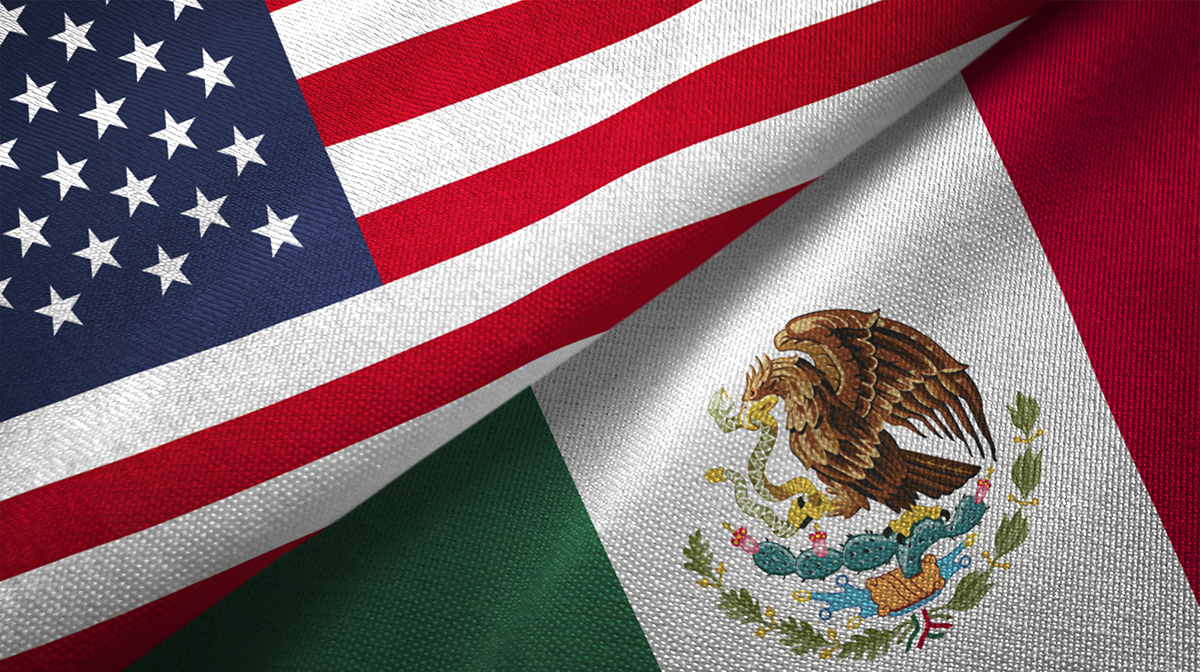
Canada can’t afford to let its food sector be snatched in trade war – Canada’s food sector, which is this country’s largest manufacturing sector and one pivotal to our national security, is about to be kidnapped unless we come up with a strategy to protect it.
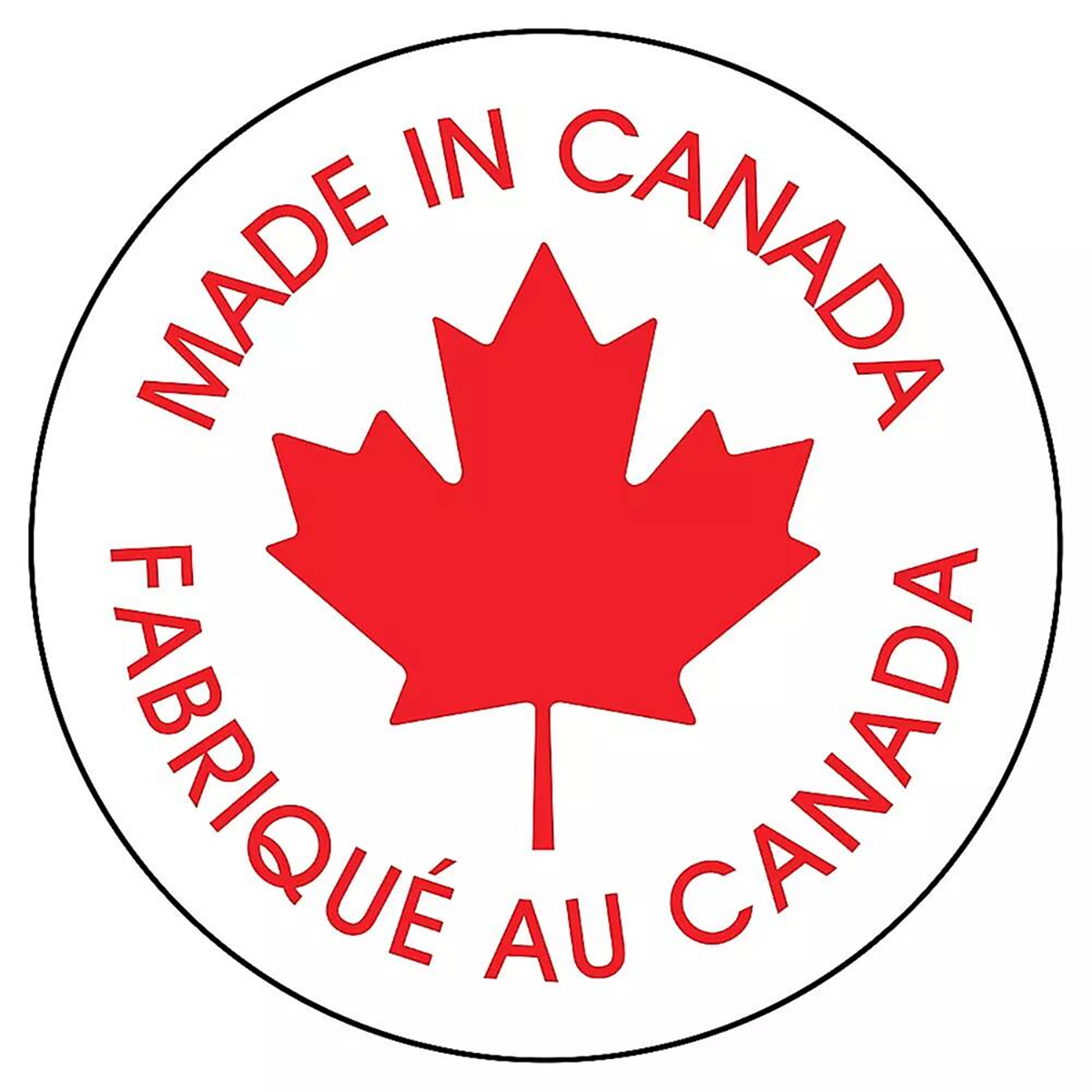
Farmers juggle mental health in face of Trump tariffs – Months spent under a hammer of threatened U.S. tariffs have been hard on farmers. According to one farm mental health advocate, the lack of clarity may be even worse for farmer mental states than confirmed bad news.

Tariffs will be ‘devastating’ – U.S. President Donald Trump announced Feb. 1 he will implement threatened 25 per cent tariffs against Canada. Prime minister Justin Trudeau quickly announced retaliatory tariffs matching Trump’s at 25 per cent.
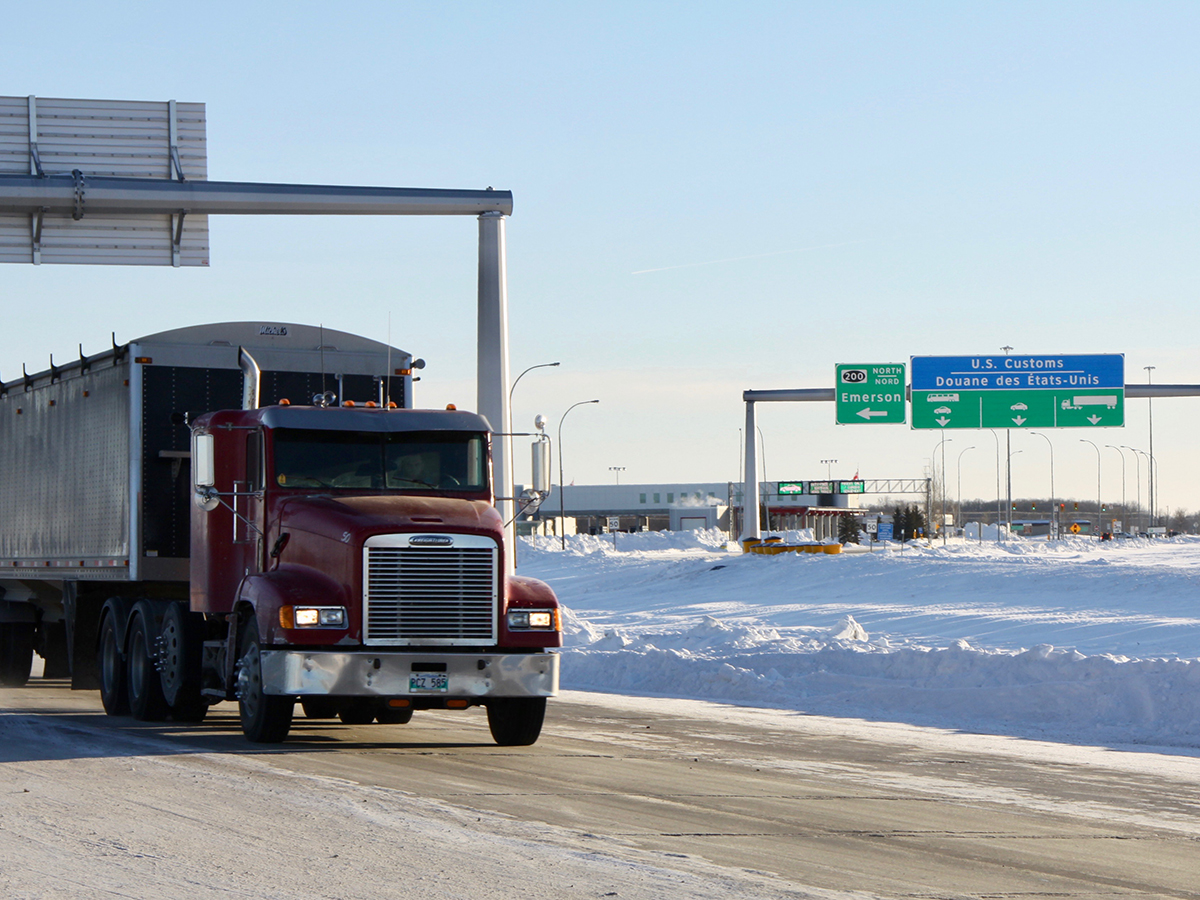
List of products from the United States subject to 25 per cent tariffs – Government of Canada
Posted January 31, 2025
White House says Trump to impose tariffs on Canada, others Saturday – U.S. President Donald Trump on Saturday will implement tariffs of 25per cent on Canadian and Mexican imports and 10per cent on Chinese goods with immediate effect, White House spokesperson Karoline Leavitt said on Friday.

Geopolitics and uncertainty expected to shape the future – While 2024 wrapped up with a lot of anticipation, 2025 looks increasingly uncertain. That was the message from Ross Prusakowski, deputy chief economist with Export Development Canada, during the Canadian Soybean Harvest Update held late last month.

Posted January 30, 2025
Ag sector urged to insure against tariff fallout – Stakeholders in the broad Canadian agri-food industry are grappling with the uncertain future of bilateral trade with the United States, based on a 25 per cent tariff on Canadian goods and services that U.S. president Donald Trump promised would come early in his second tenure in office.
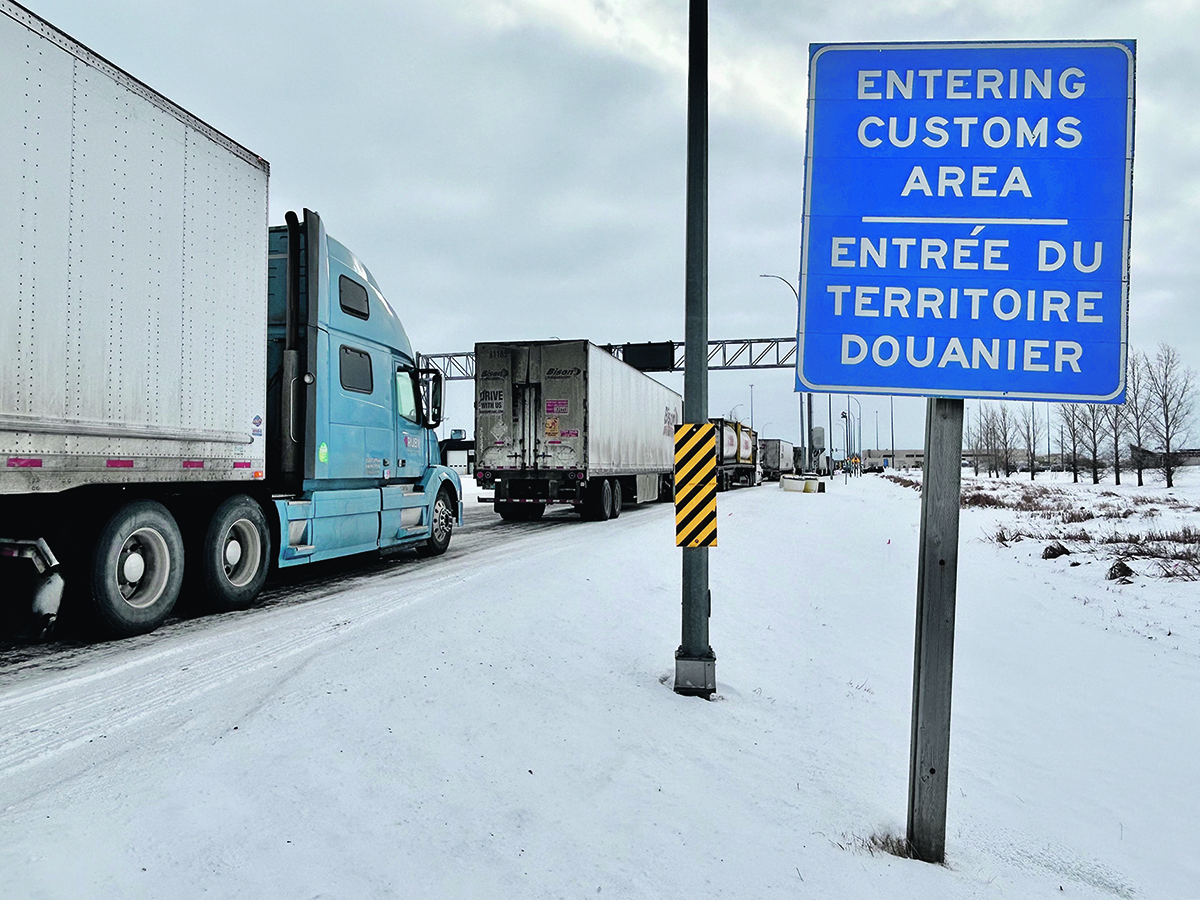
Posted January 29, 2025
Rethinking Canada’s U.S. relationship – Robert Frost famously said, “good fences make good neighbours.” While this adage underscores the importance of respecting boundaries, it also invites reflection on the purpose of those fences and how they shape relationships.
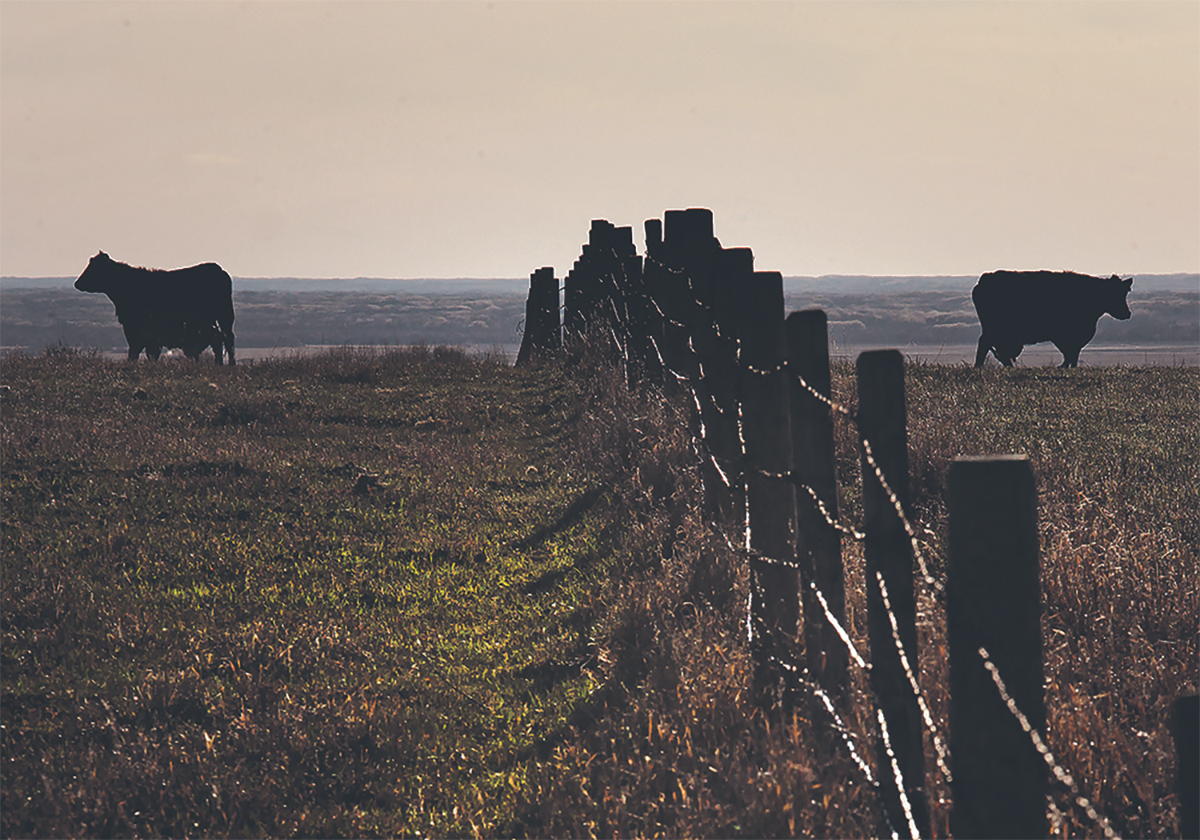
Posted January 28, 2025
New trade policy suggested – REGINA — The pressures on Canadian agriculture point to the need for a forward-looking strategy, said panelists discussing whether the sector’s luck will run out this year. The immediate reaction to proposed tariffs from the United States was retaliation, but they said the situation could be the impetus for a strategy to take primary agriculture and food manufacturing to another level.
Delayed U.S. tariffs support feeder complex – For the week ending Jan. 25, western Canadian feeder markets were quite variable, trading $5-$10 on either side of unchanged compared to seven days earlier. Producer selling increased over the past couple of weeks, and sales volumes were larger than normal at many auction barns.

Trump-effect volatility will be a perennial market mover – On-again, off-again tariff talk kept agricultural markets on edge with the inauguration of U.S. President Donald Trump.
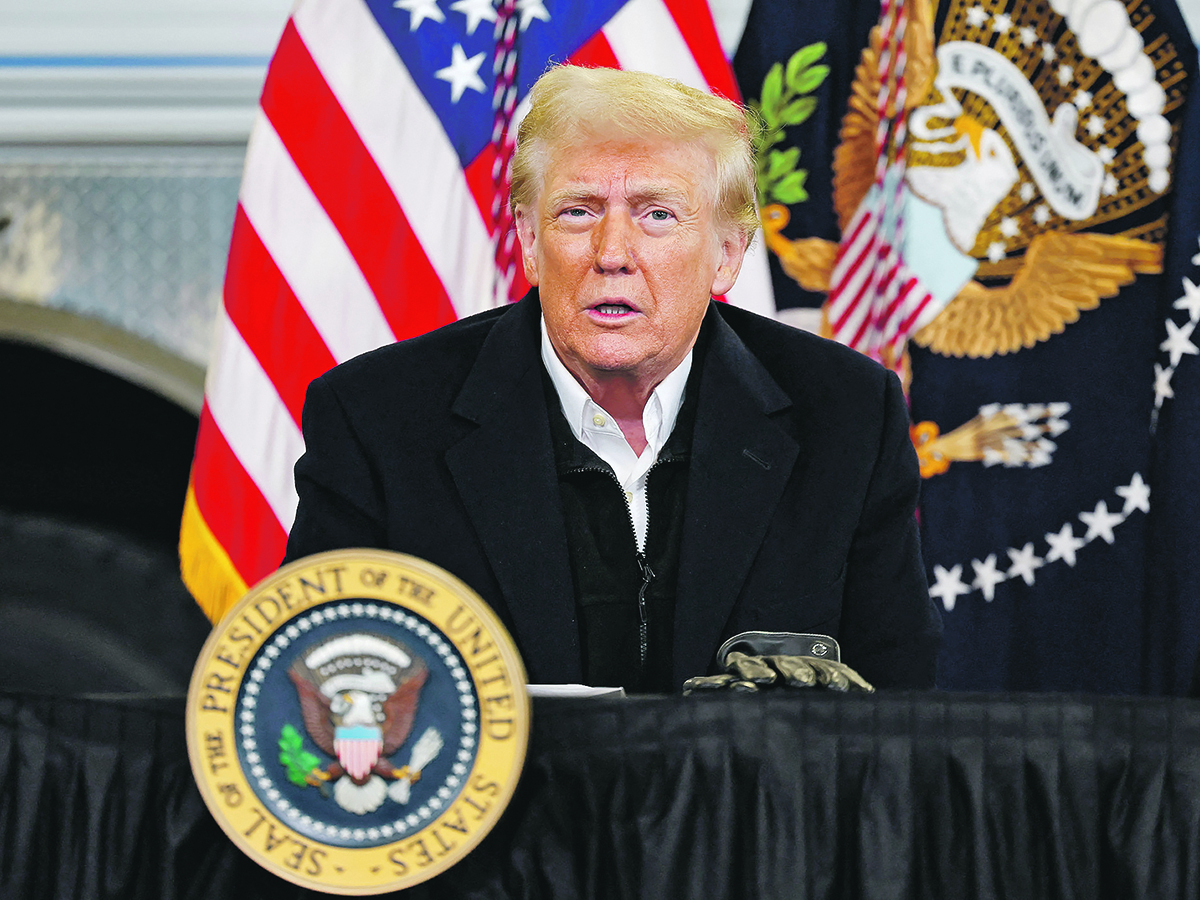
Predicting the future of tariffs is not an easy thing to do – If you make your living as a forecaster of markets, nothing will humble you as much as dealing with political uncertainty. Agriculture markets have had their fair share of uncertainty from the political arena in the past decade.
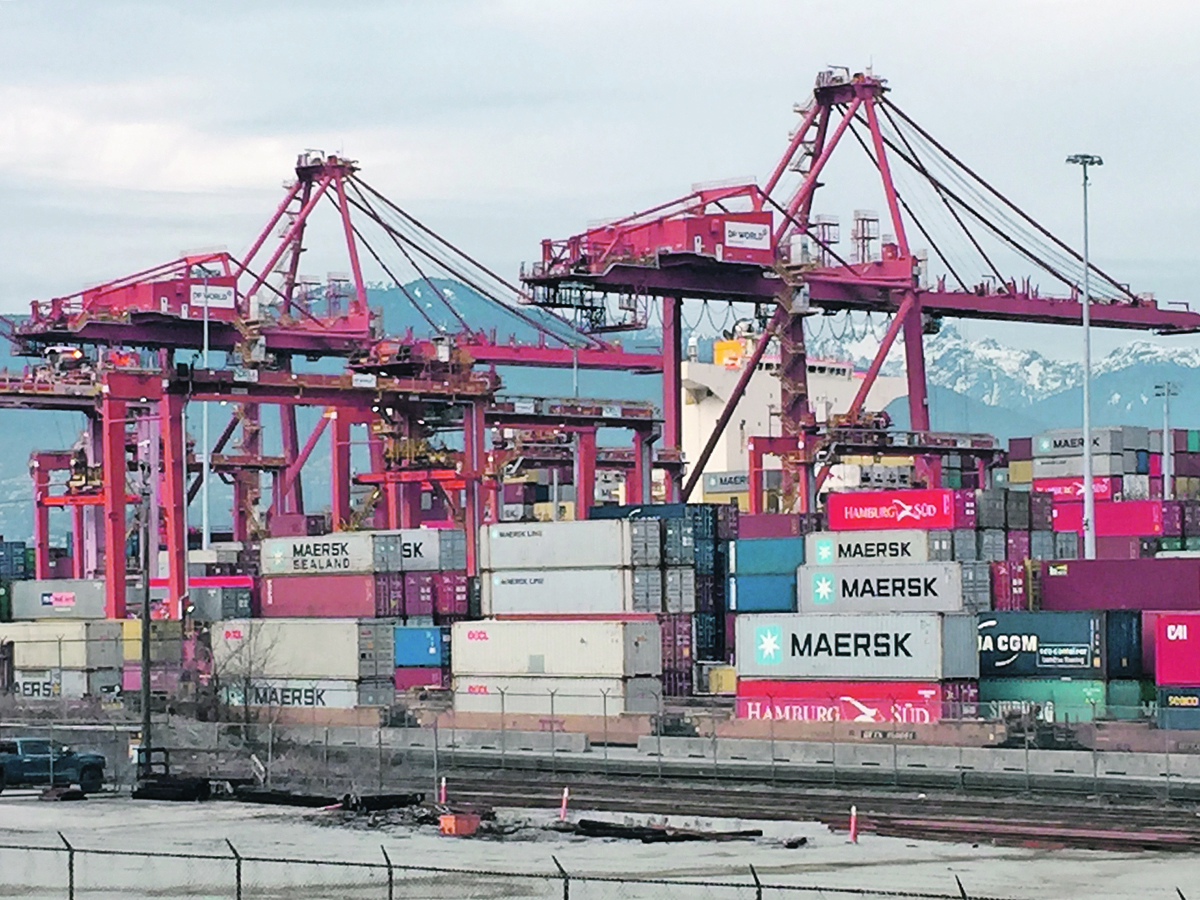
Posted January 23, 2025
Tit-for-tat tariff retaliation called bad for meat industry – Glacier FarmMedia – Cattle producers throughout North America have been holding their breath since President Donald Trump began his second term in office. They are hoping he will not go ahead with his threat to impose 25 per cent tariffs on all goods from Canada and Mexico, an additional 10 per cent tariff on all Chinese imports and a 100 per cent tariff on imports from the BRICS nations (Brazil, Russia, India, China, South Africa).
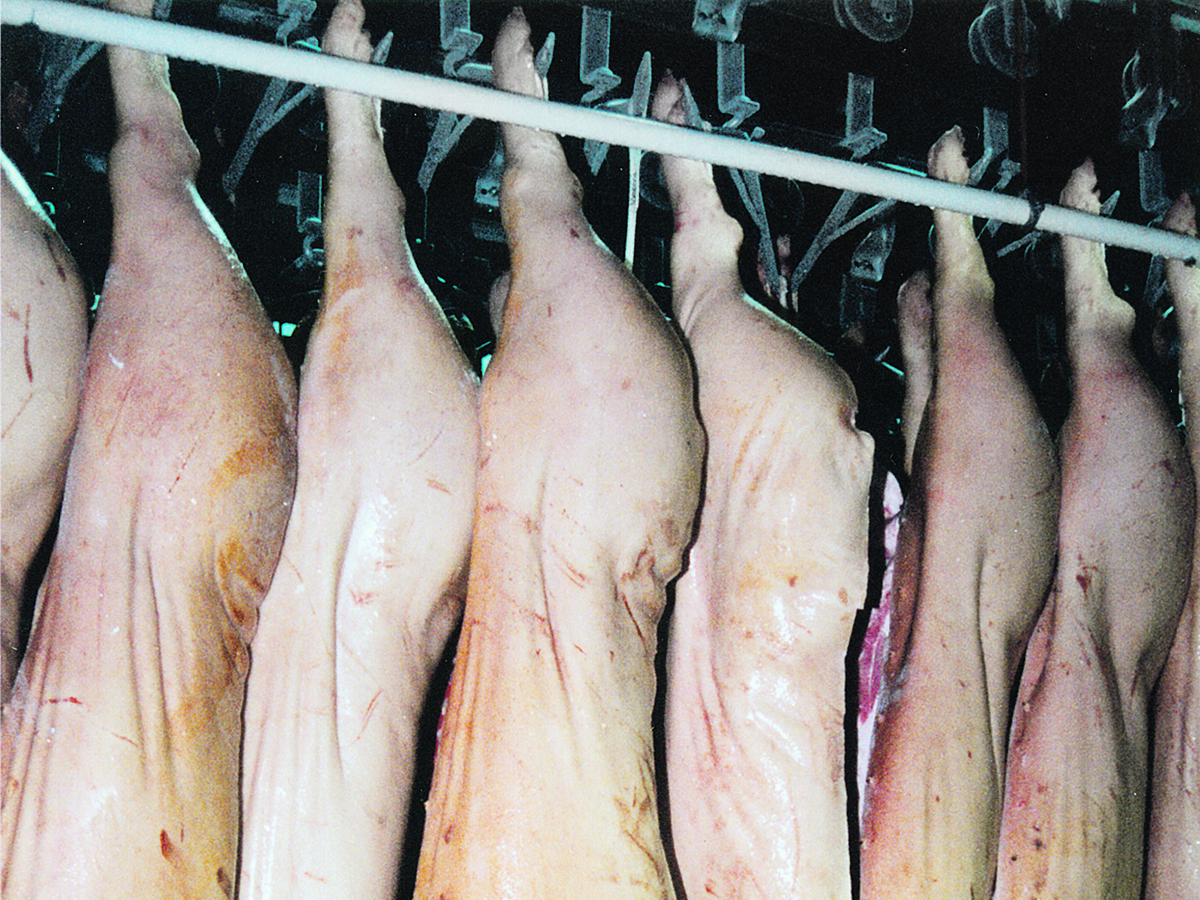
Posted January 22, 2025
Analysts believe American tariffs are inevitable – REGINA — Canada’s livestock sectors have been anxious about the prospect of tariffs since Donald Trump won the American election in November. Dennis Laycraft, executive vice-president at the Canadian Cattle Association, said without knowing exactly what is coming, the organization could analyze the threatened tariffs only so much.
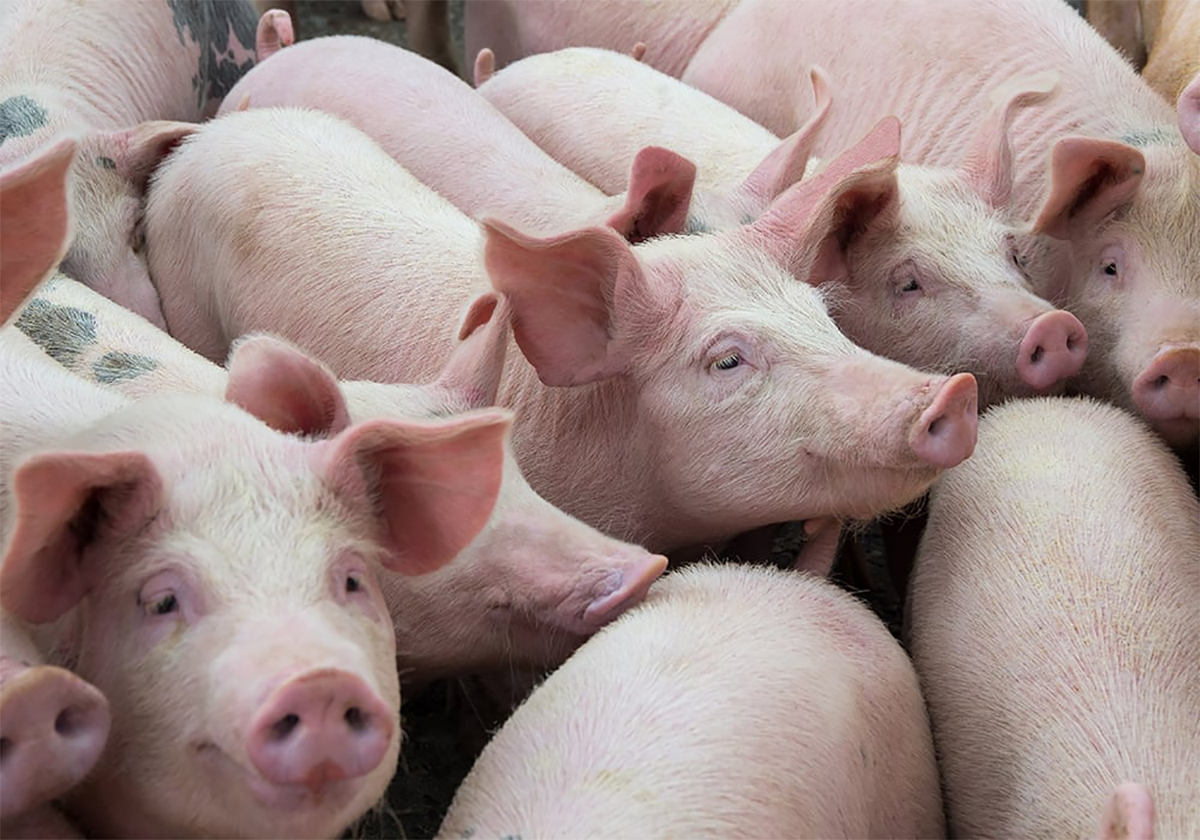
Tariff threat already disrupting ag trade – WINNIPEG — In 2023, Canada shipped $8.6 billion worth of canola products to the United States. The vast majority of that was canola oil and meal, which was valued at $8.3 billion. However, those exports were disrupted in the first couple of weeks of January as canola crushers on the Prairies waited on the possibility of 25 percent tariffs on all products from Canada.
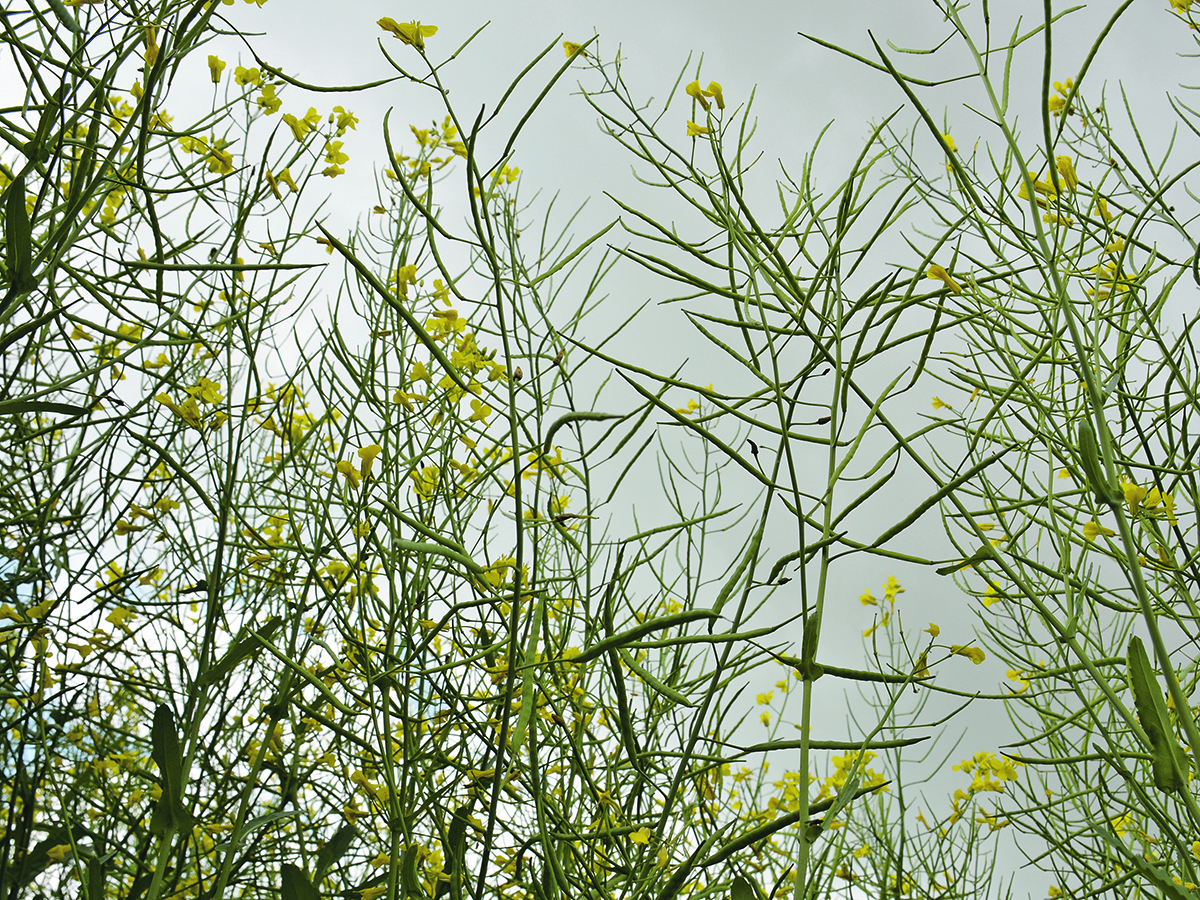
Politicians promise united front to fight American tariffs – Federal and provincial governments are presenting a united front to make sure threatened U.S. tariffs don’t go forward, according to prime minister Justin Trudeau. The tariffs proposed by U.S. president Donald Trump have left many Canadian producers worried and uncertain about the economic fallout.

U.S. tariff squeeze promises to be a messy affair – Imagine squeezing a ripe tomato in the palm of your hand. Some juice squirts out. More juice runs down your arm with the tomato looking very different from when you started. This is being written just ahead of President Donald Trump’s inauguration and threatened tariffs, but if he follows through on his threats, business will react to the pressure.

Tariffs could heat up ‘boring’ potash market – ST. JEAN, Man. — The global market for potash is stable and somewhat “boring,” says a market watcher. However, that could change soon if U.S. president Donald Trump imposes tariffs on Canadian potash.

Demand surges for beef and live, feeder cattle – For the week ending Jan. 18, western Canadian feeder cattle markets were relatively unchanged compared to seven days earlier. U.S. president Donald Trump was inaugurated Jan. 20, and feedlot operators are concerned about potential tariffs on fed cattle and beef products.
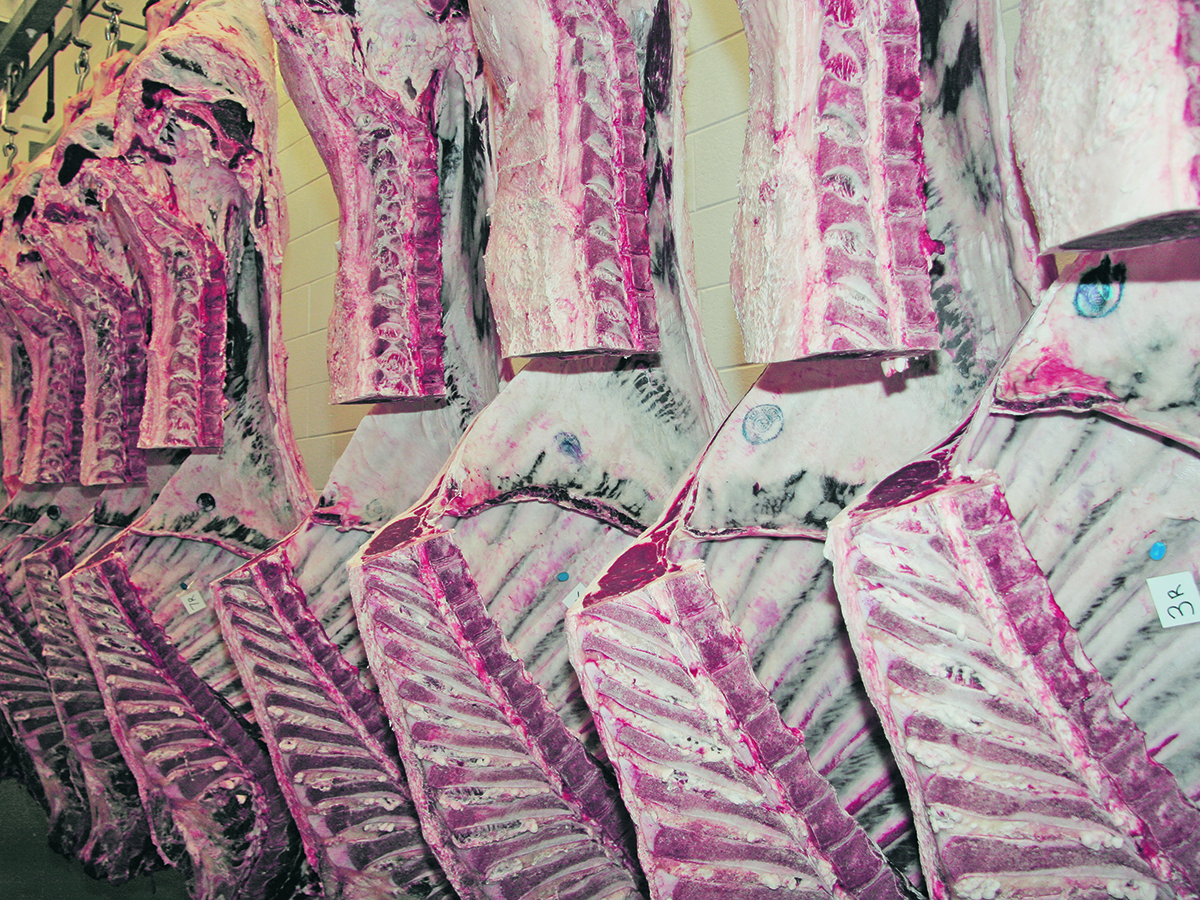
Tariff barriers affect trade flows more than they do prices – Canada has dodged import tariffs for now, but we should be vigilant because we are likely to see them imposed in the coming months.
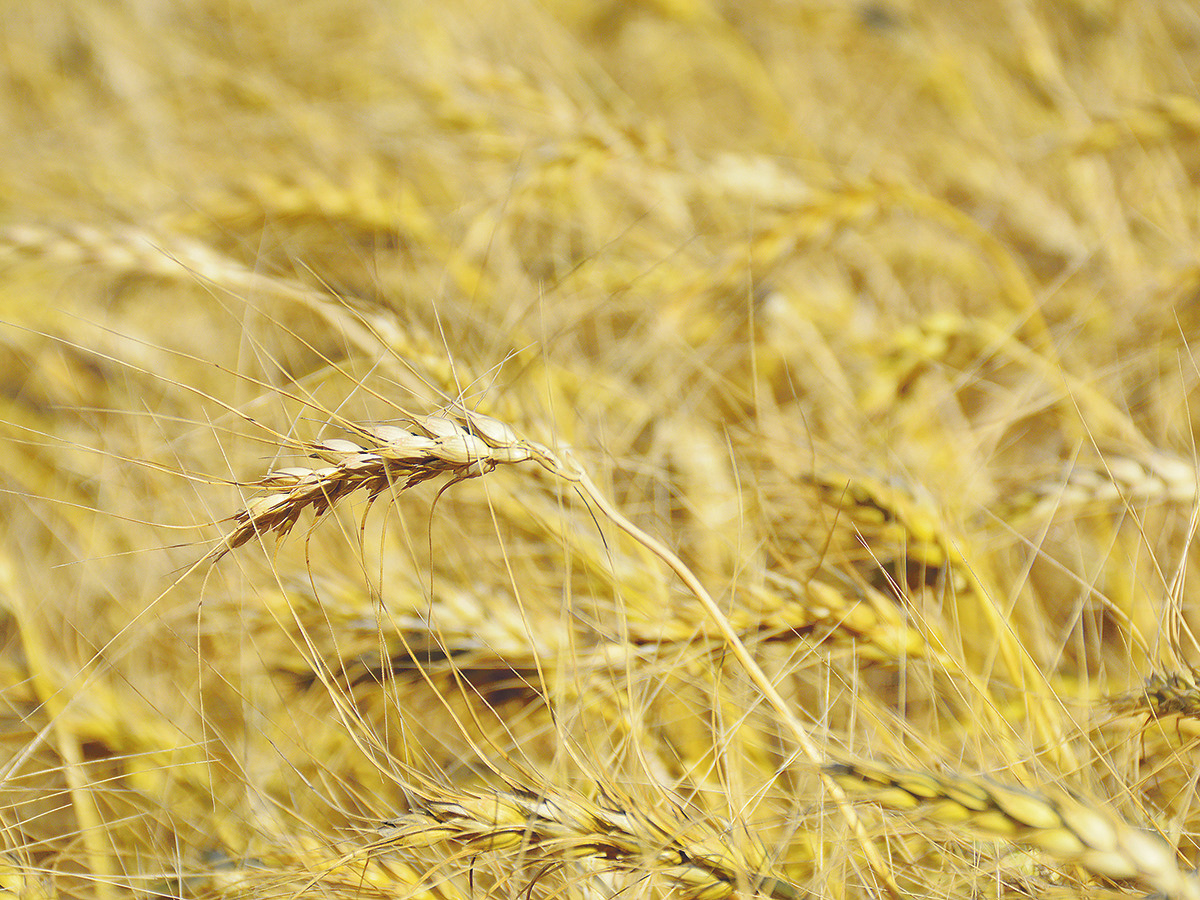
Rural America has enough problems; why create new ones? – On Jan. 7, the day after Congress certified Donald J. Trump’s election as the next president of the United States, the U.S. “Border Patrol conducted unannounced raids throughout Bakersfield, (California) … descending on businesses where day labourers and field workers gather.”
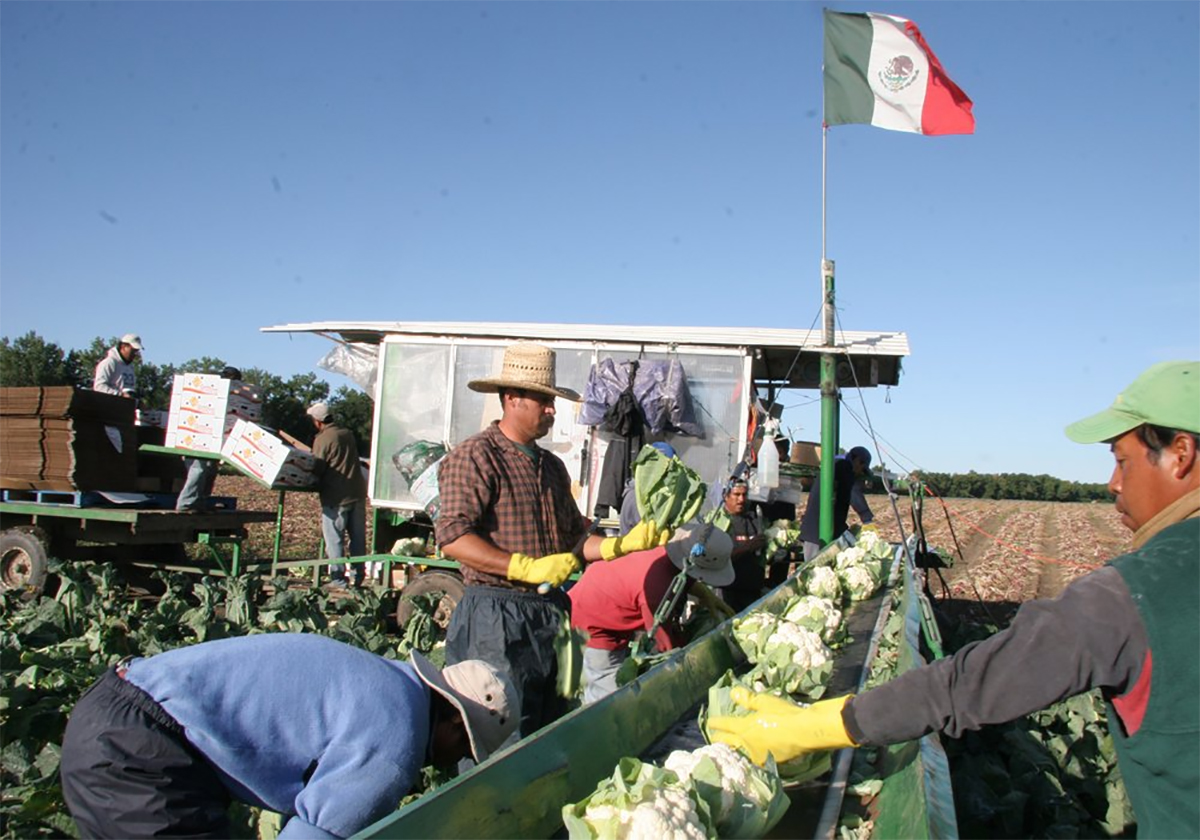
Threat of tariffs has beef producers in sell mode – The threat of sweeping tariffs has weighed heavy over Canadian industries since the U.S. election, and the cattle industry is no exception.
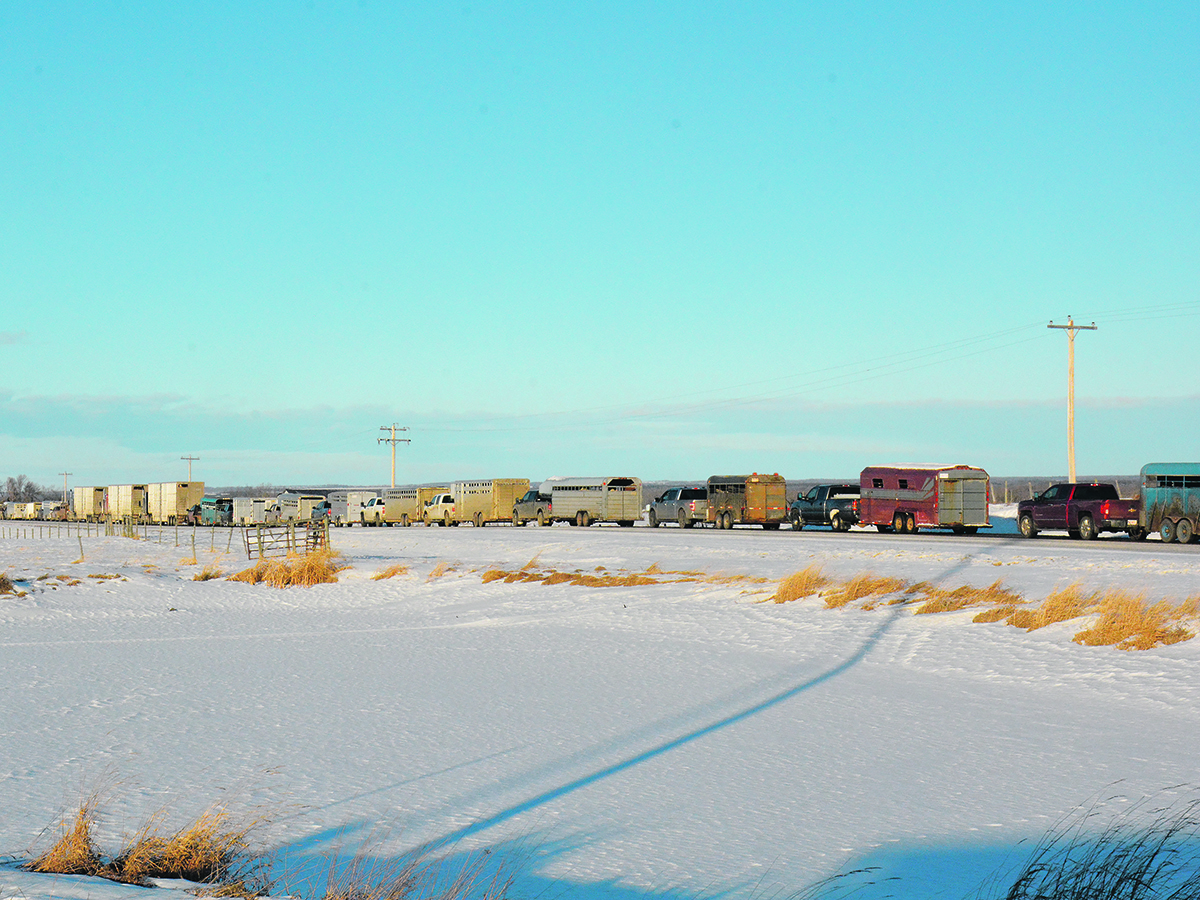
Posted January 21, 2025
Manitoba Ag Days: More canola to Europe, but tariffs loom large — analyst – BRANDON — The possibility of U.S. tariffs is a massive threat to canola growers since 95 percent of canola oil crushed at Canadian processing plants is exported to America.

Trump says tariffs planned for Feb. 1; Trudeau says everything on the table for response – Glacier FarmMedia – After making no move to impose tariffs against Canada on his first day in office, U.S. President Donald Trump has signalled his intention to bring the promised economic measures into effect at the start of February.
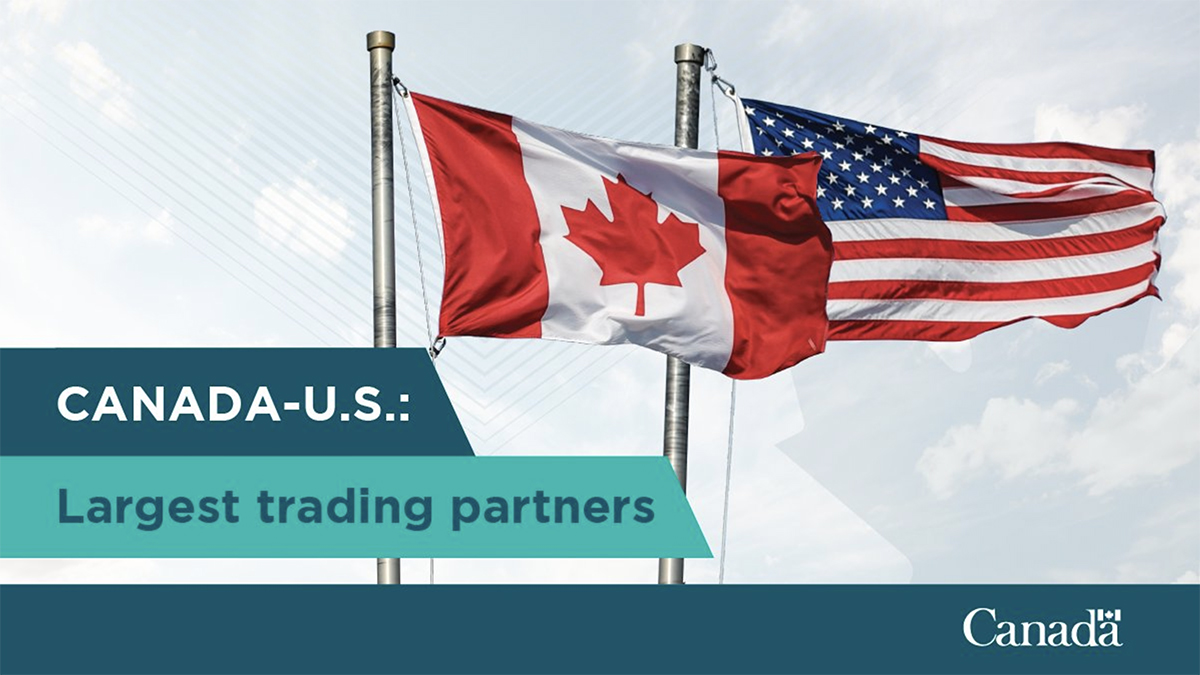
Posted January 20, 2025
No immediate tariffs means more time to engage, prepare say ag, food leaders – UPDATED: January 21, 2025 – 0955 CST to include comments from president Donald Trump — Glacier FarmMedia – No immediately-imposed tariffs means more time to engage with American officials on the importance of free trade and to prepare for future negotiations say agriculture industry groups say.
Tariff threat eases for now; Feb. 1 new deadline – UPDATED: January 21, 2025 – 1310 CST – WINNIPEG — U.S. president Donald Trump didn’t impose 25 per cent tariffs on Canada and Mexico yesterday on his inauguration day, but said later in the day that he will likely do so by Feb. 1.
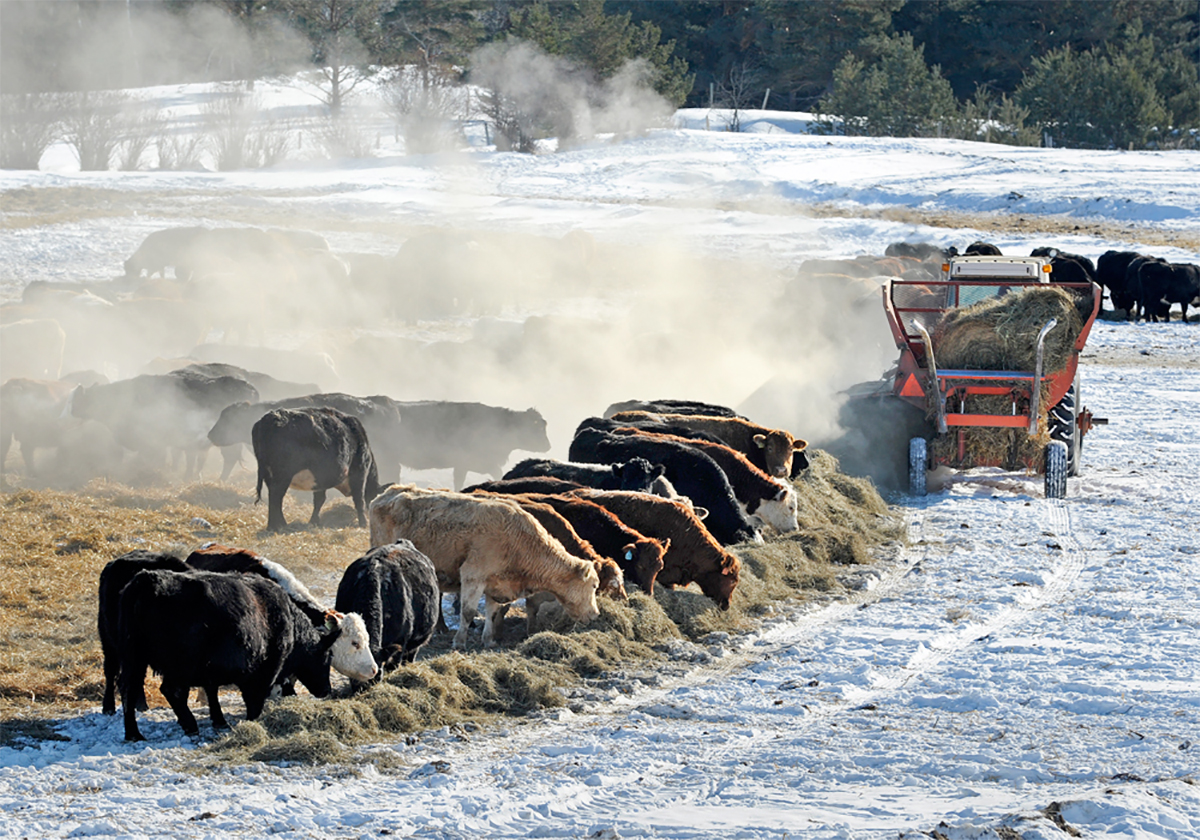
Trump inflation fears ease – SAN FRANCISCO, Calif. (Reuters) — A number of leading economists, including advisers to past U.S. presidents, have coalesced around the view that president-elect Donald Trump’s plans to broaden tariffs, cut taxes and curb immigration may not prove as inflationary as early analysis had suggested.
Canadian tariff response called poorly handled – REGINA —Donald Trump’s promise to impose tariffs on all imports from Canada and Mexico could affect potash prices for American farmers.
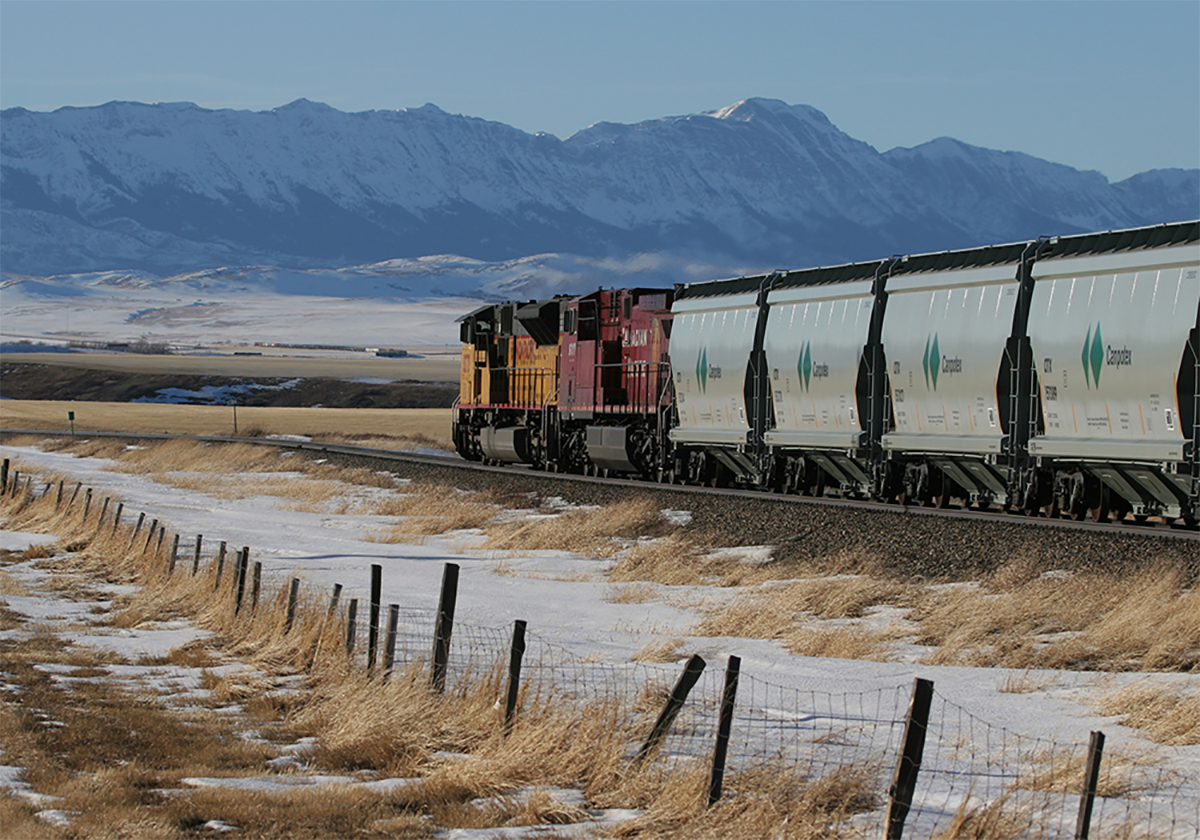
Provincial-state groups work to ease tensions – WINNIPEG — Canada’s agriculture industry is in a Sword of Damocles situation. What might prevent the sword from dropping, or limit the damage, are the associations and informal groups that have built strong relationships between state and provincial legislators in the two countries.

Trump won’t impose tariffs immediately, reports suggest – Glacier FarmMedia – U.S. president-elect Donald Trump will not impose threatened tariffs on Canadian goods immediately, according to several U.S. reports. The news came within hours of Trump being sworn in as 47th President of the United States.
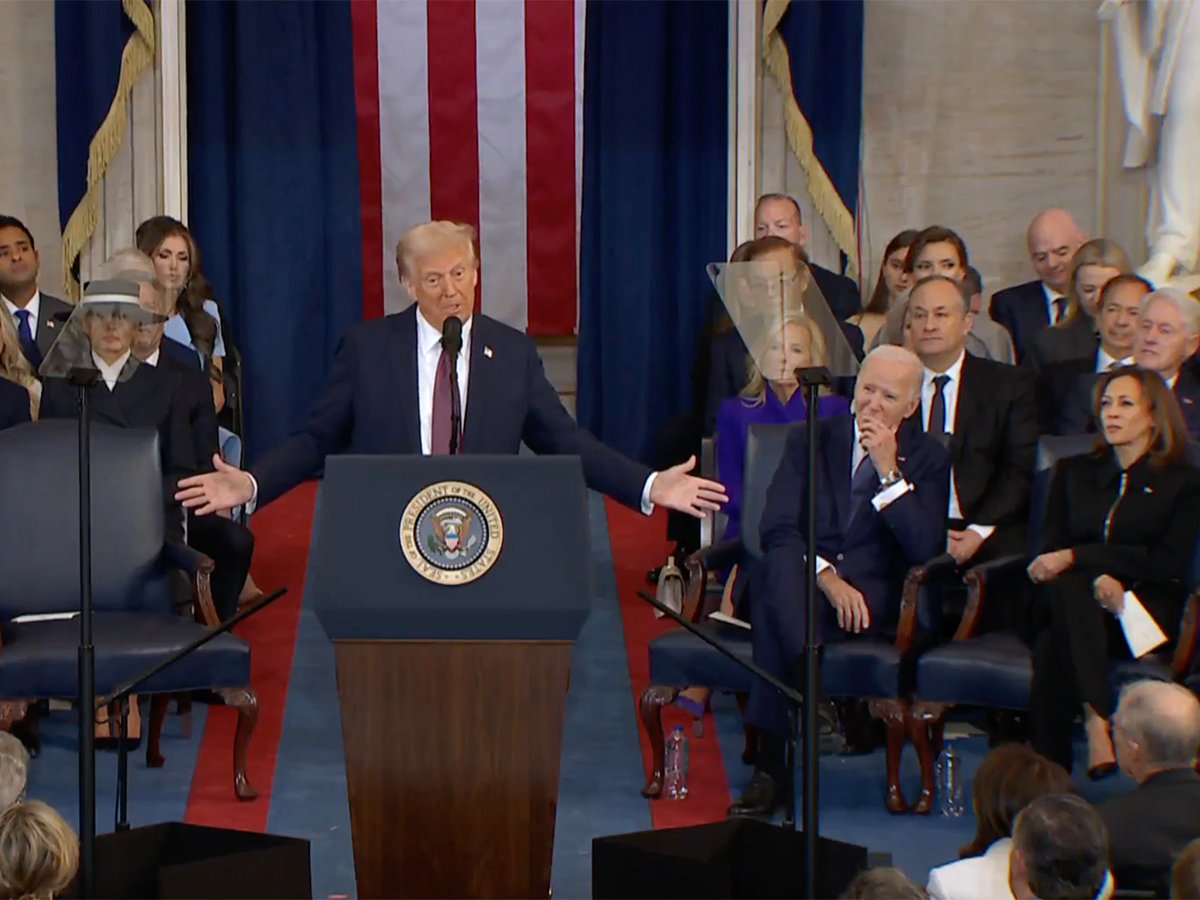
Posted January 17, 2025
Tariffs expected to hurt loonie, then greenback – With Donald Trump set to become president of the United States on Monday, uncertainty continues to swirl around his threat to impose a 25 per cent tariff on all goods that the U.S. imports from Canada and Mexico. Should Trump press ahead with his levies, the Canadian dollar would be caught up in the collateral damage.
Tariffs add to ‘perfect storm’ for ag equipment dealers – The uncertainty surrounding the threat of substantial tariffs on key U.S. trading partners has North American businesses on edge. That is especially true for agricultural equipment manufacturers and the dealers that retail their products.

High-protein wheat expected to survive tariffs – A 25 per cent tariff on all Canadian goods exported to the United States would be painful, say market analysts, but some agricultural sectors,, such as canola, may feel it more than others. Meanwhile, high-protein wheat classes such as Canadian Western Red Spring (CWRS) may survive the new world order of international trade.




